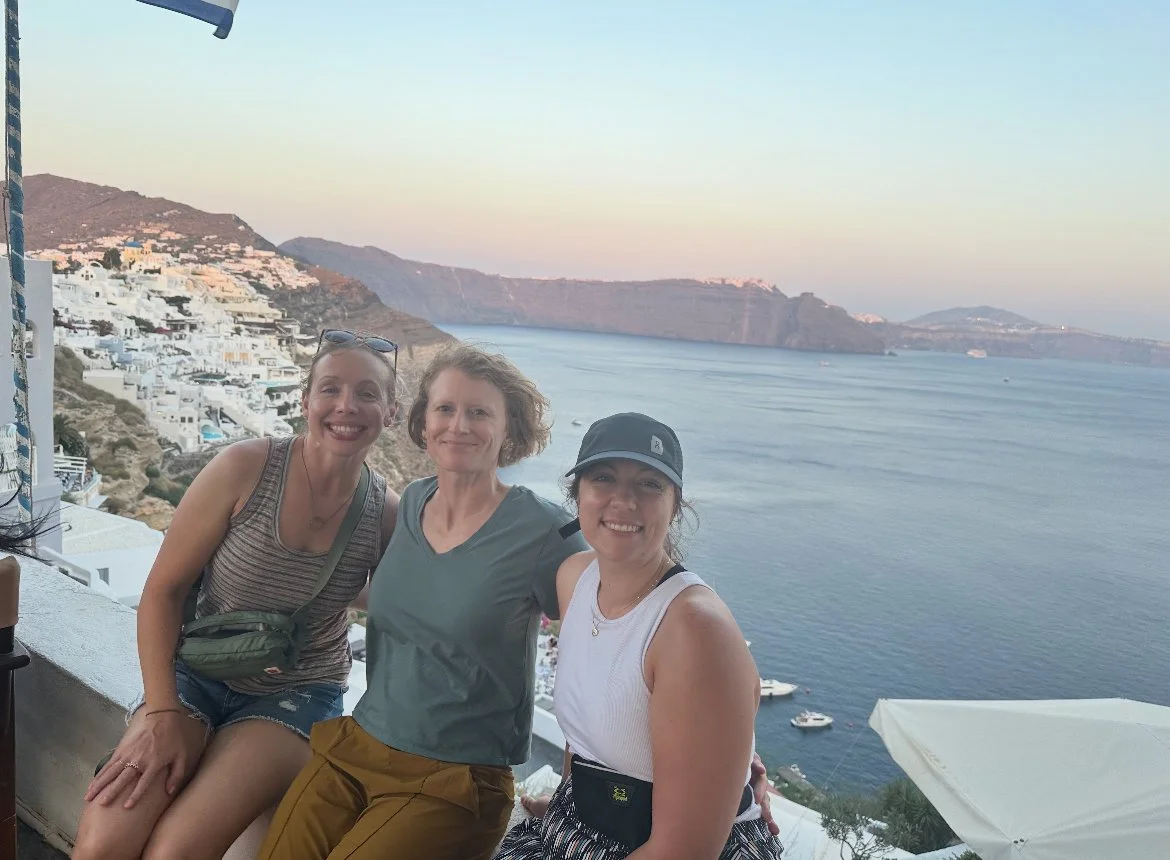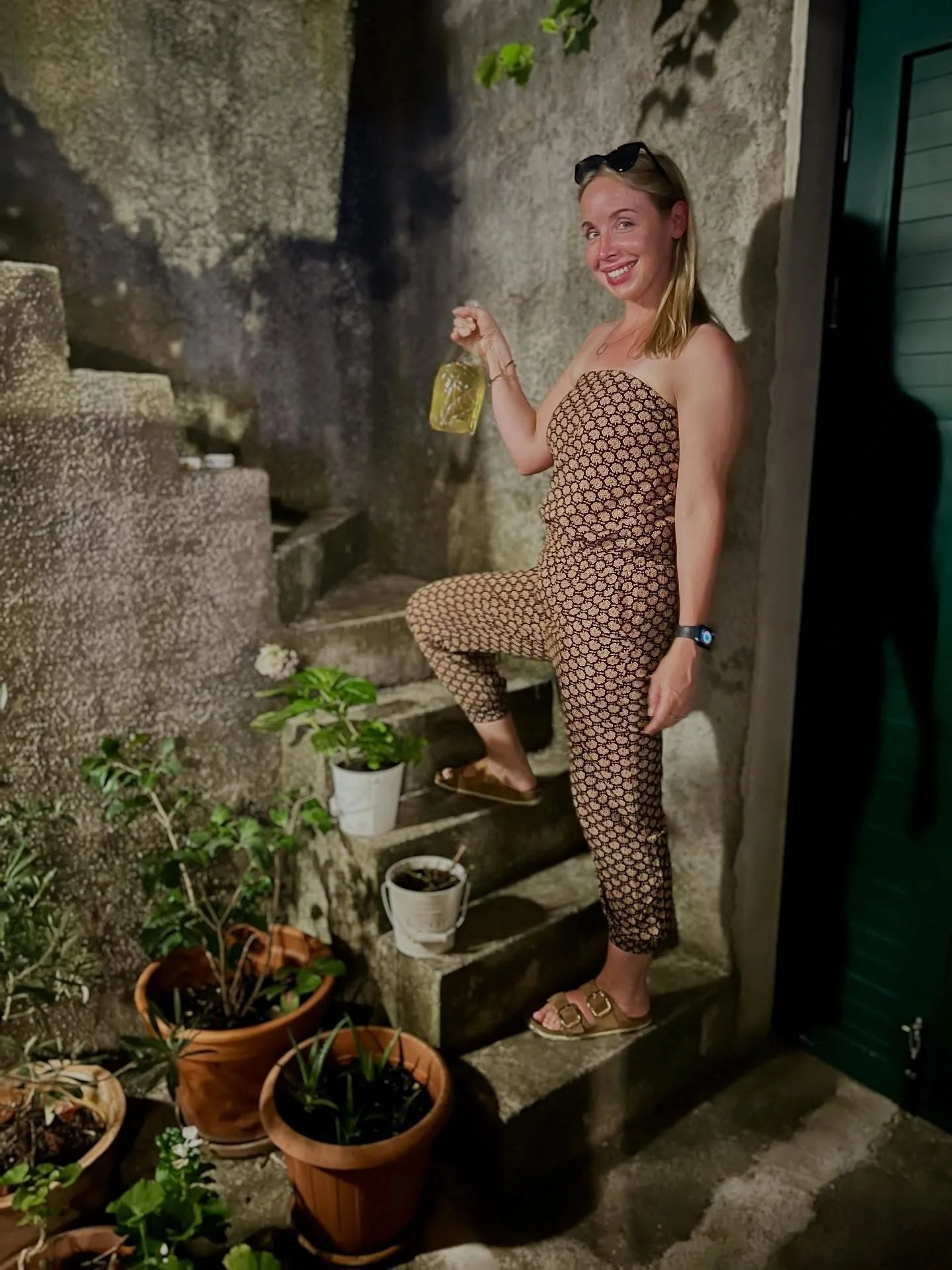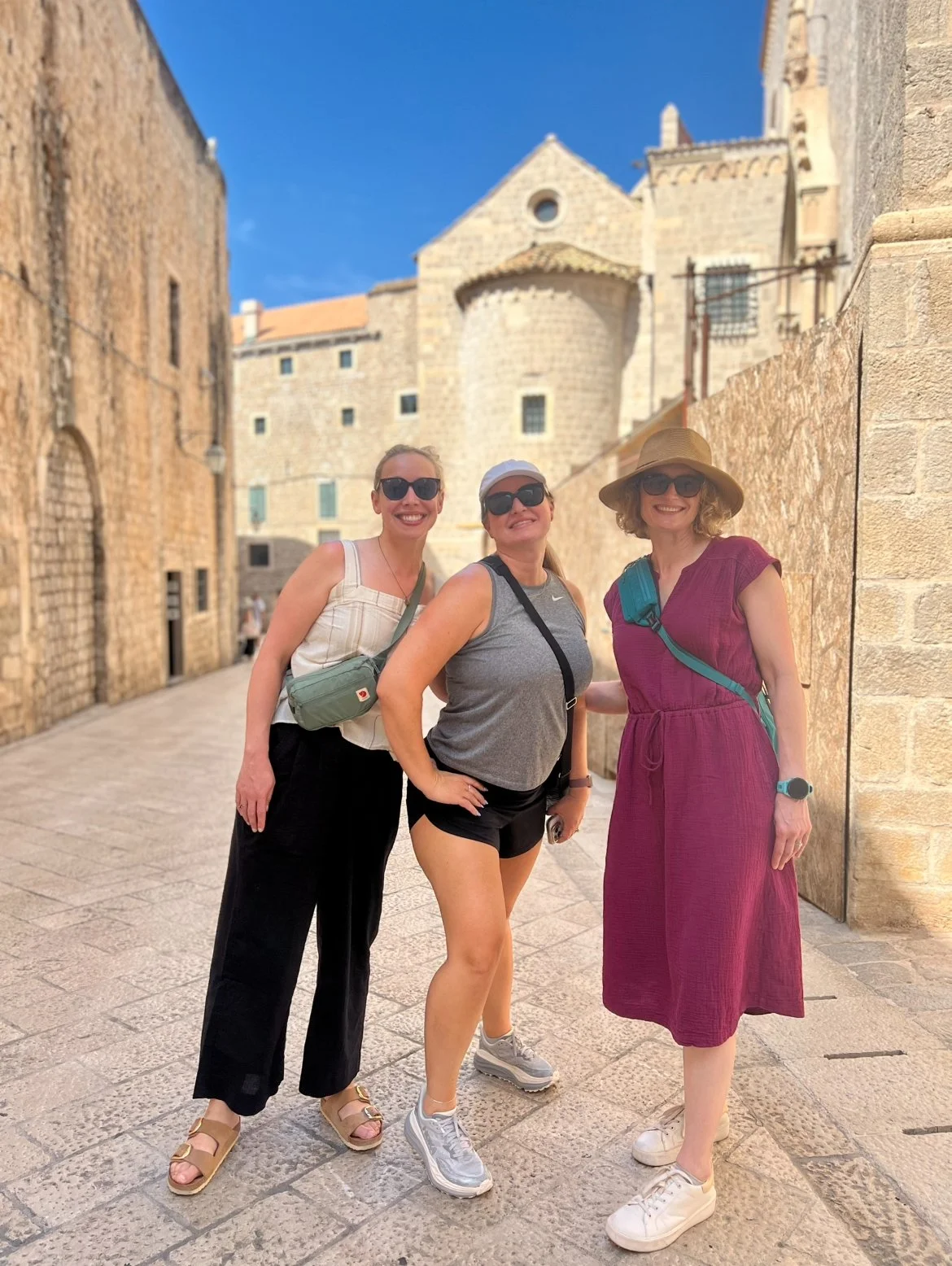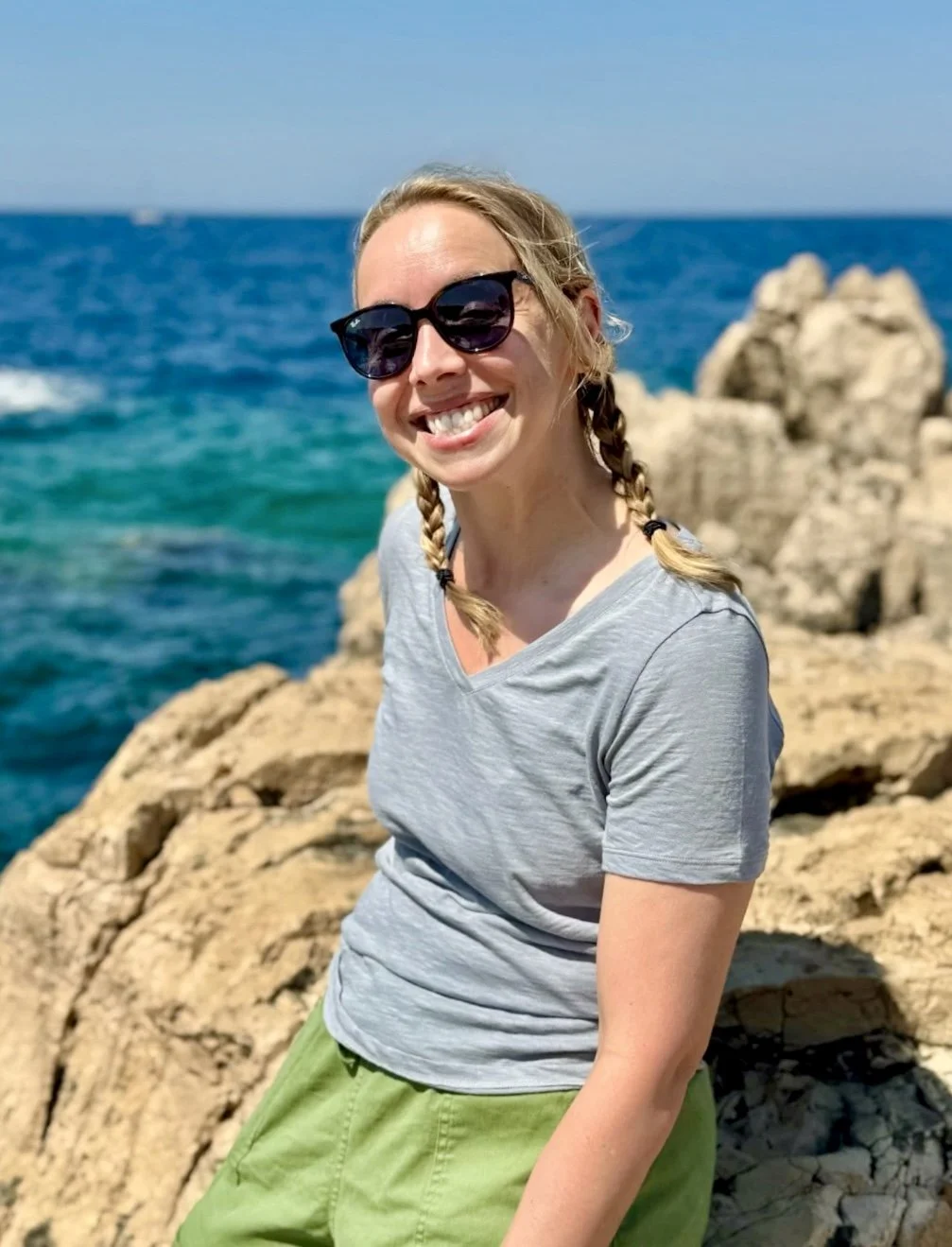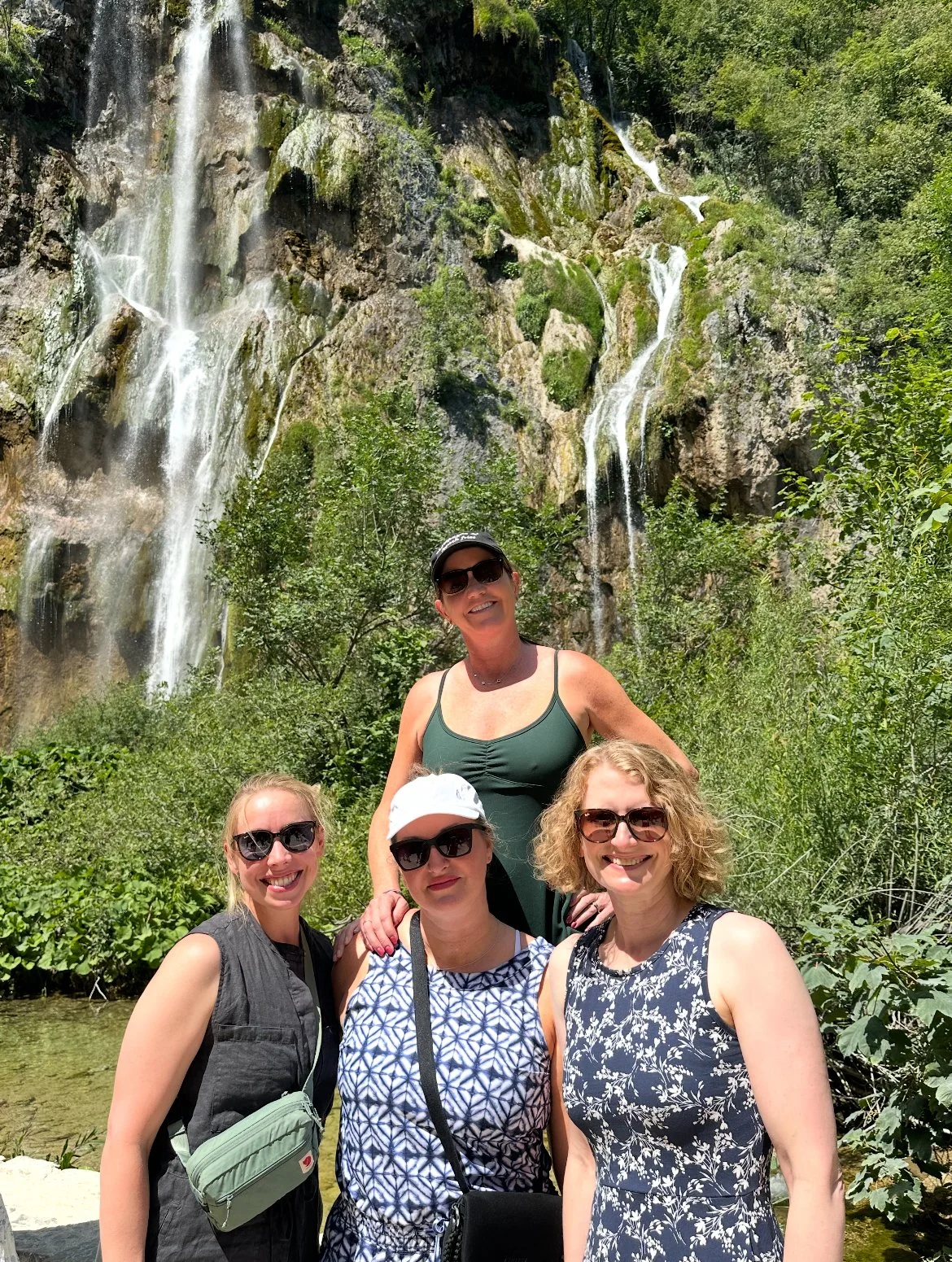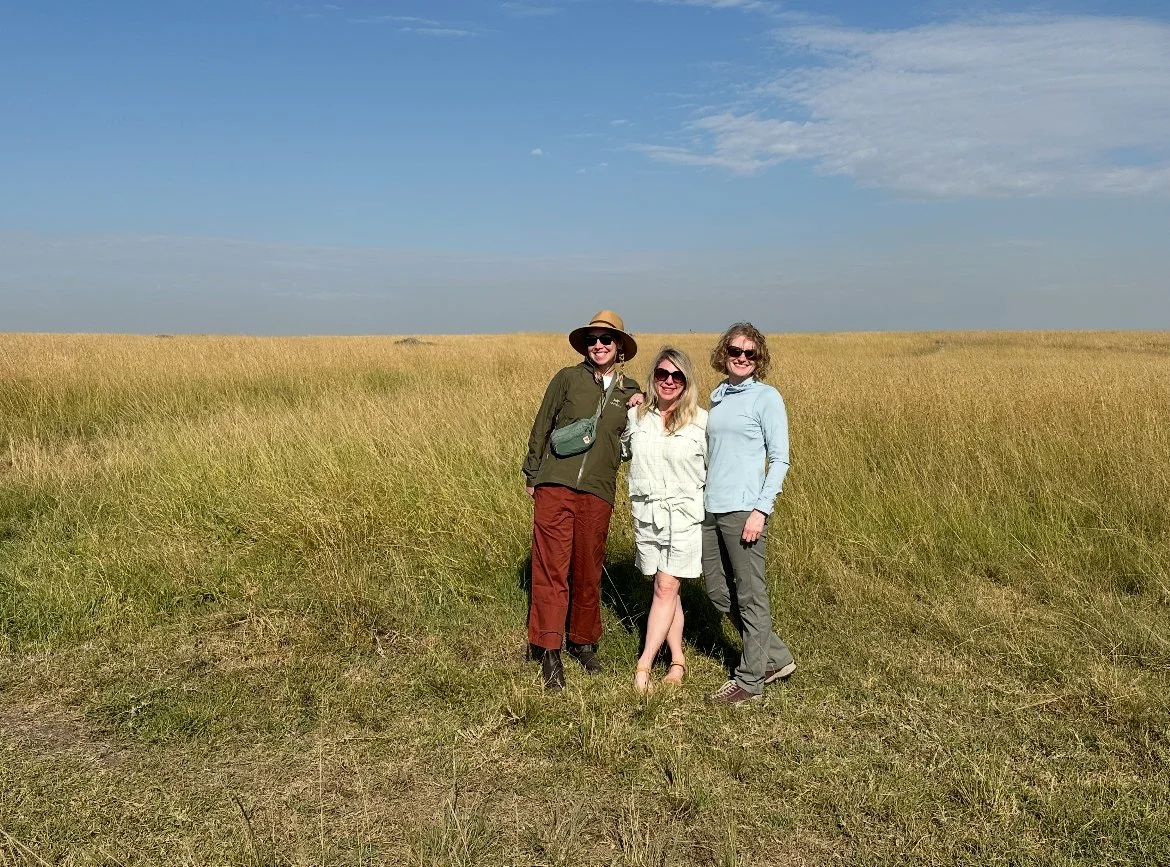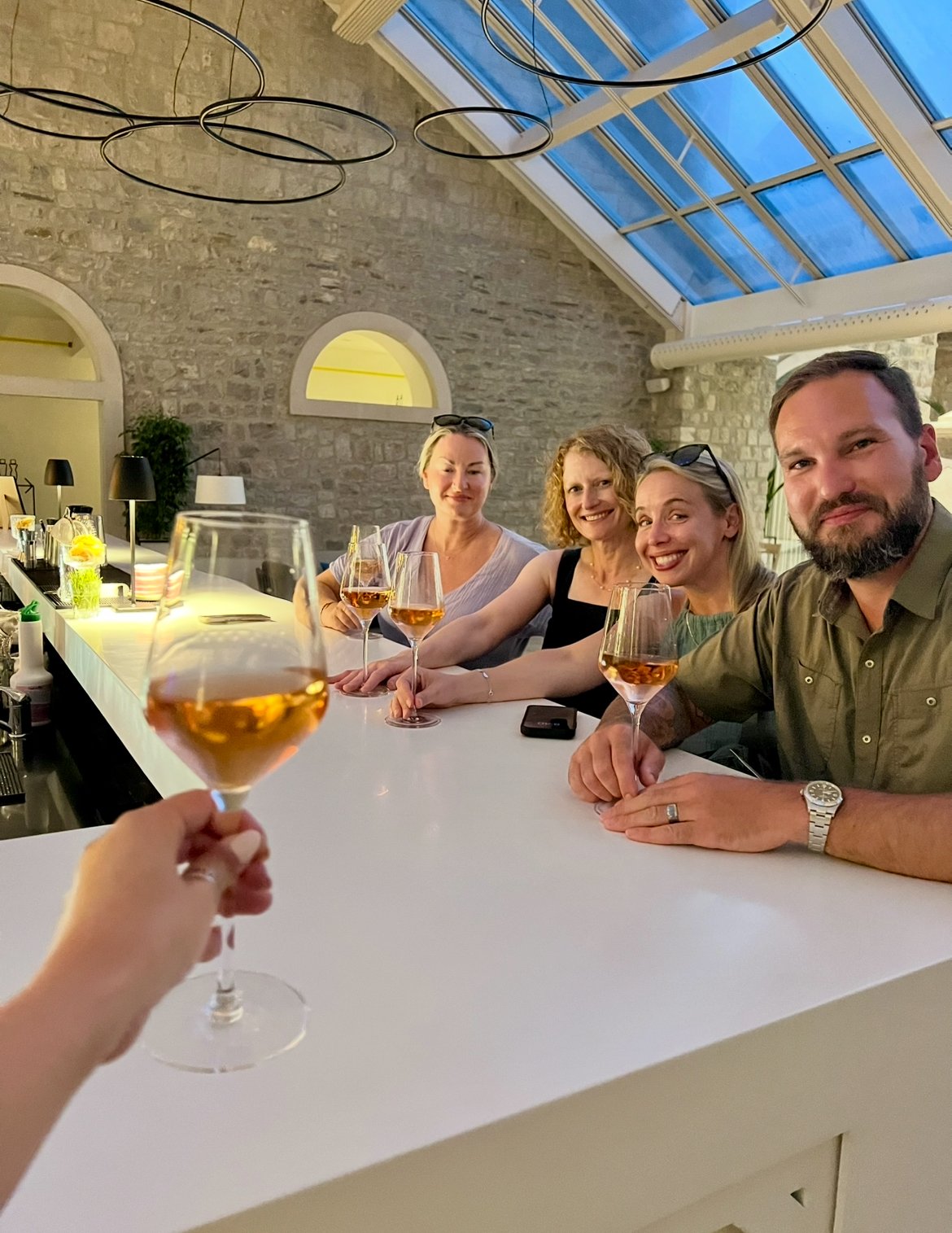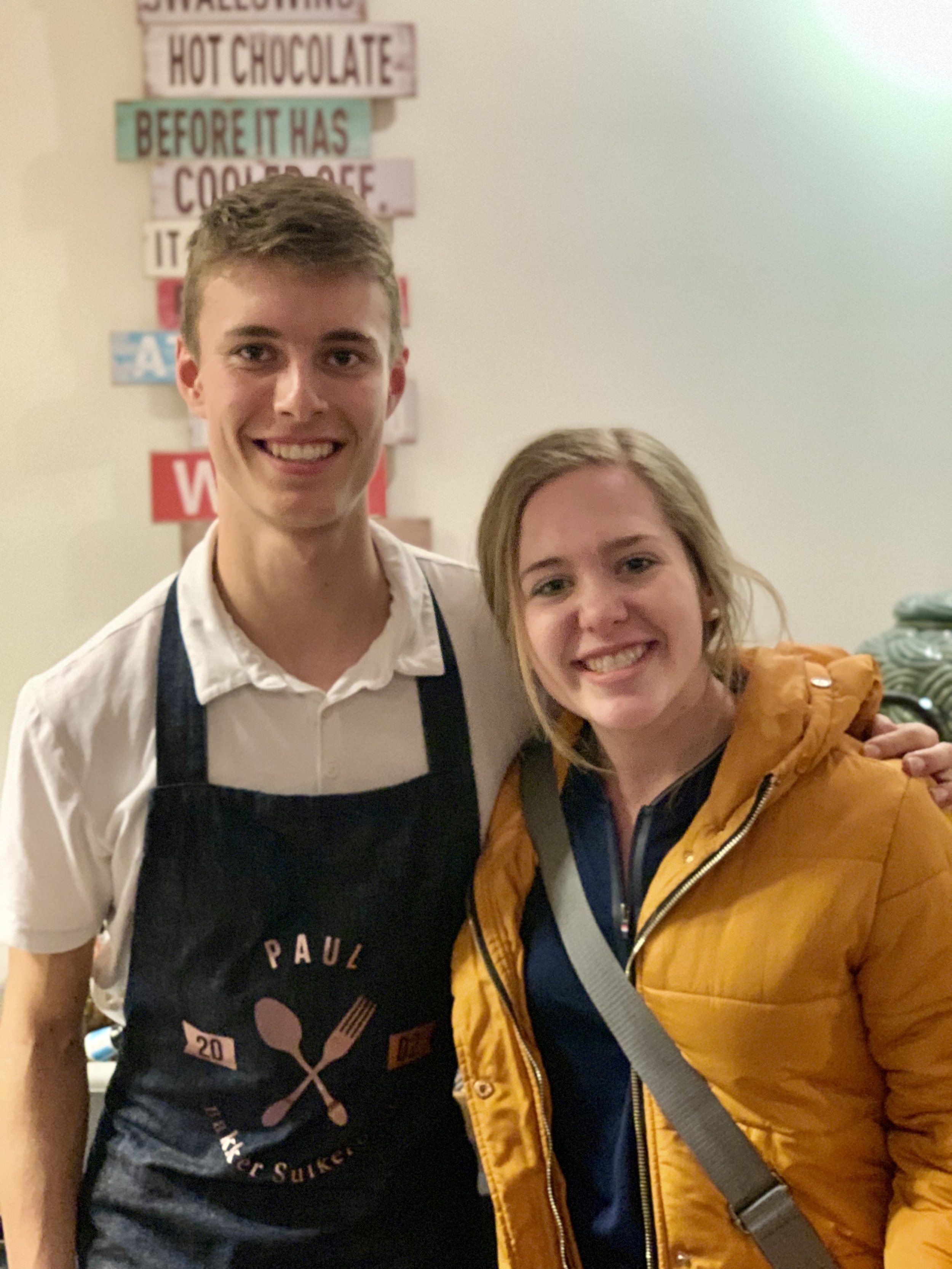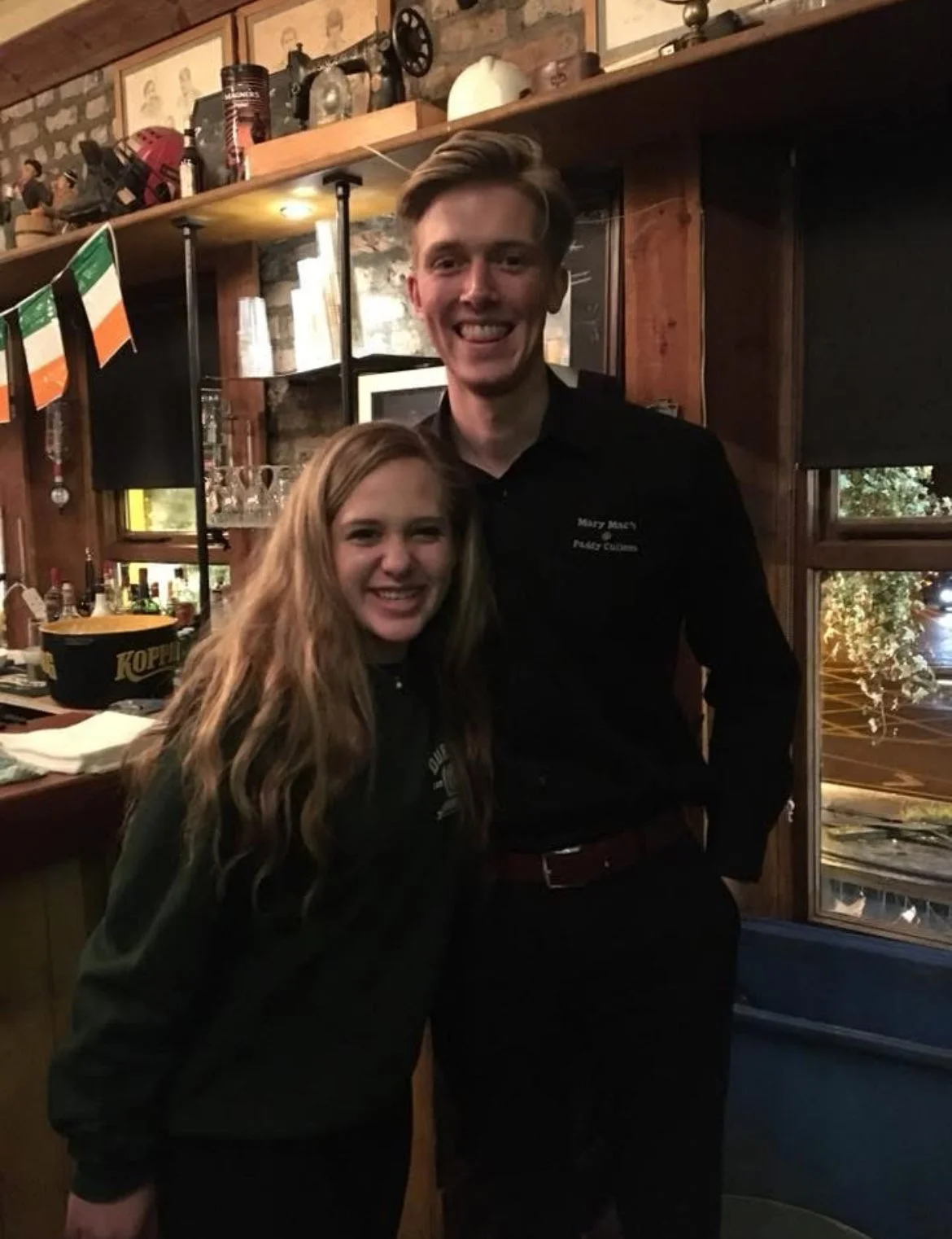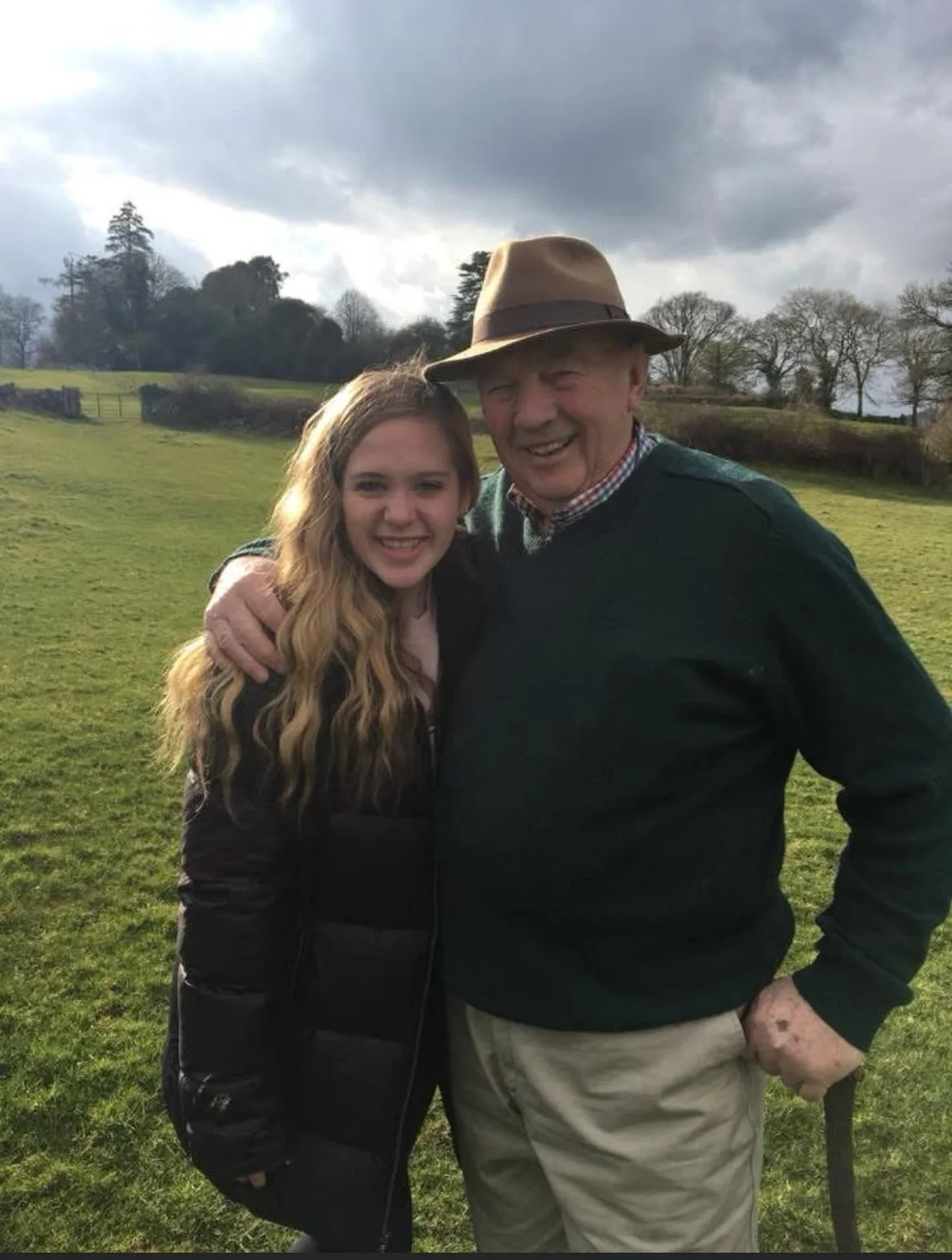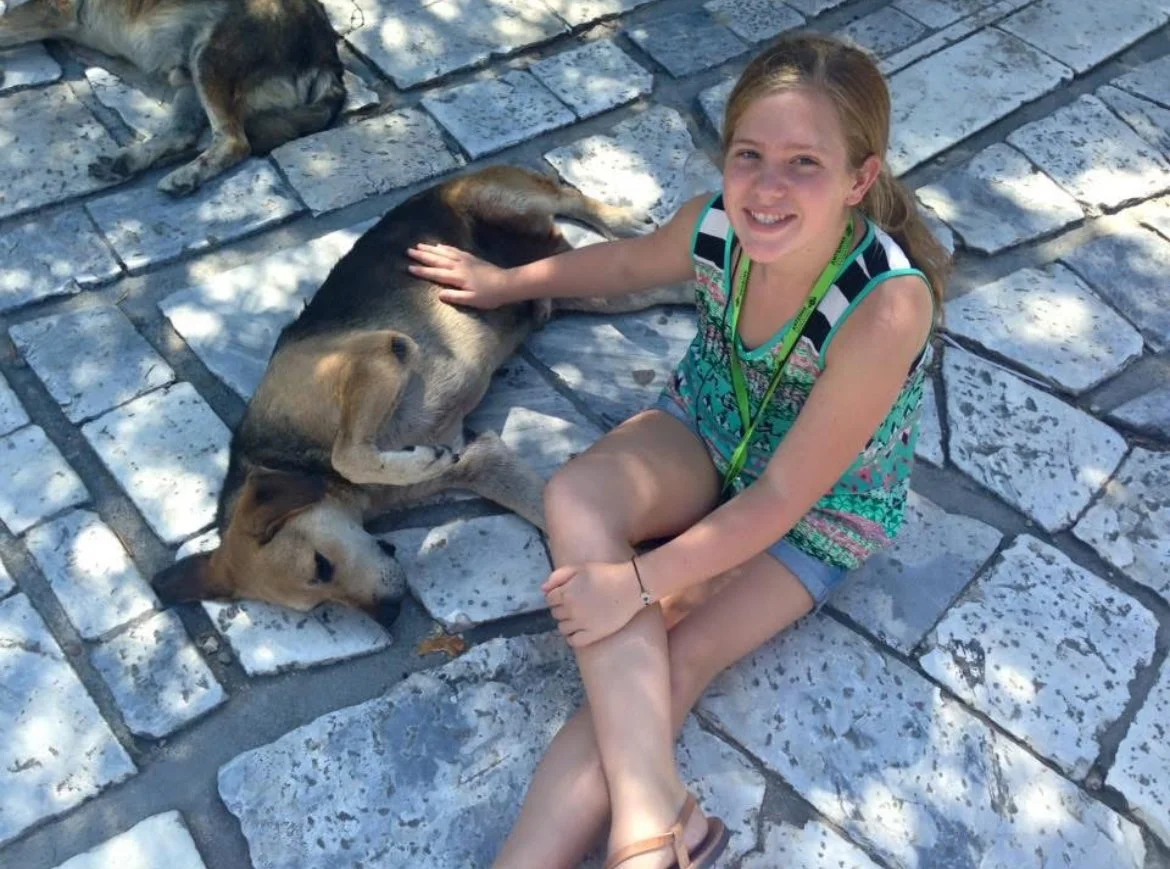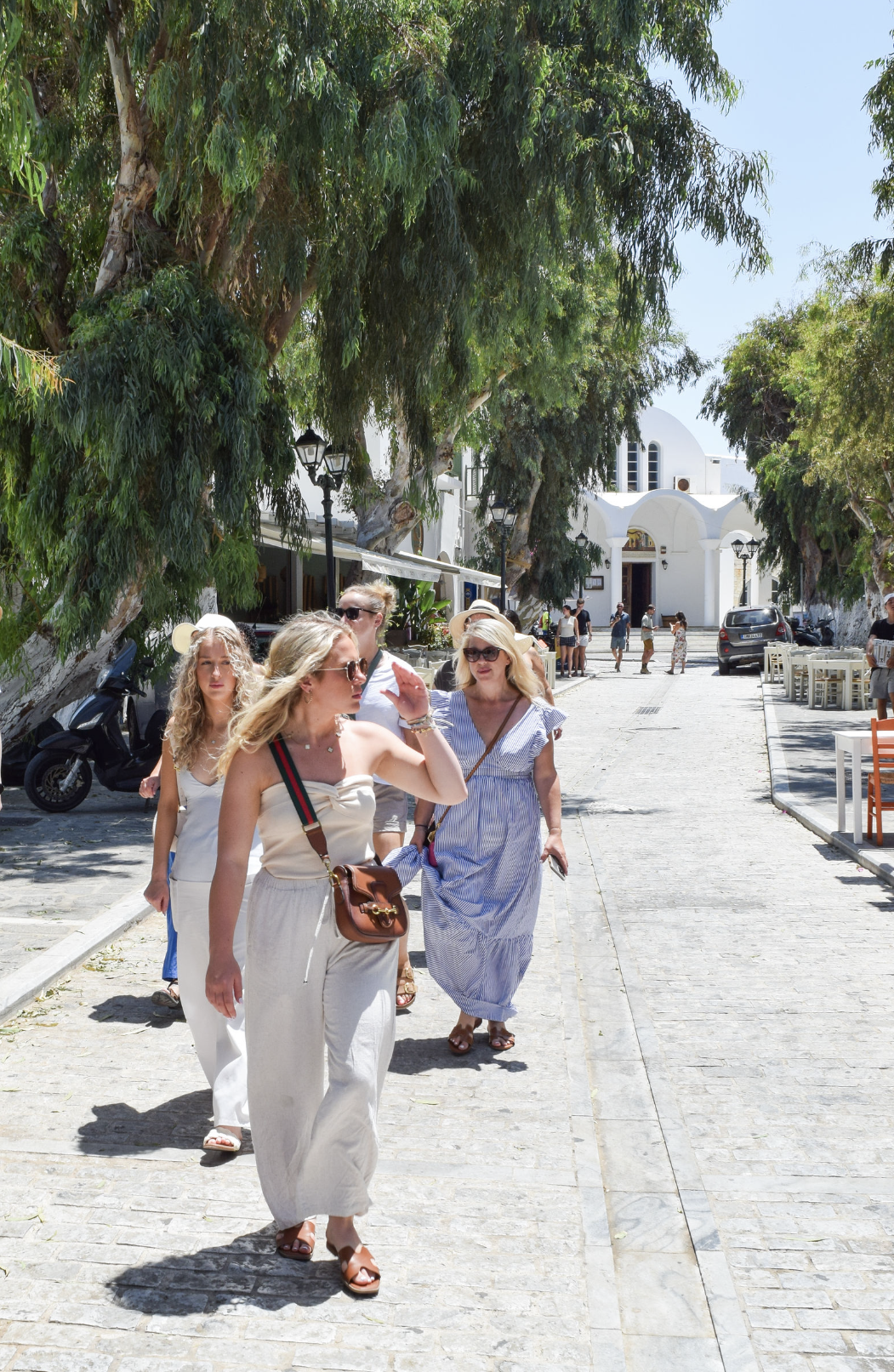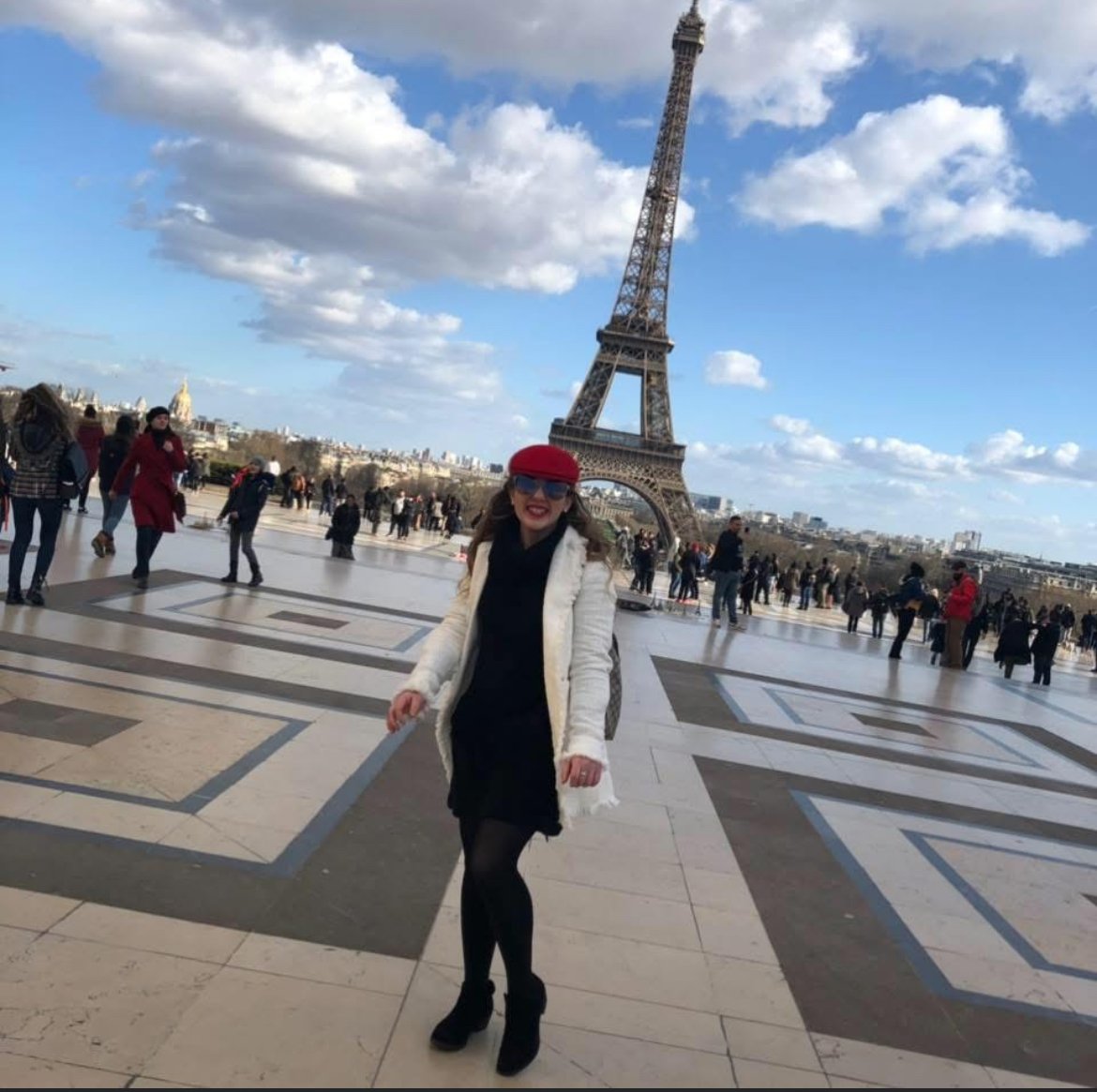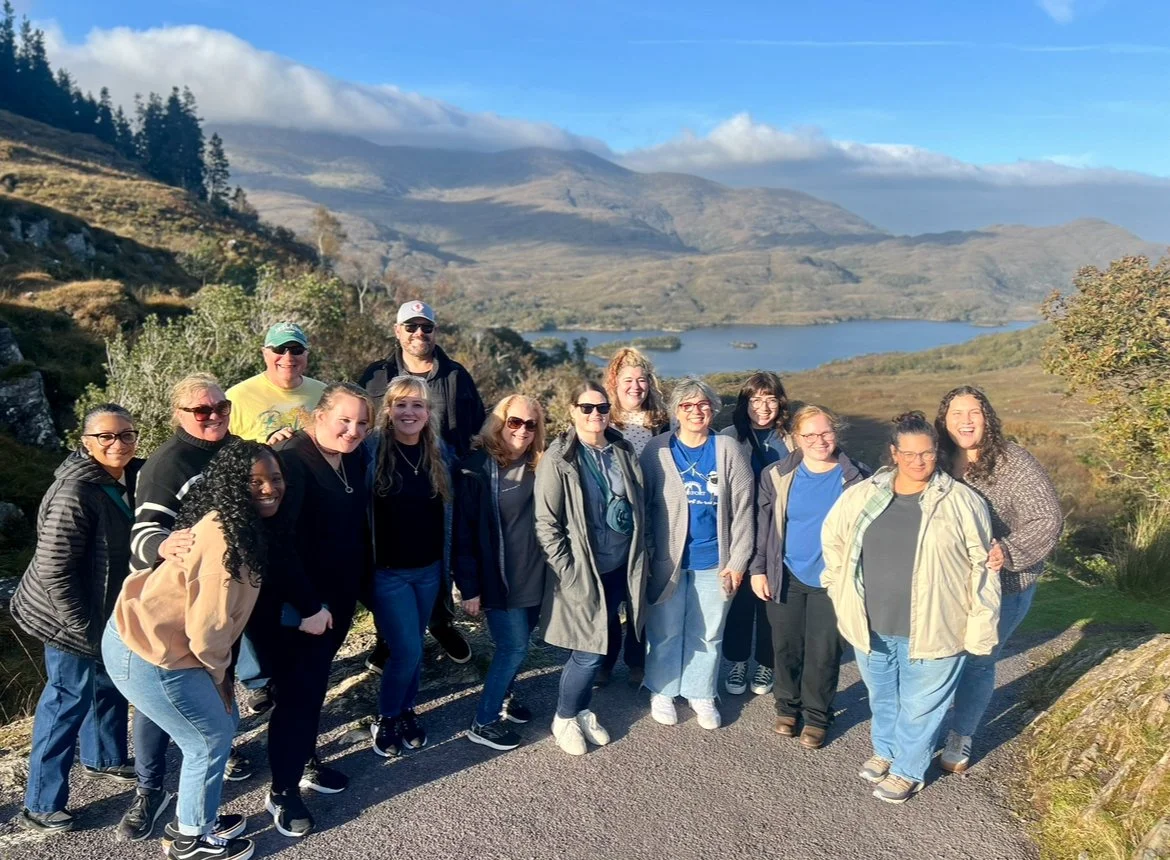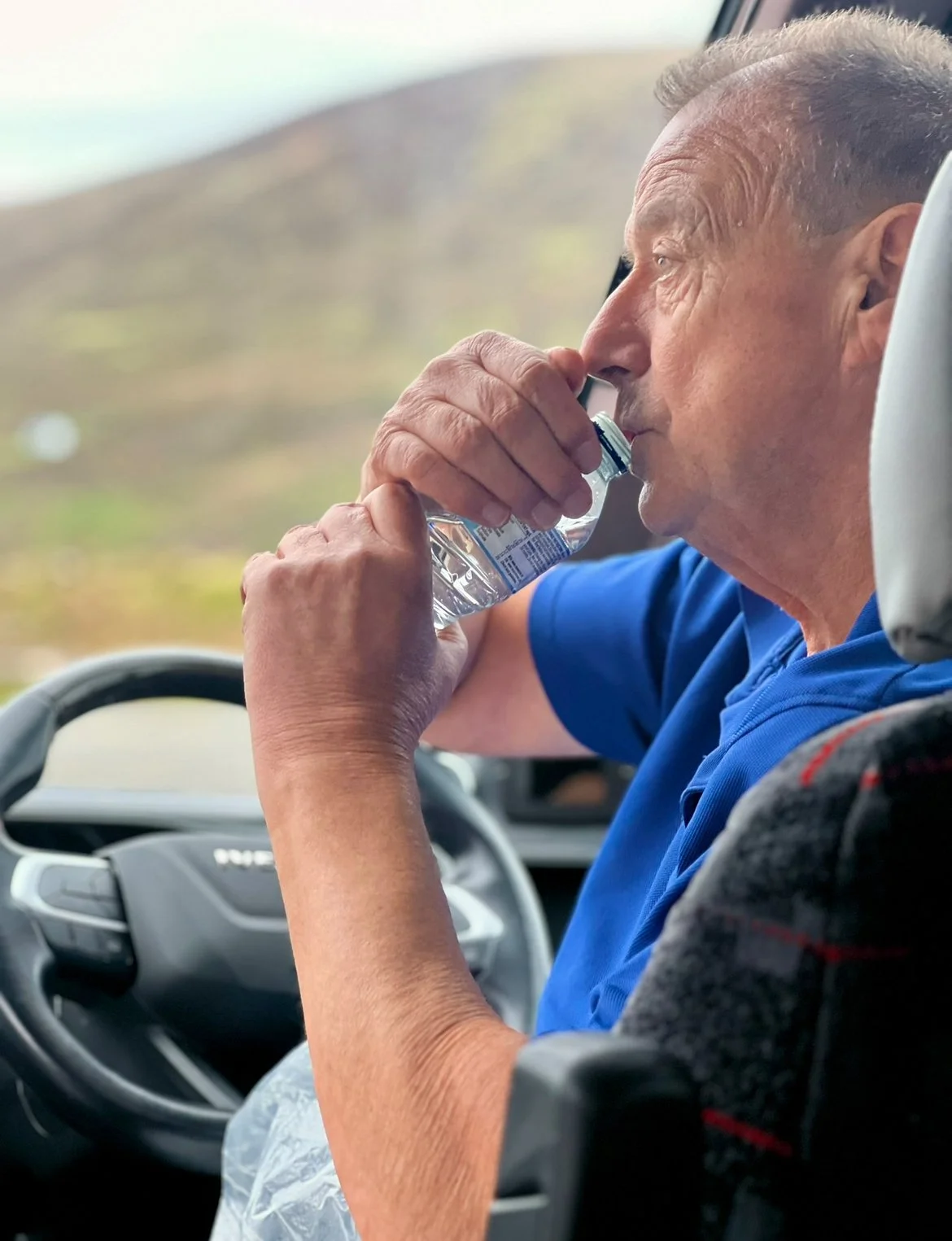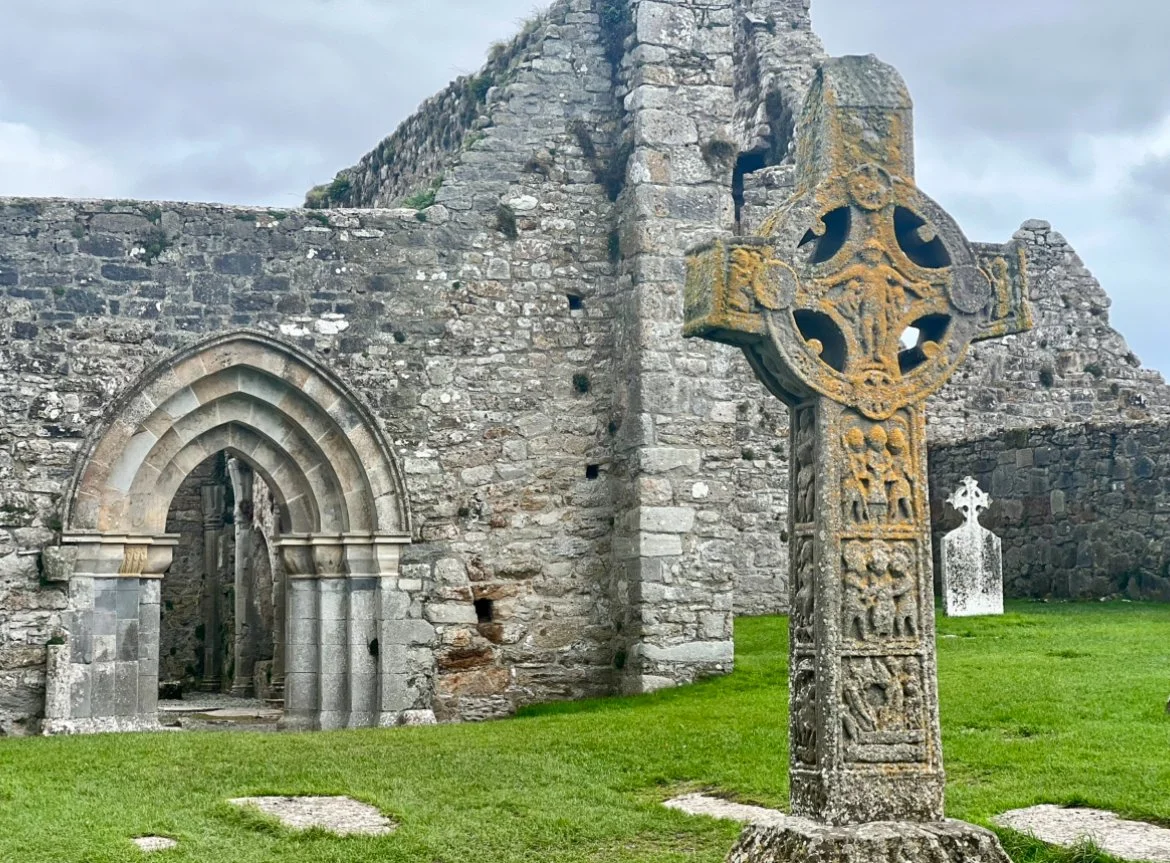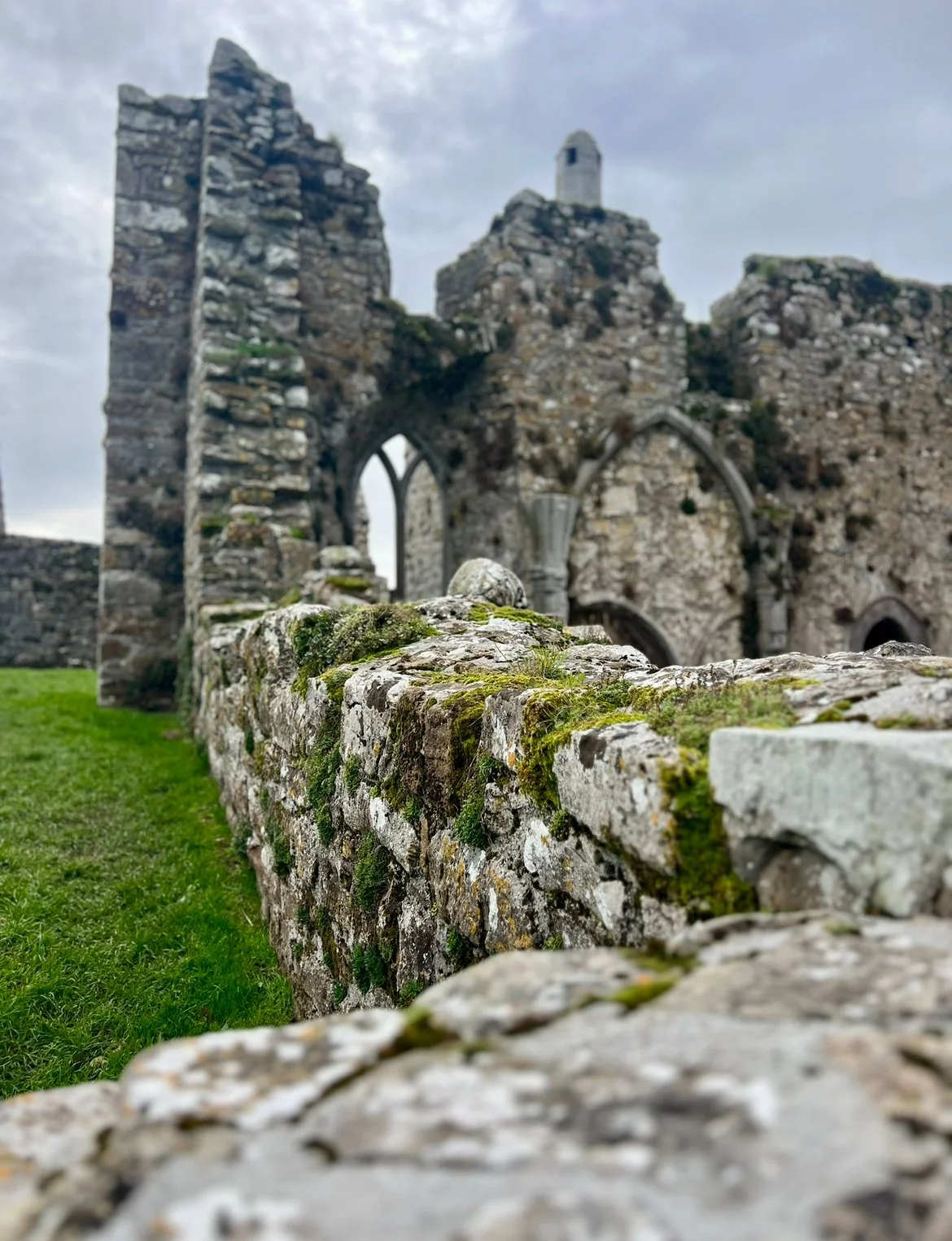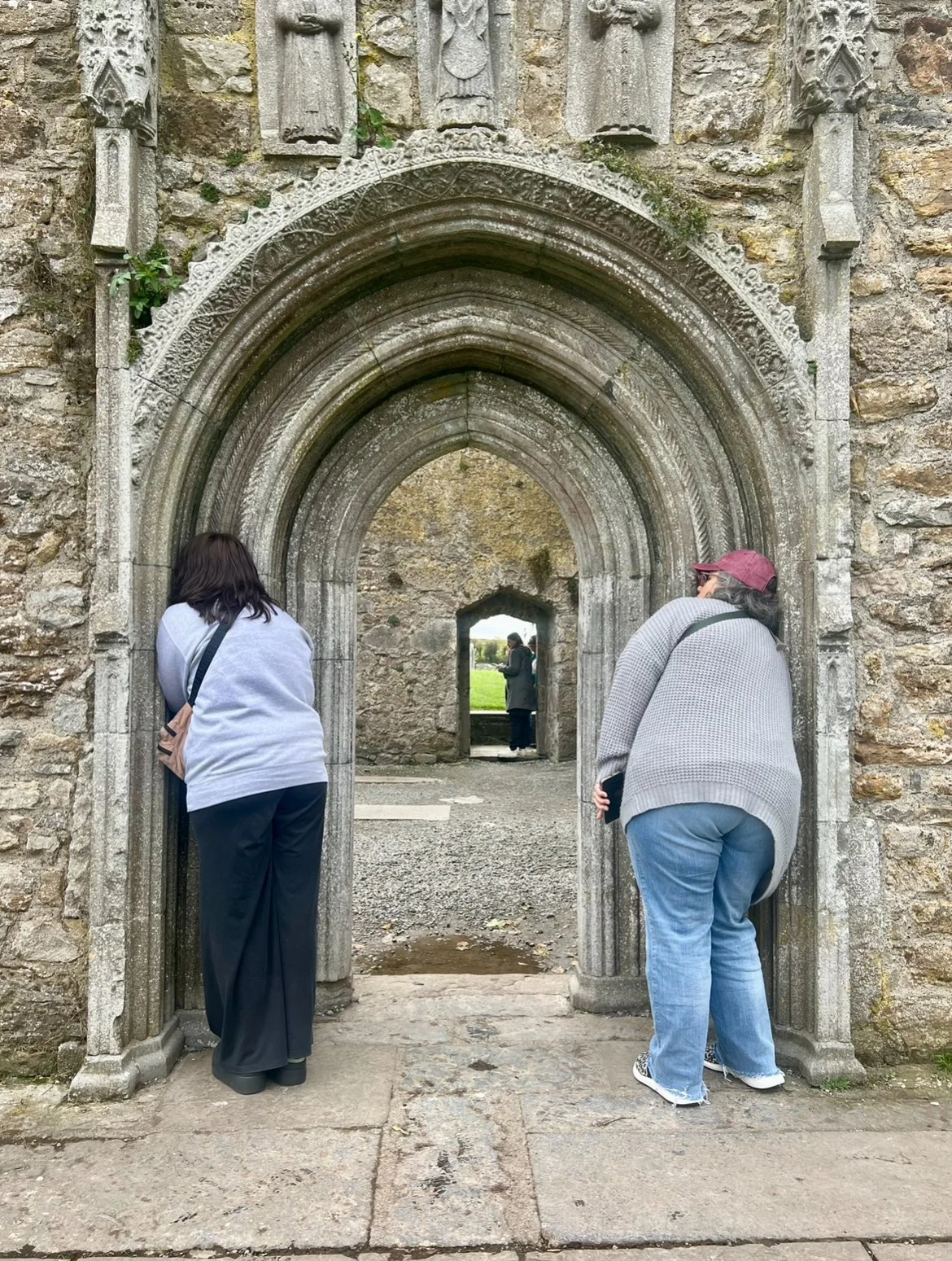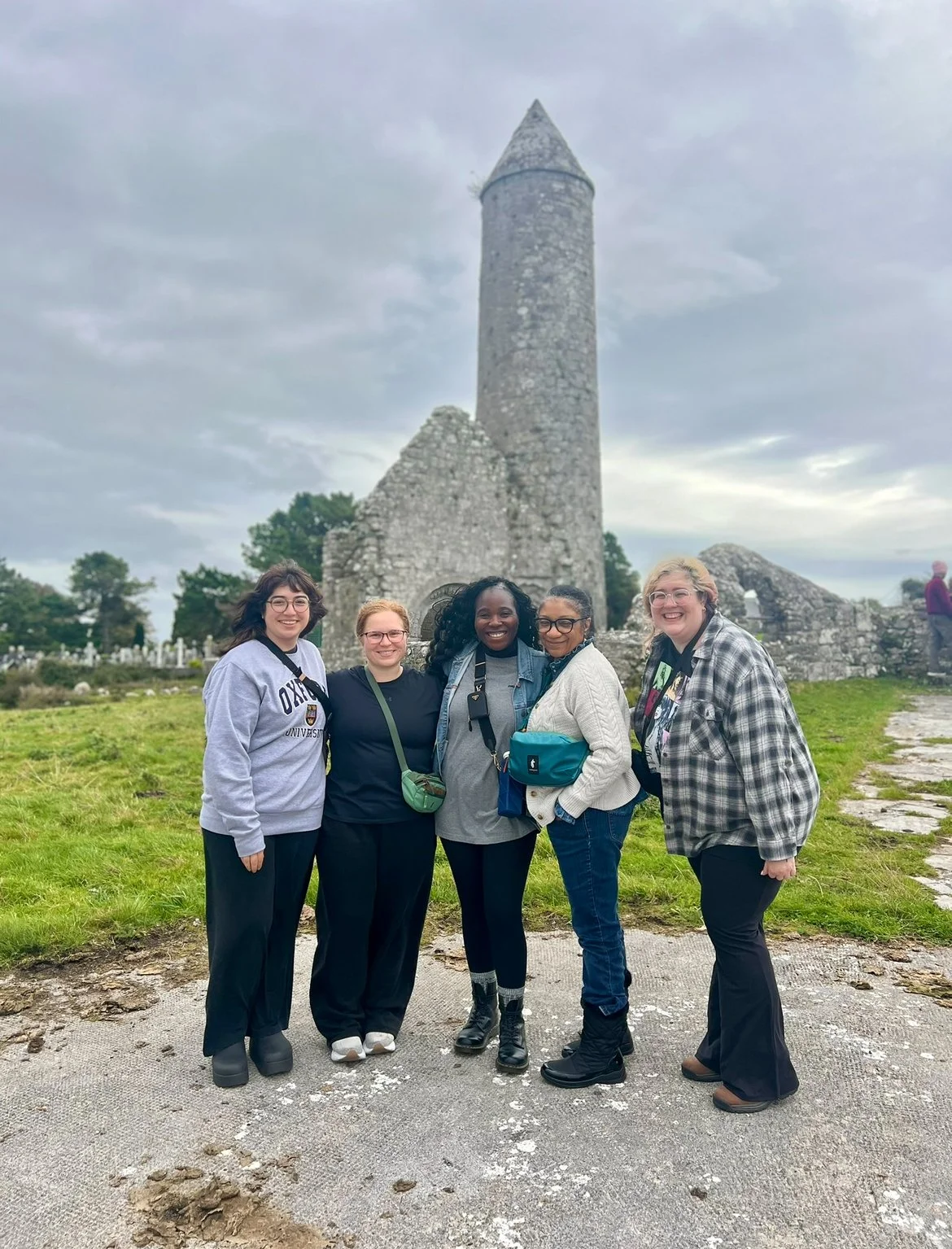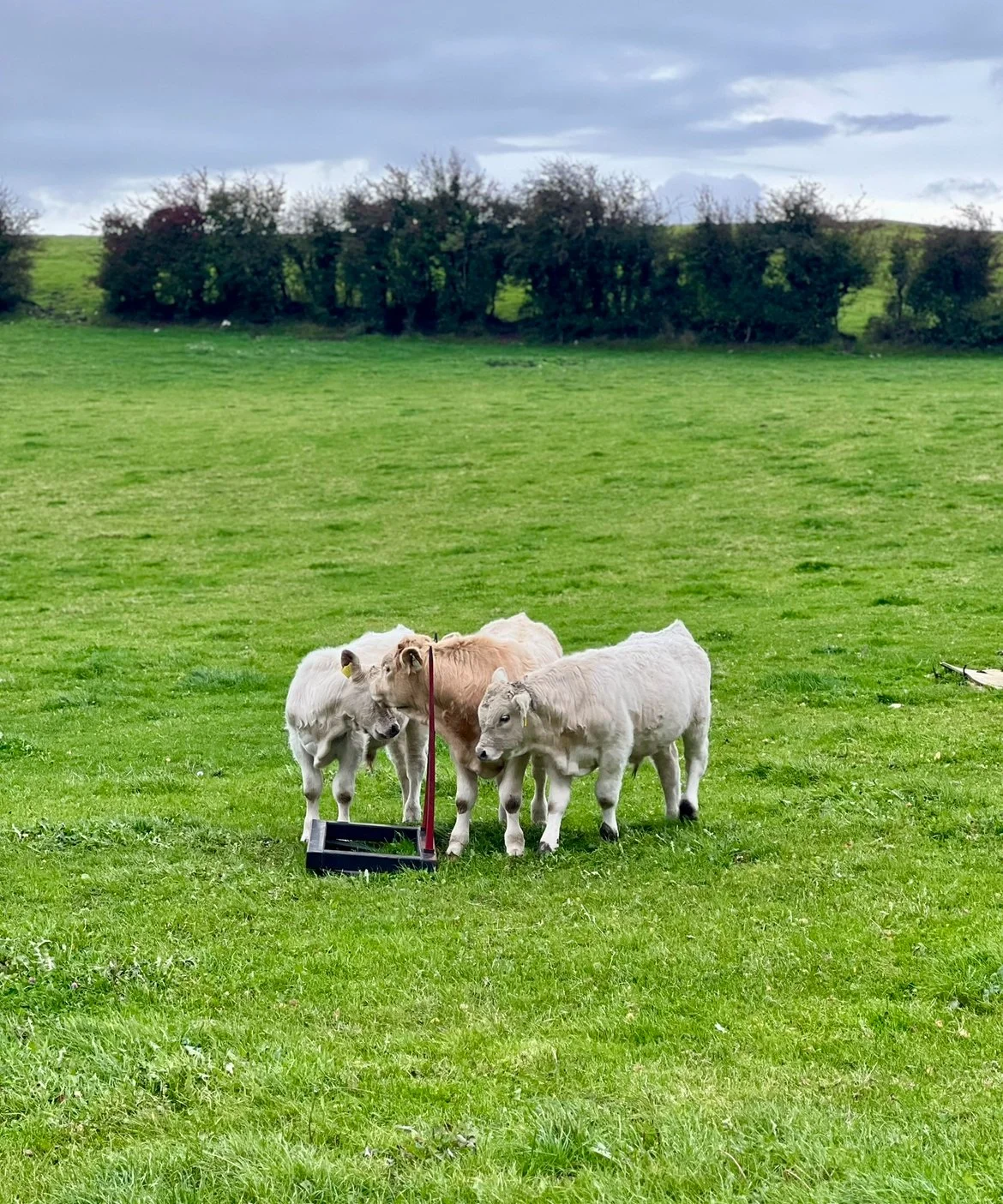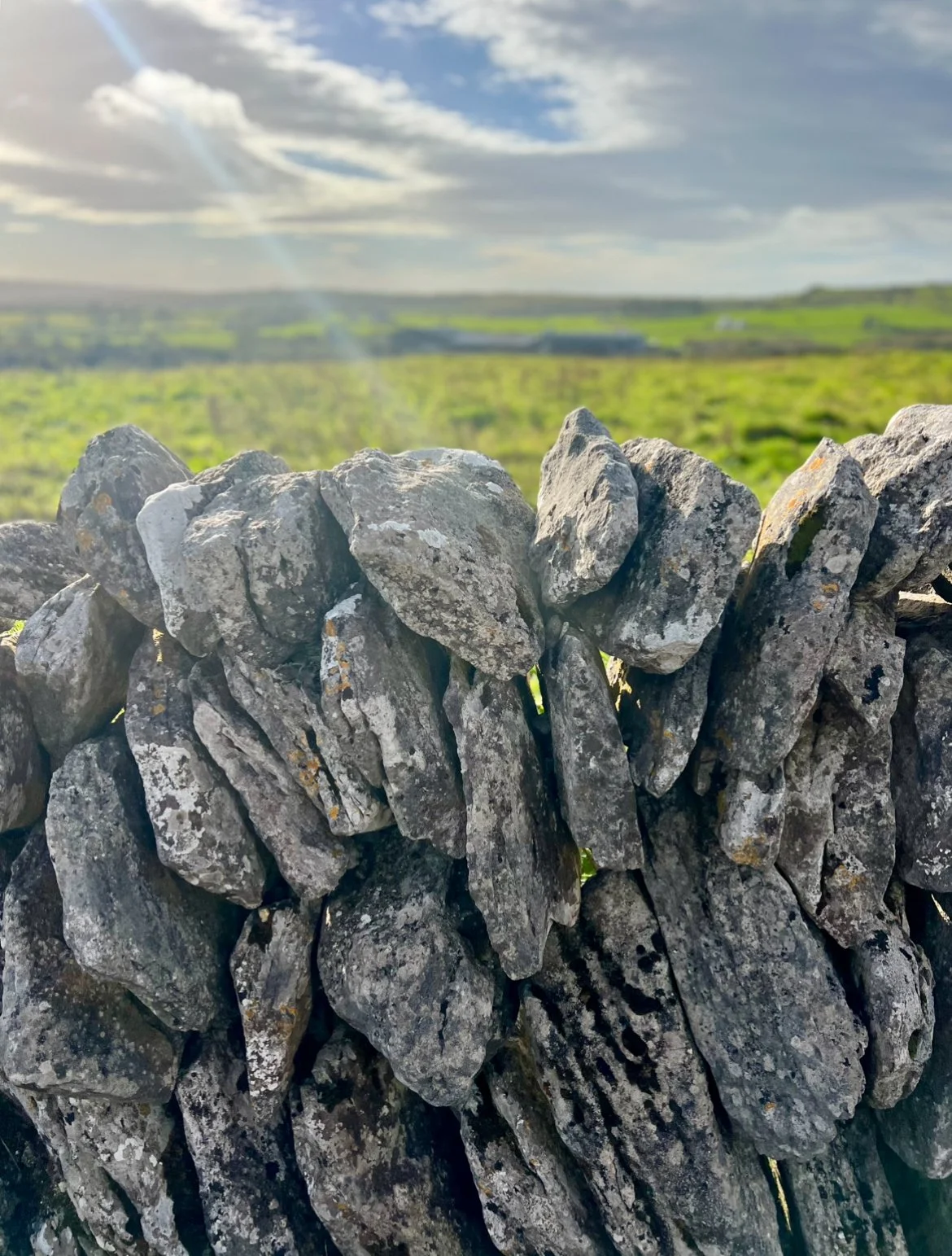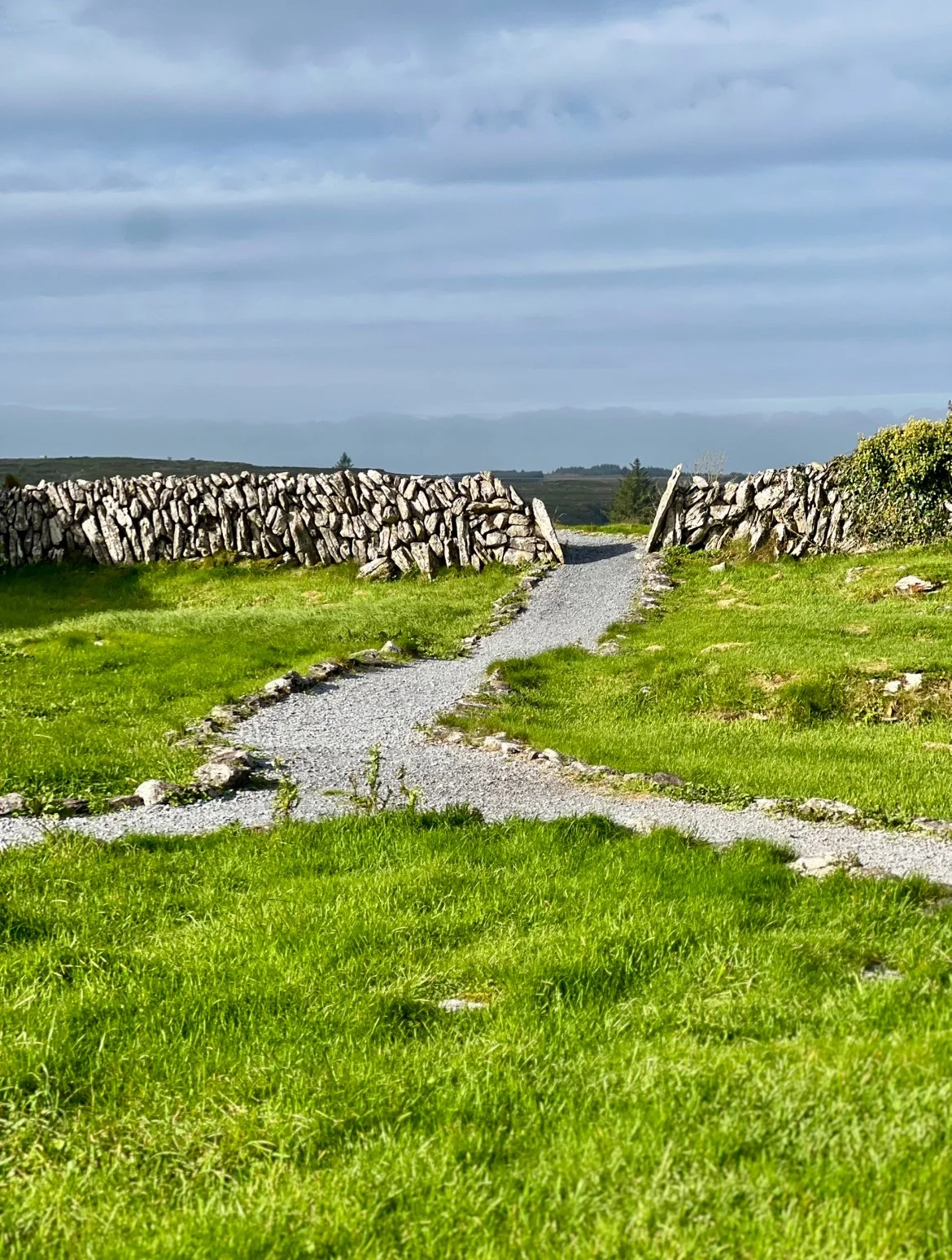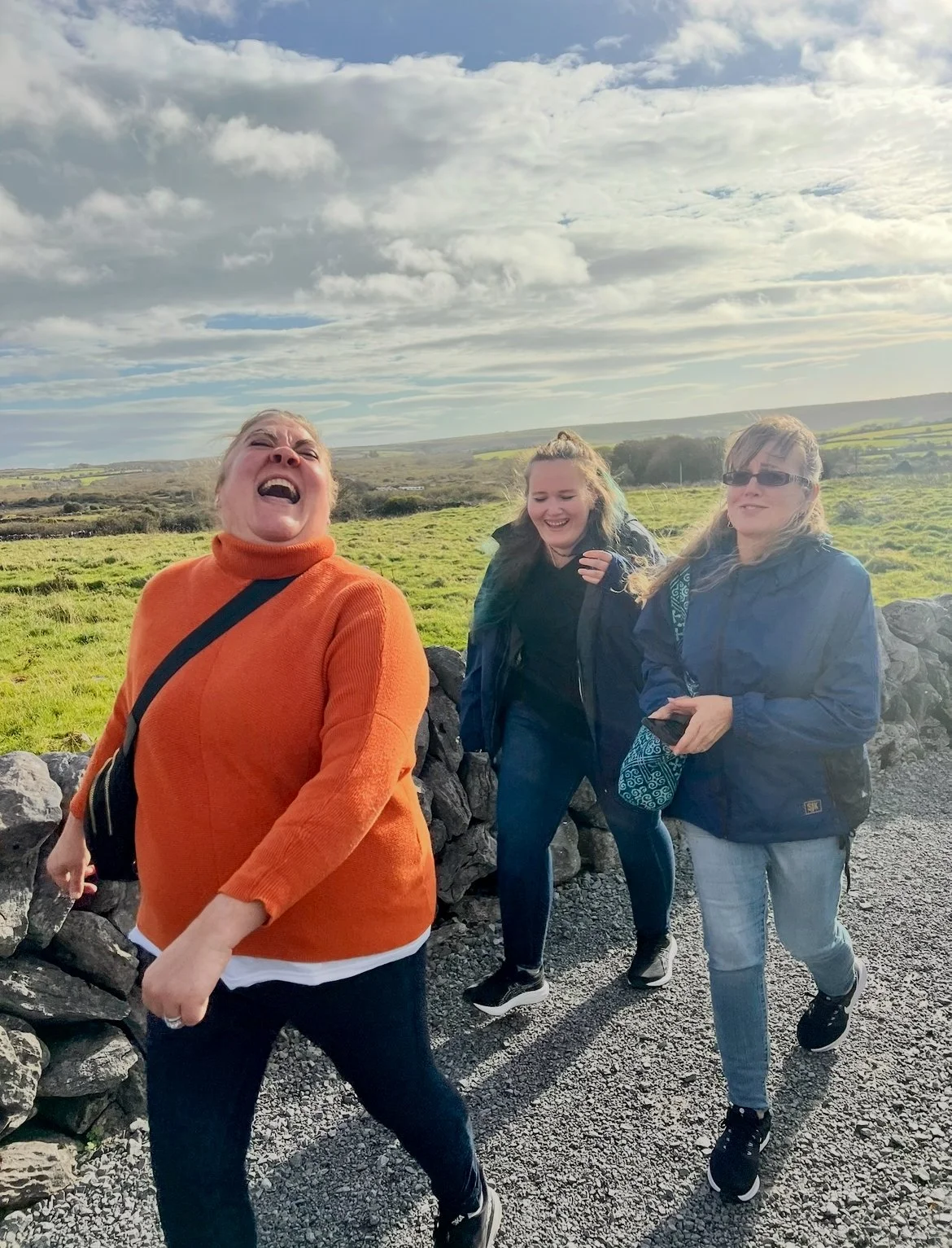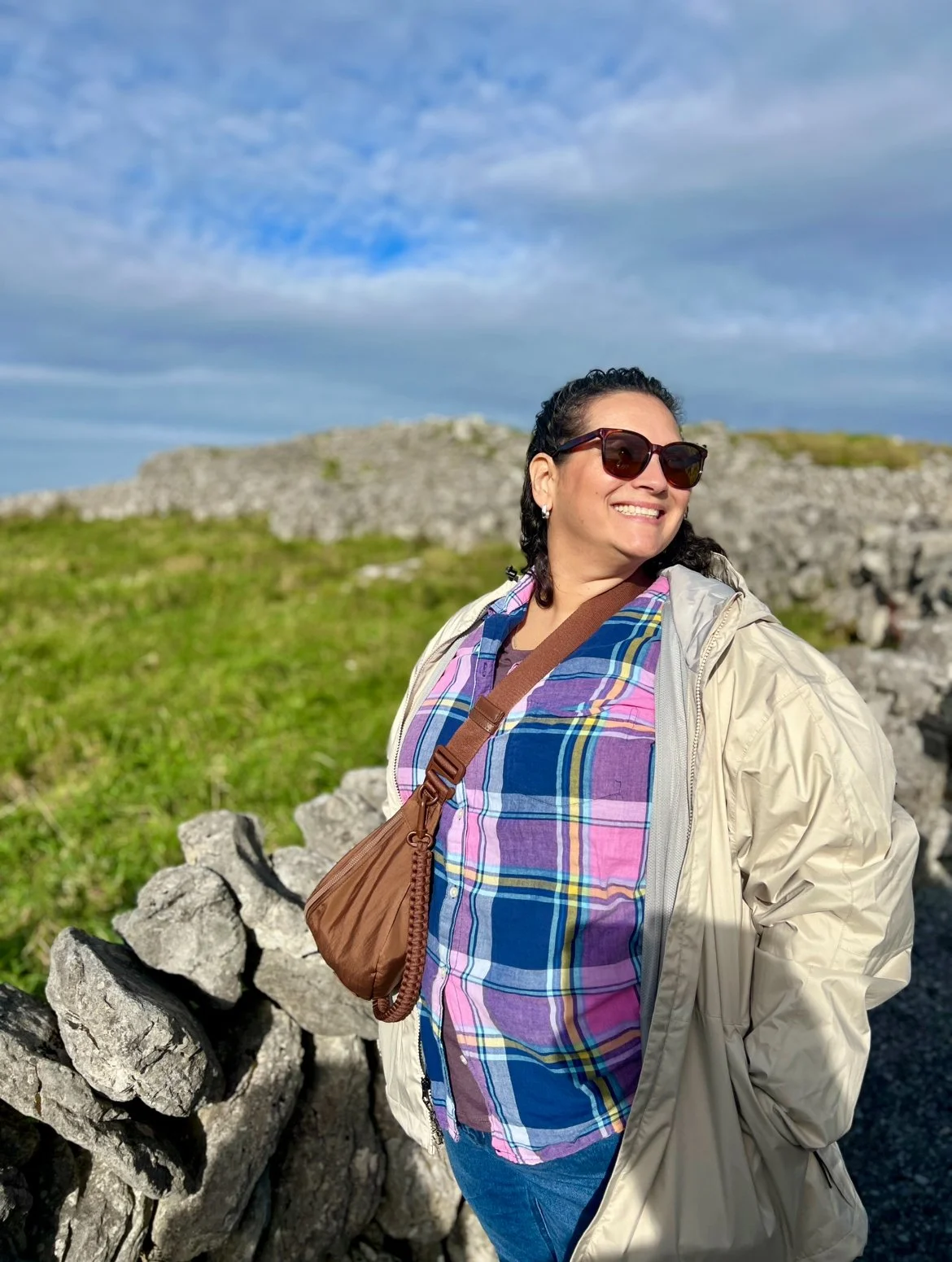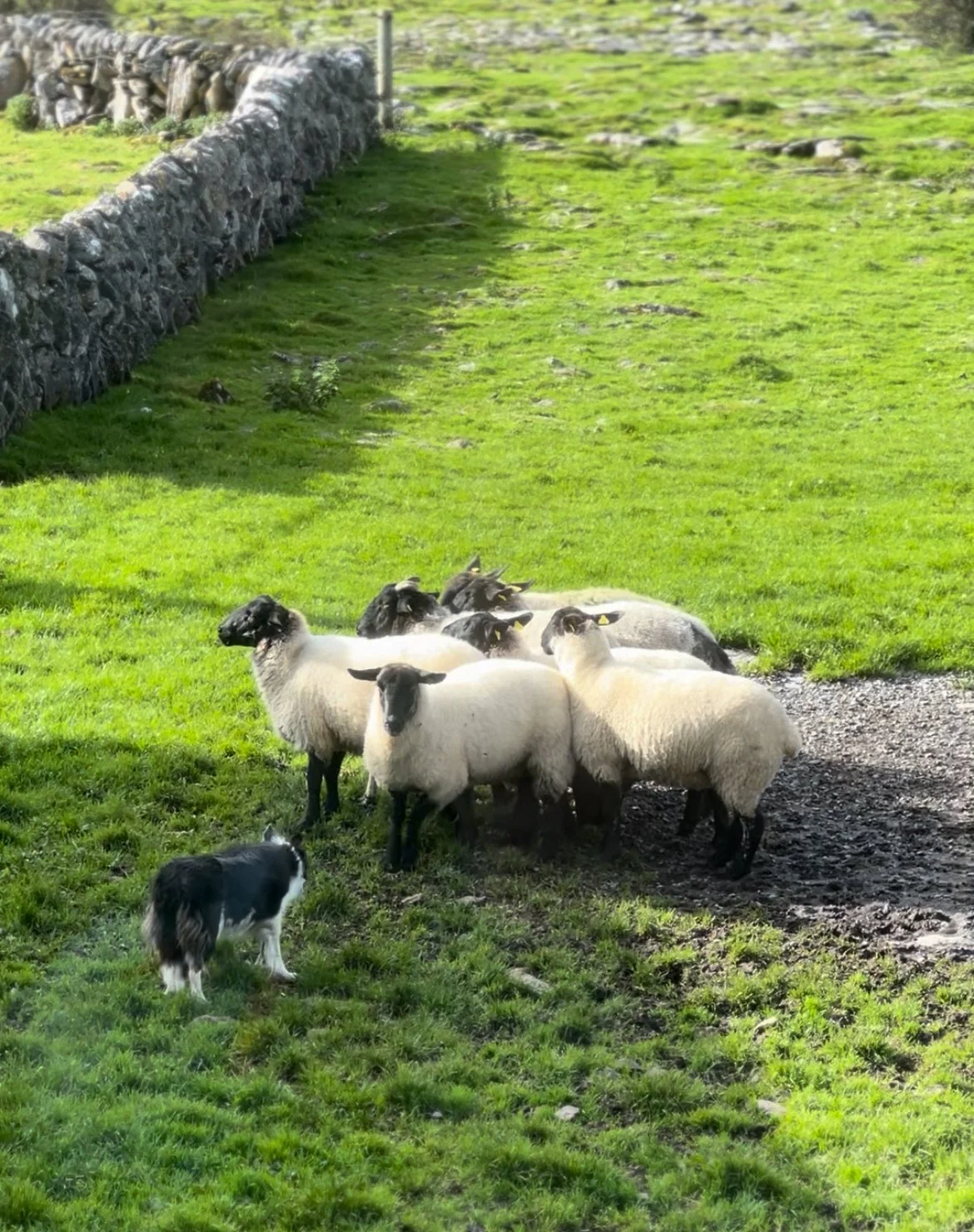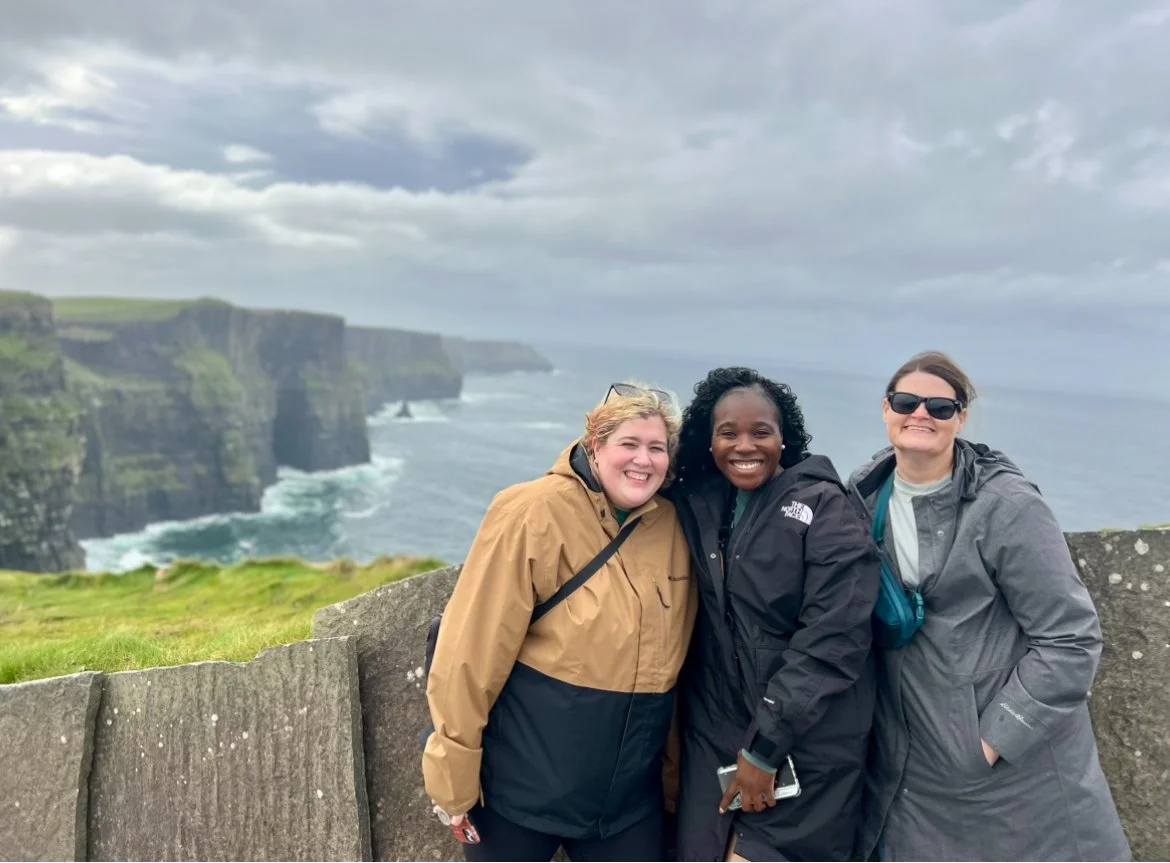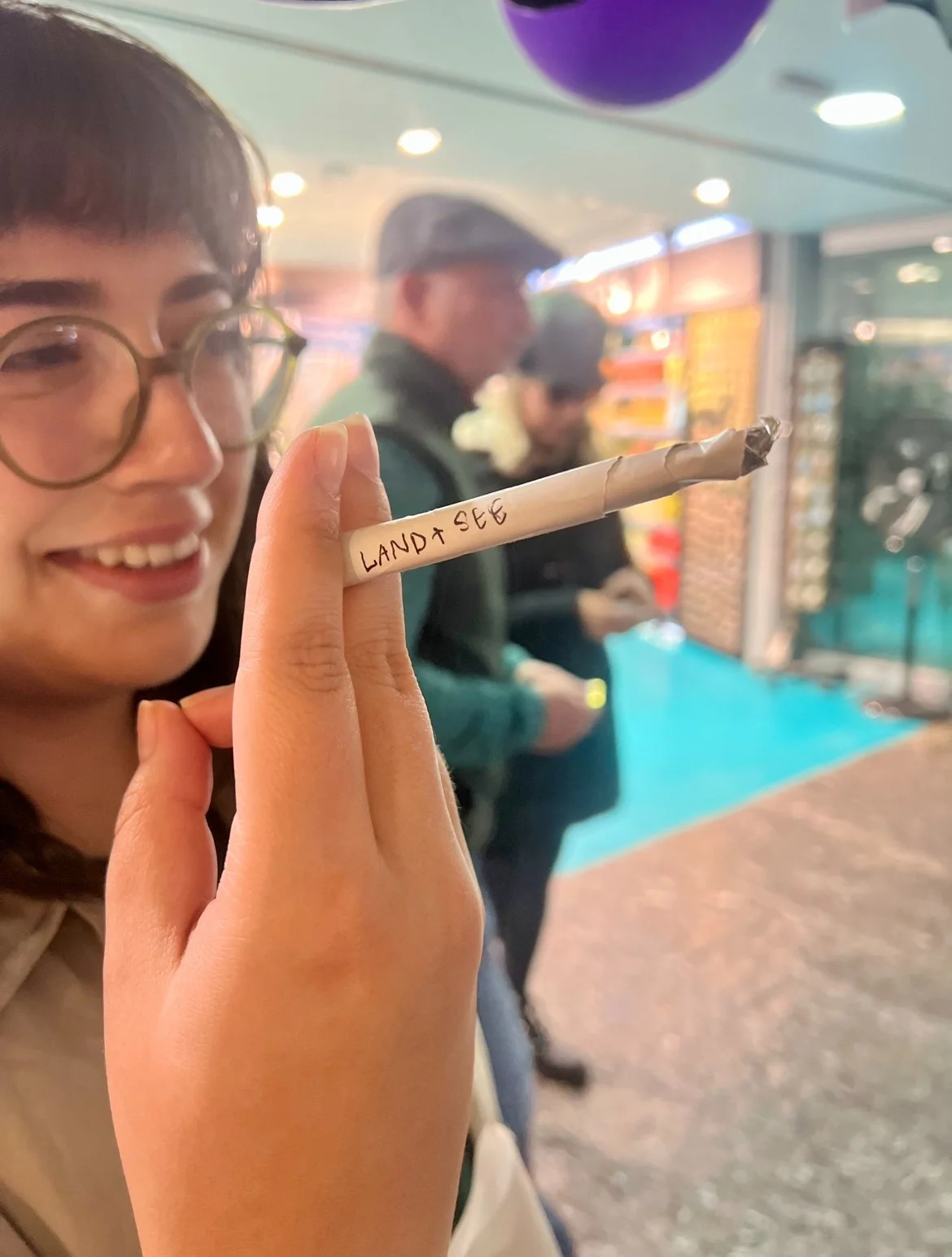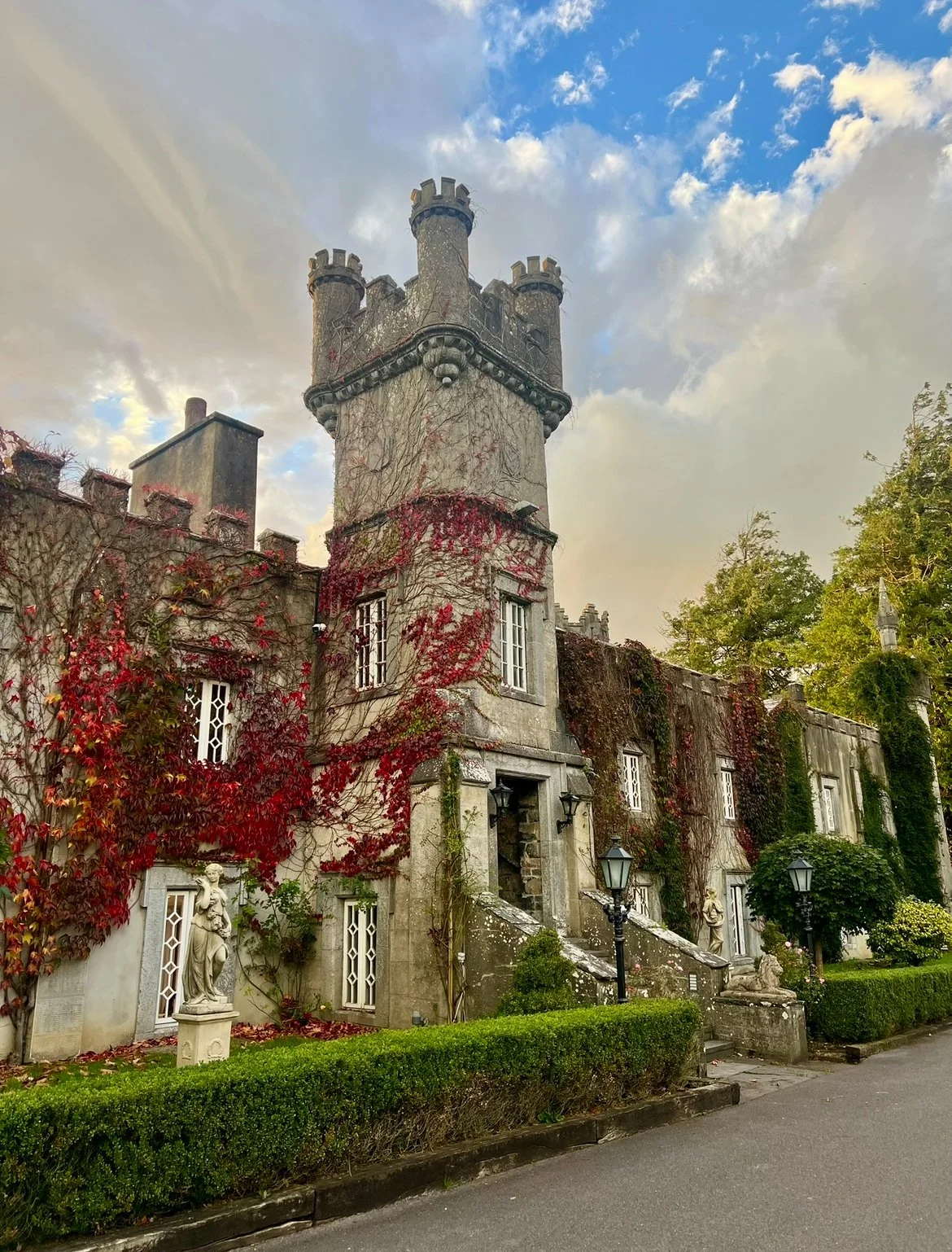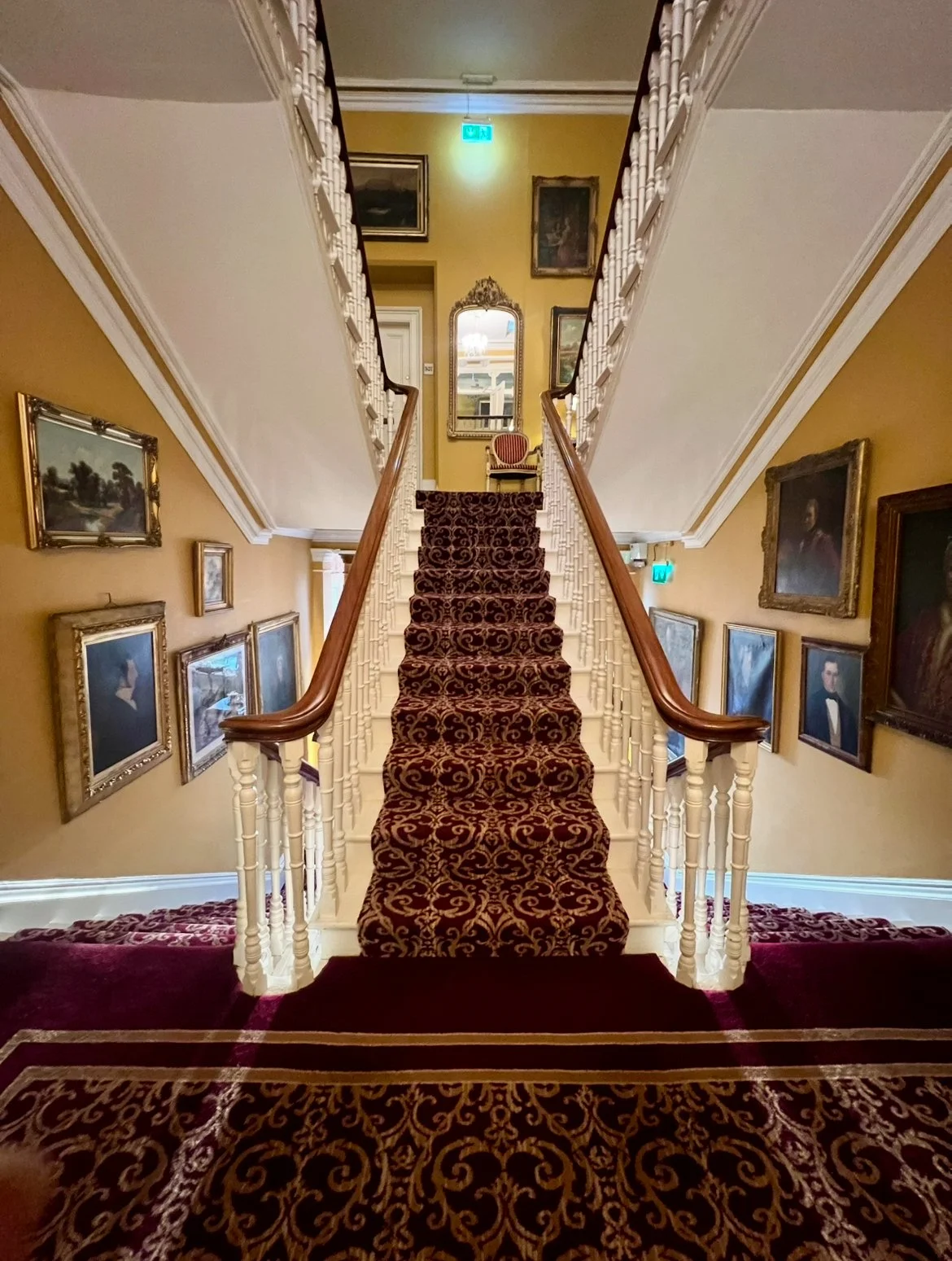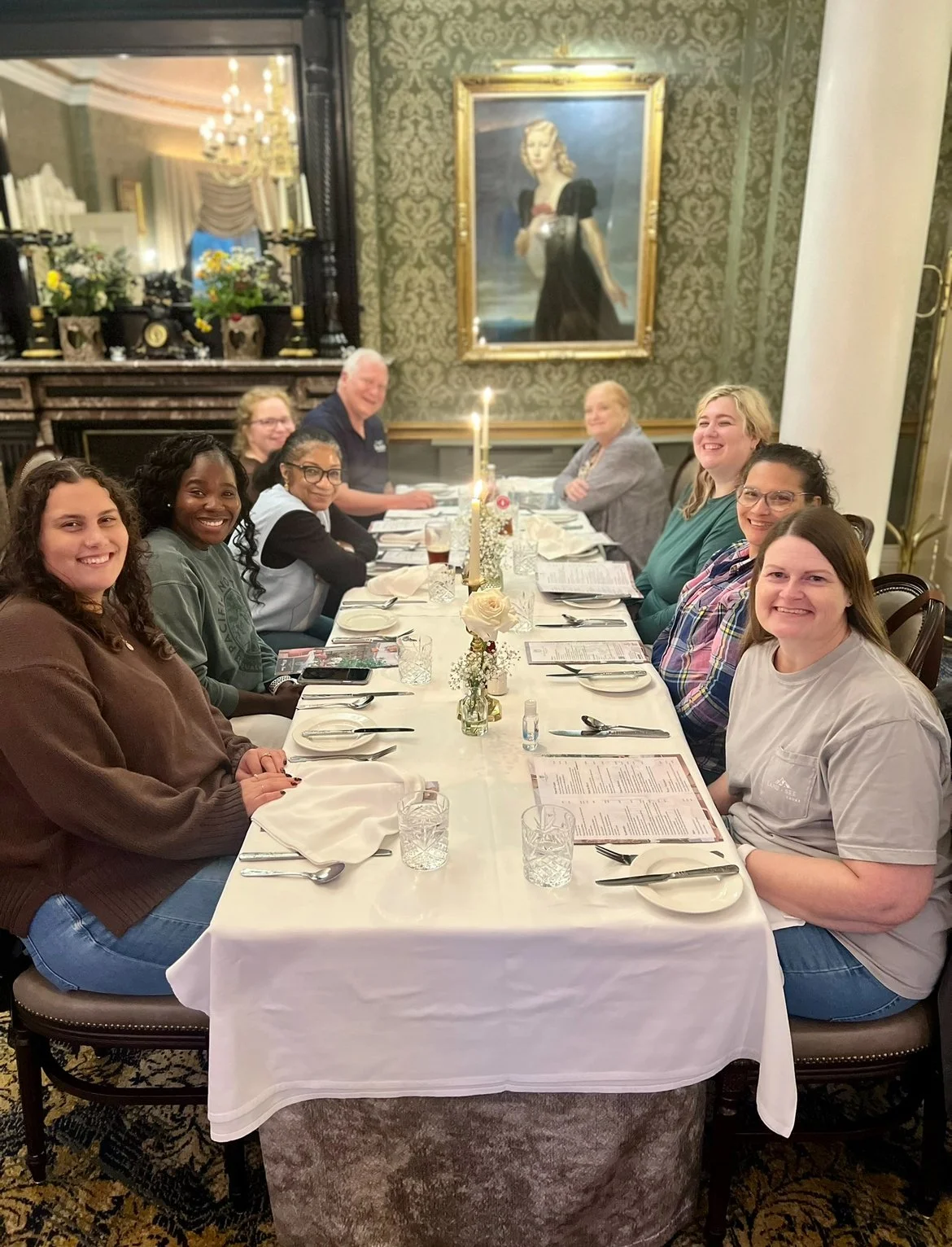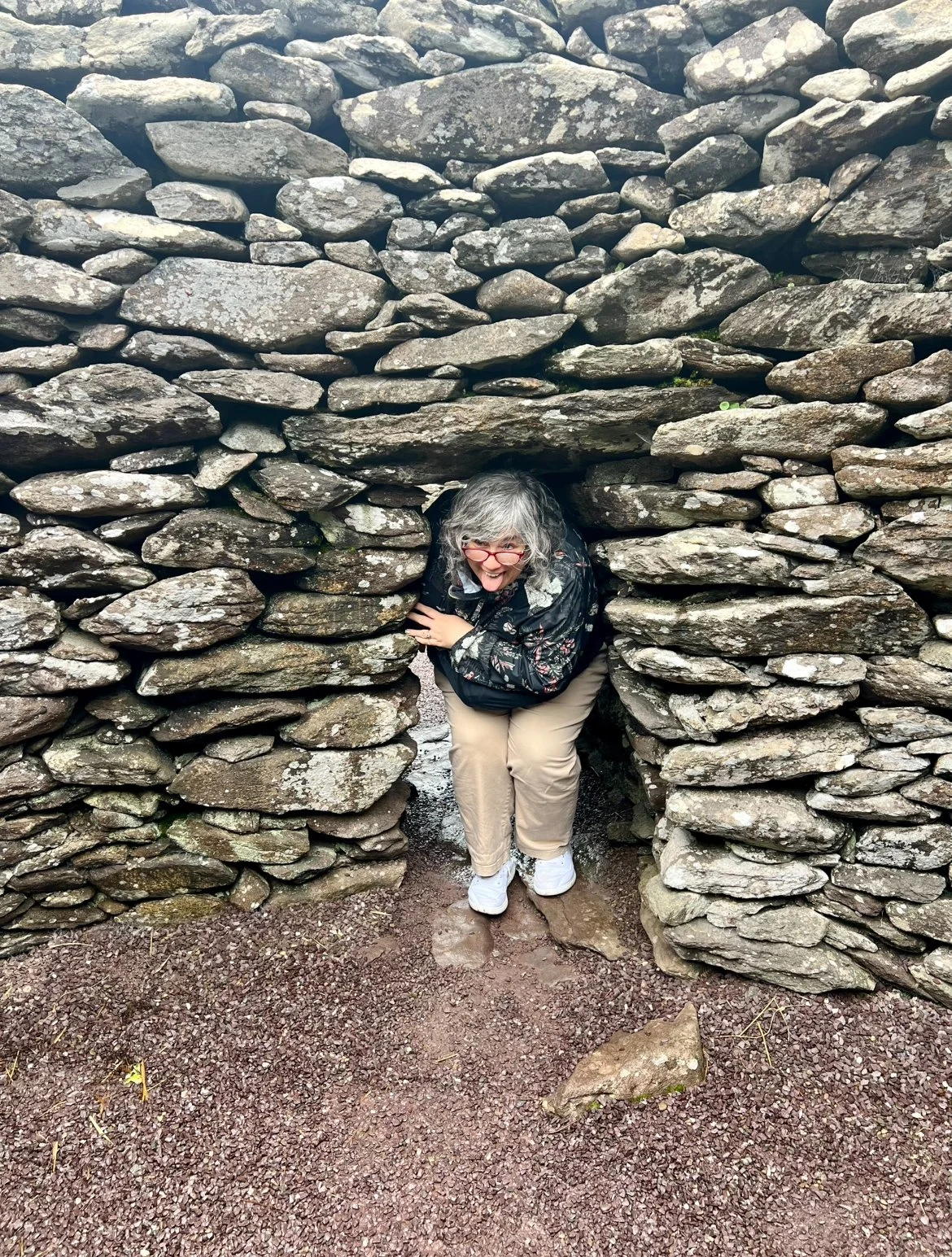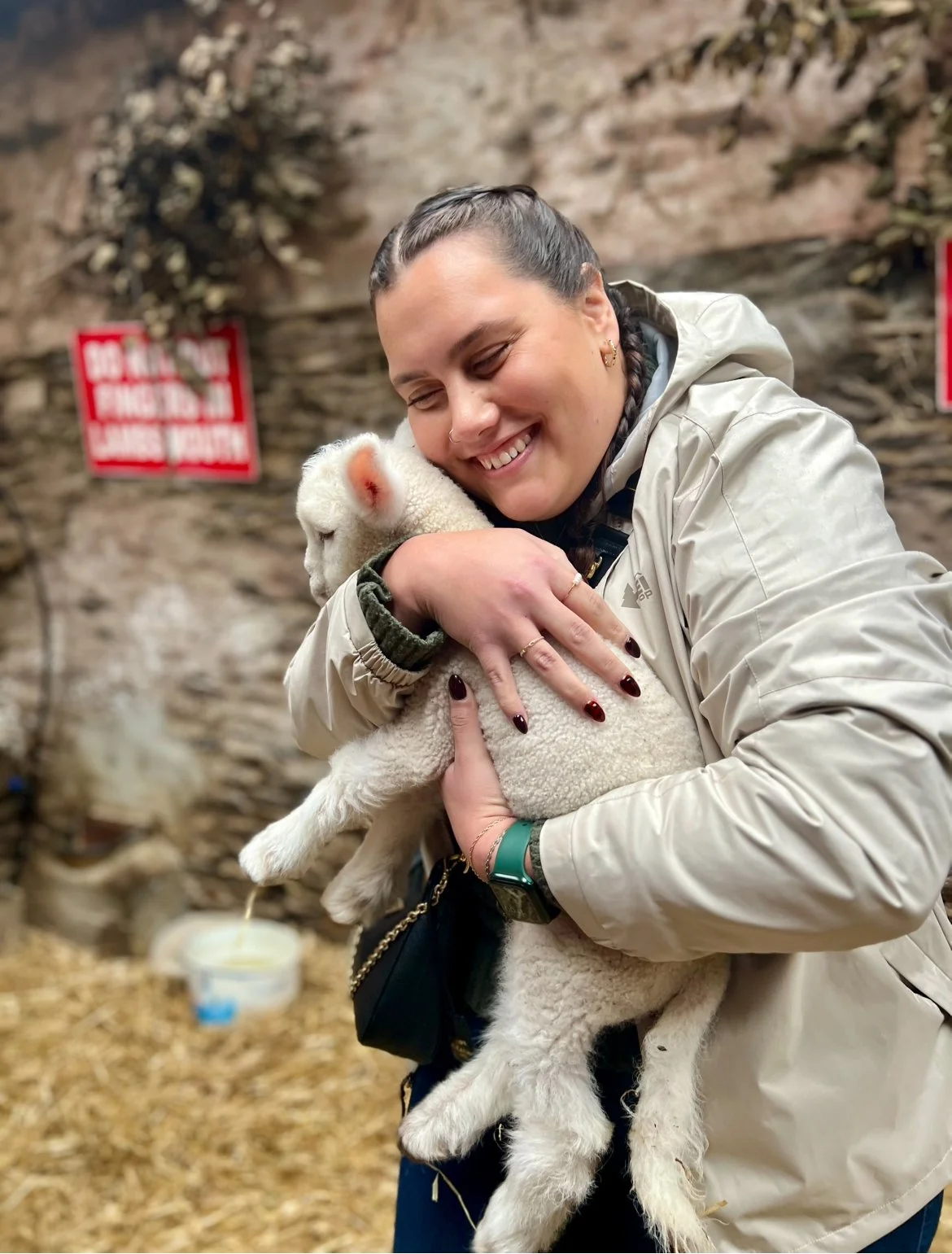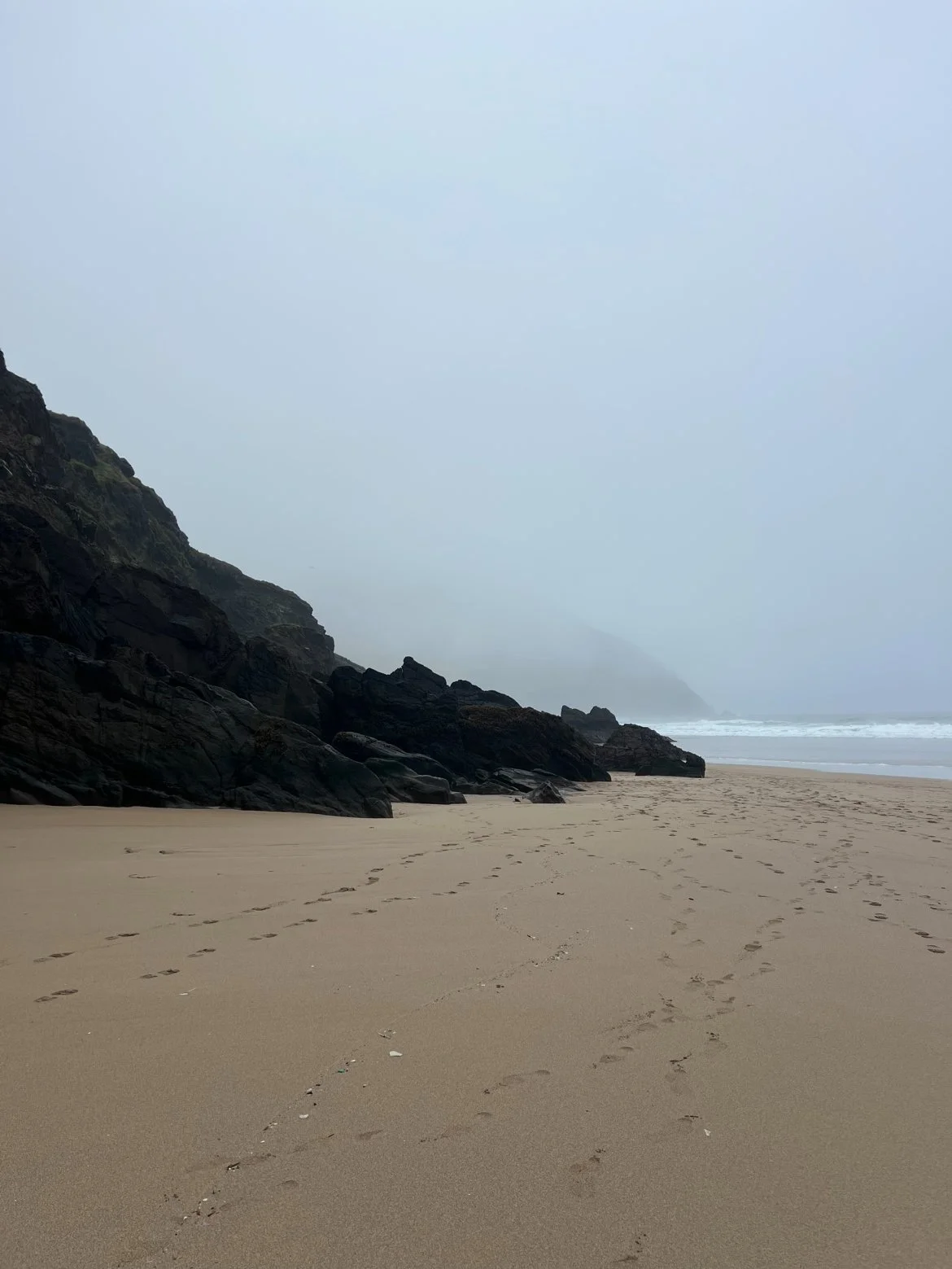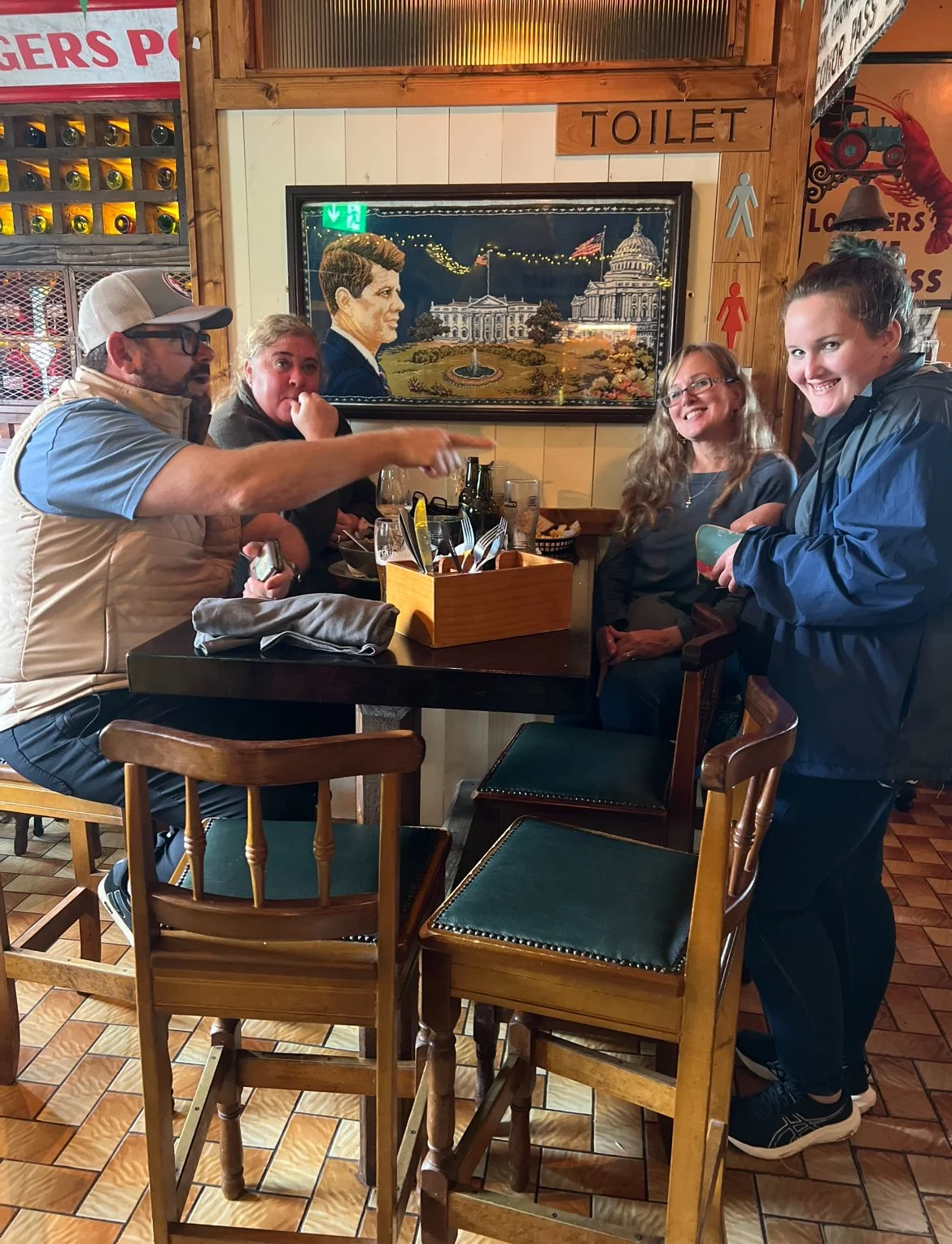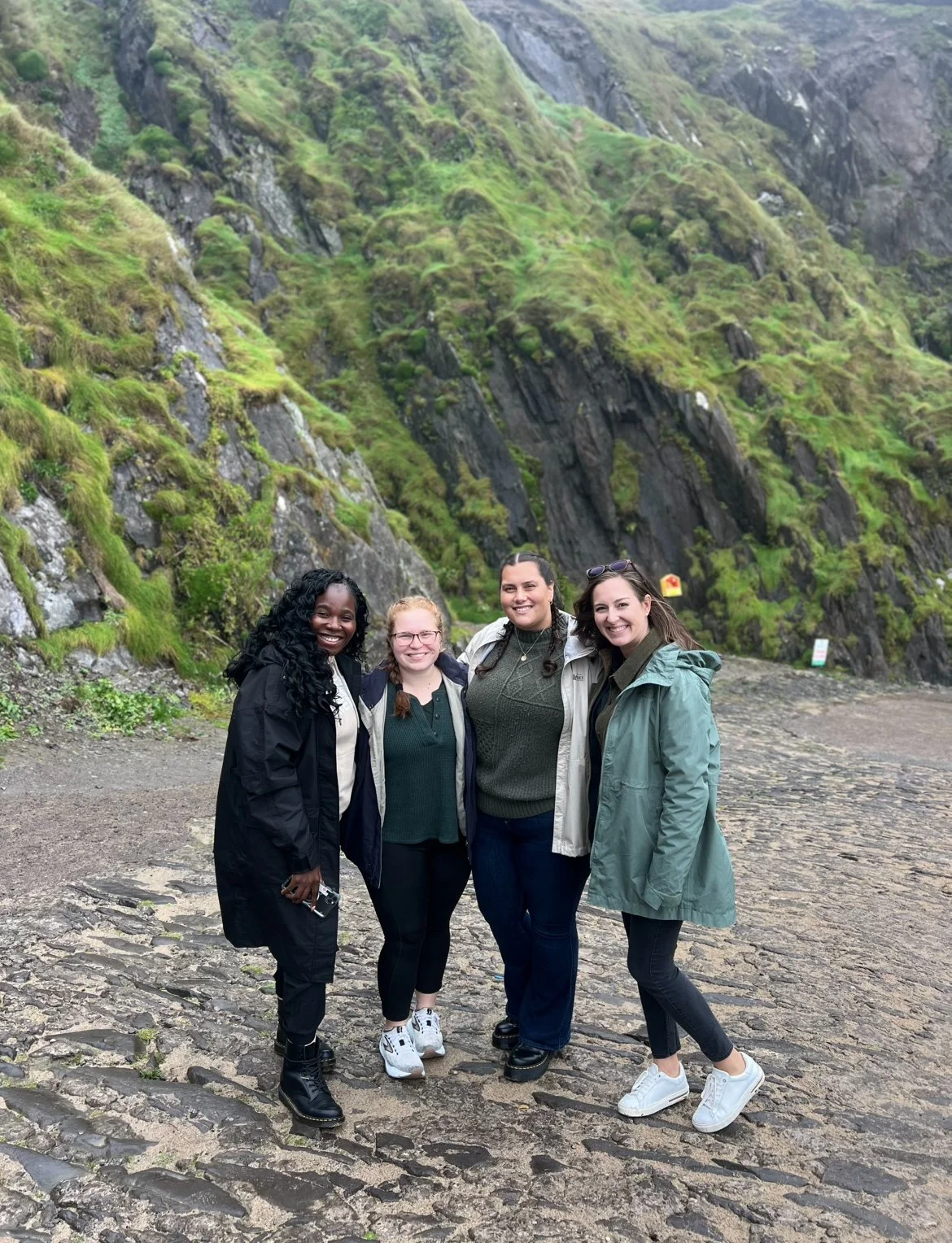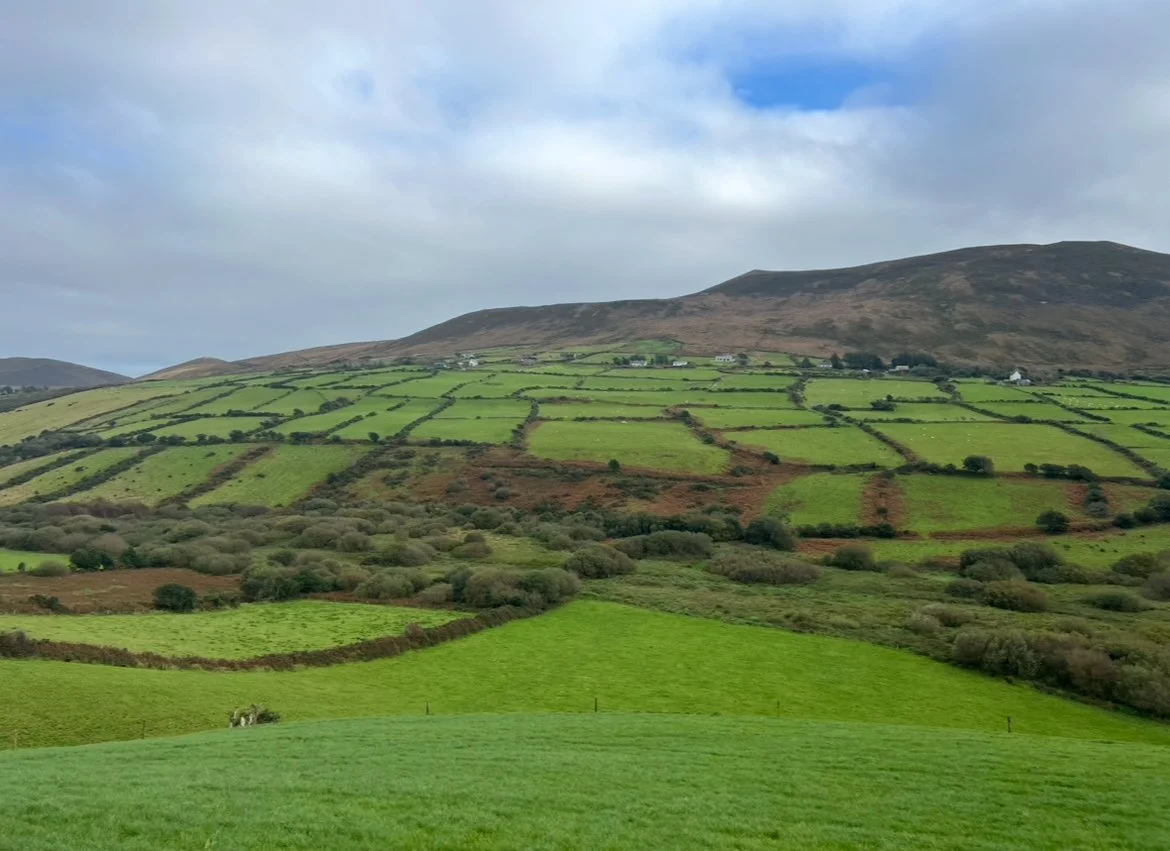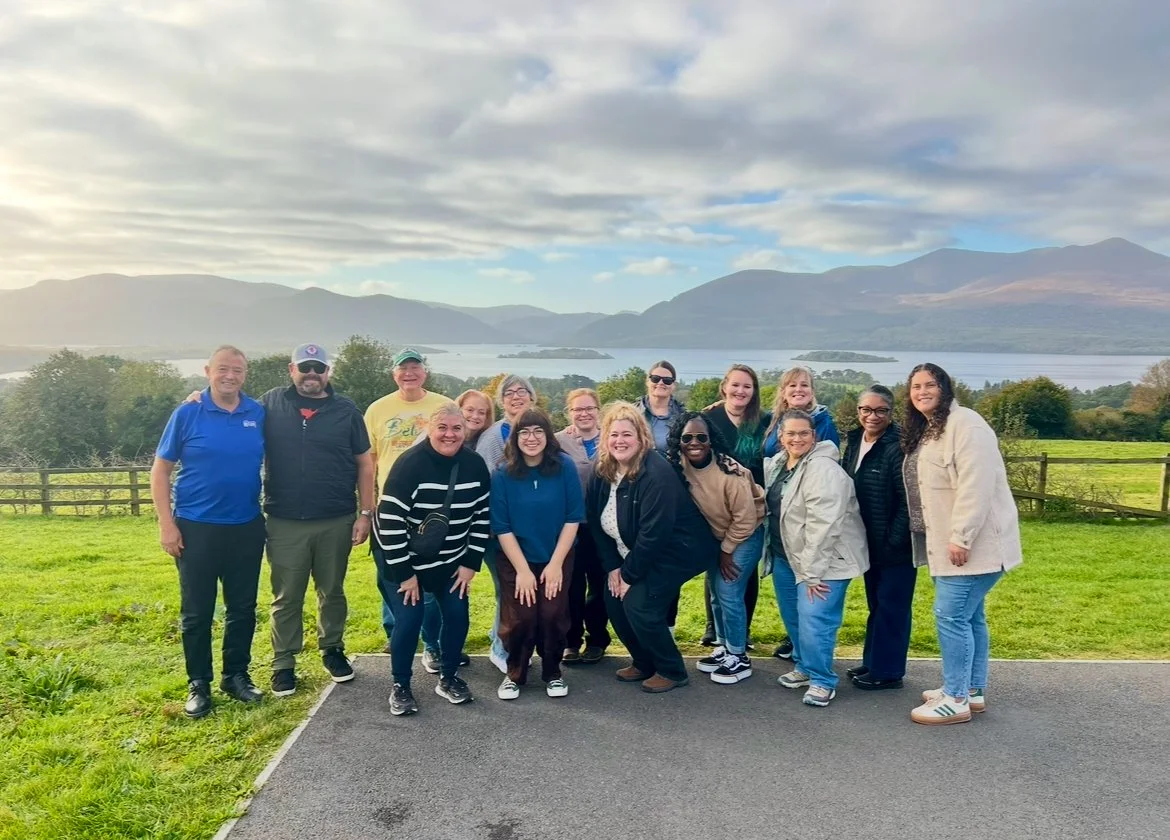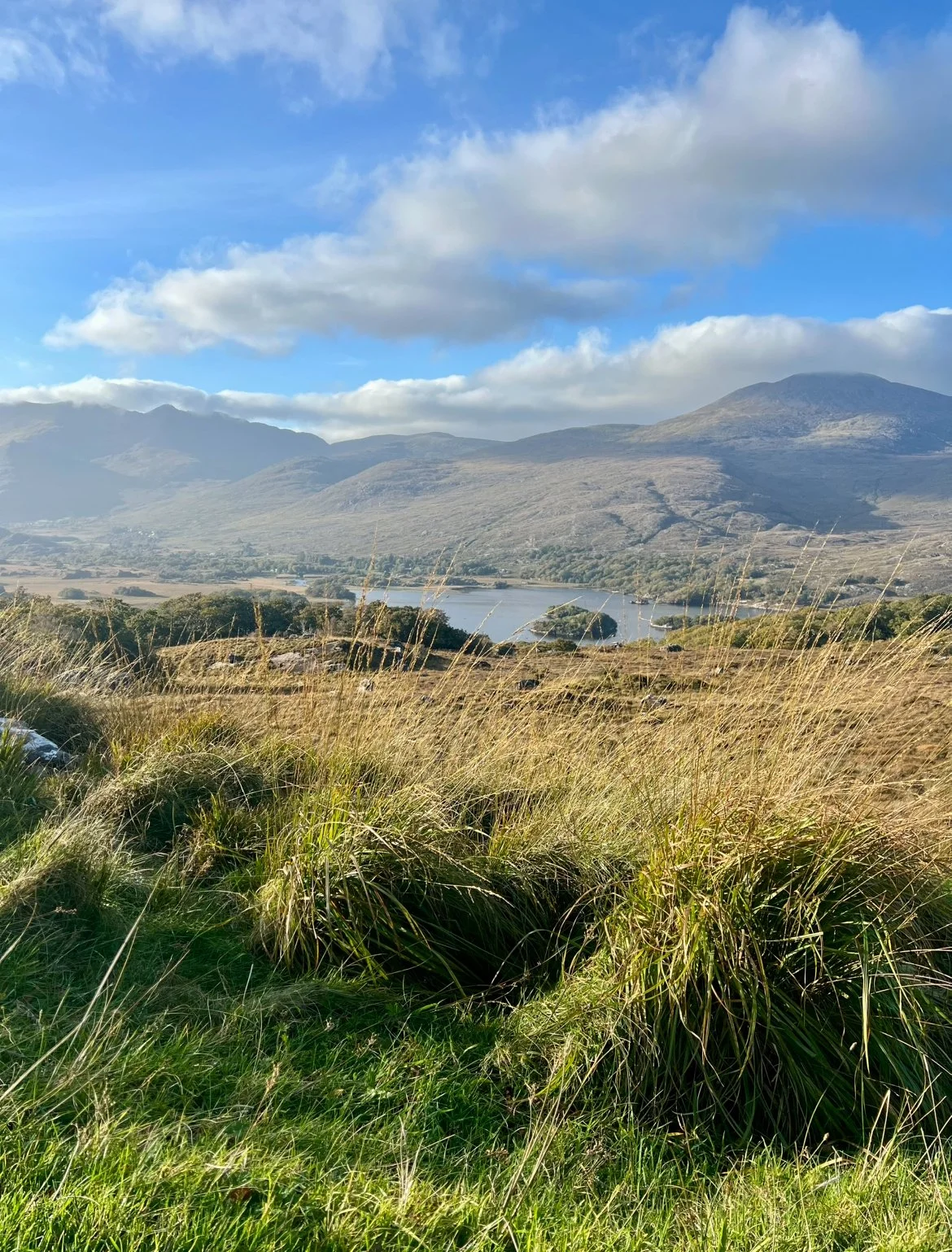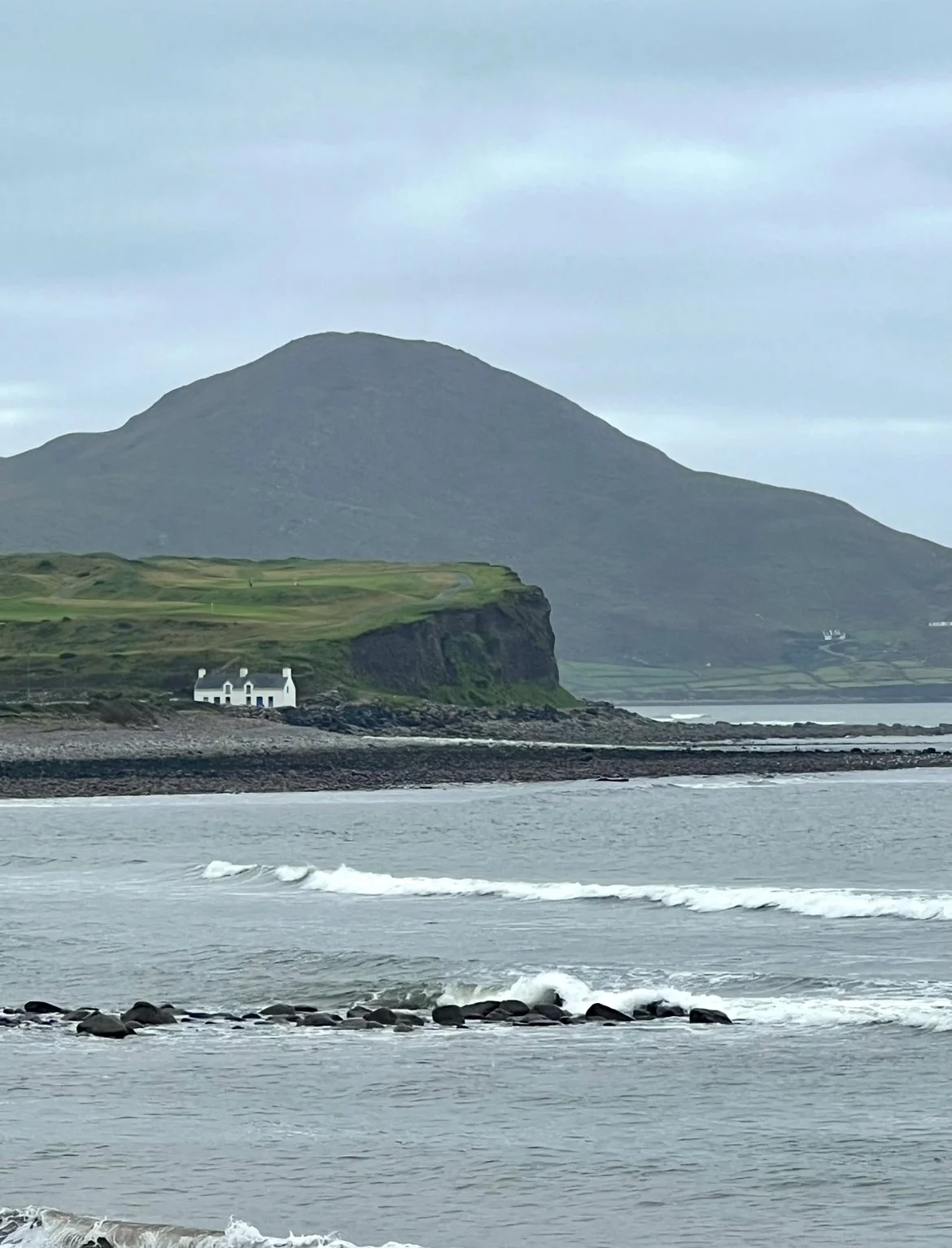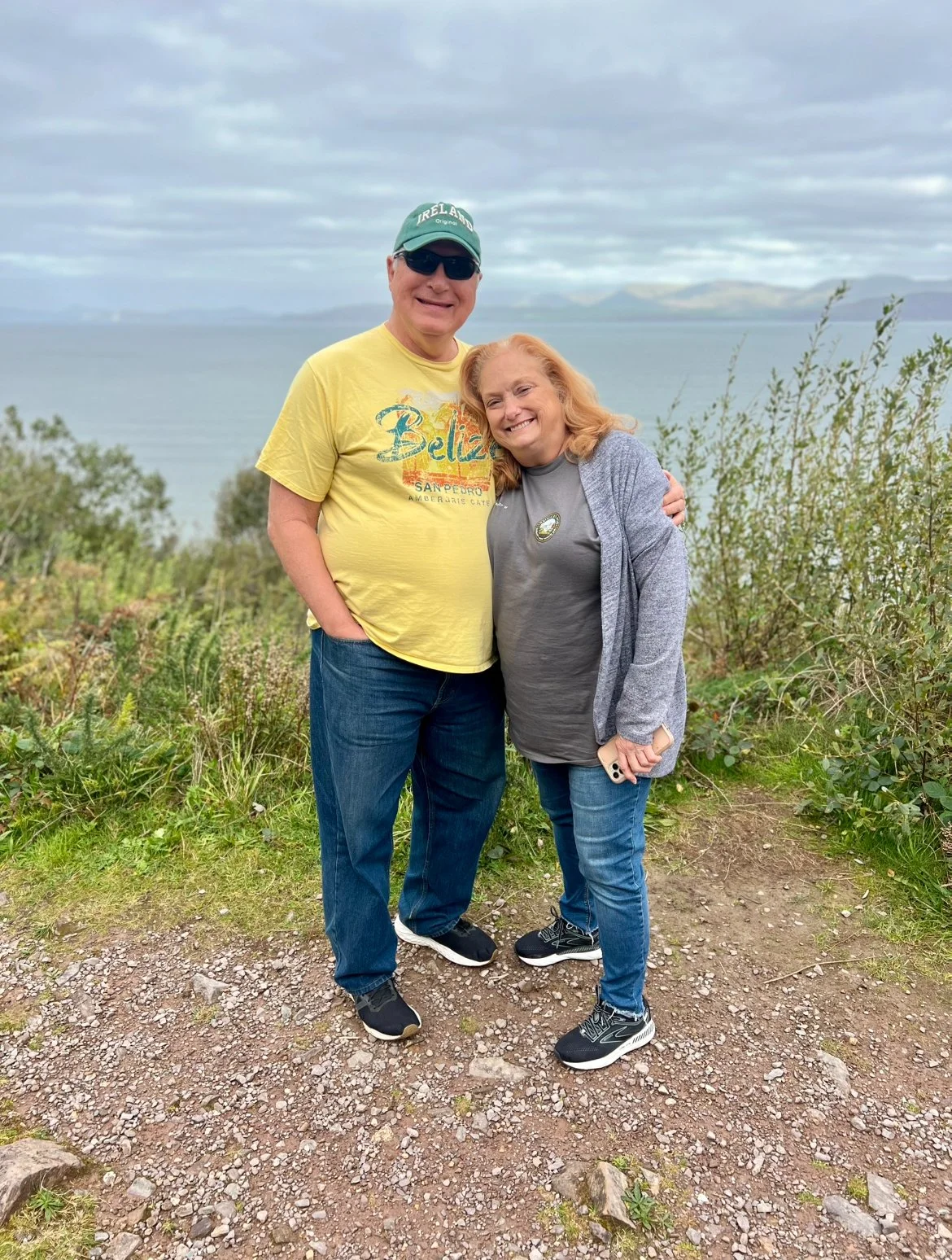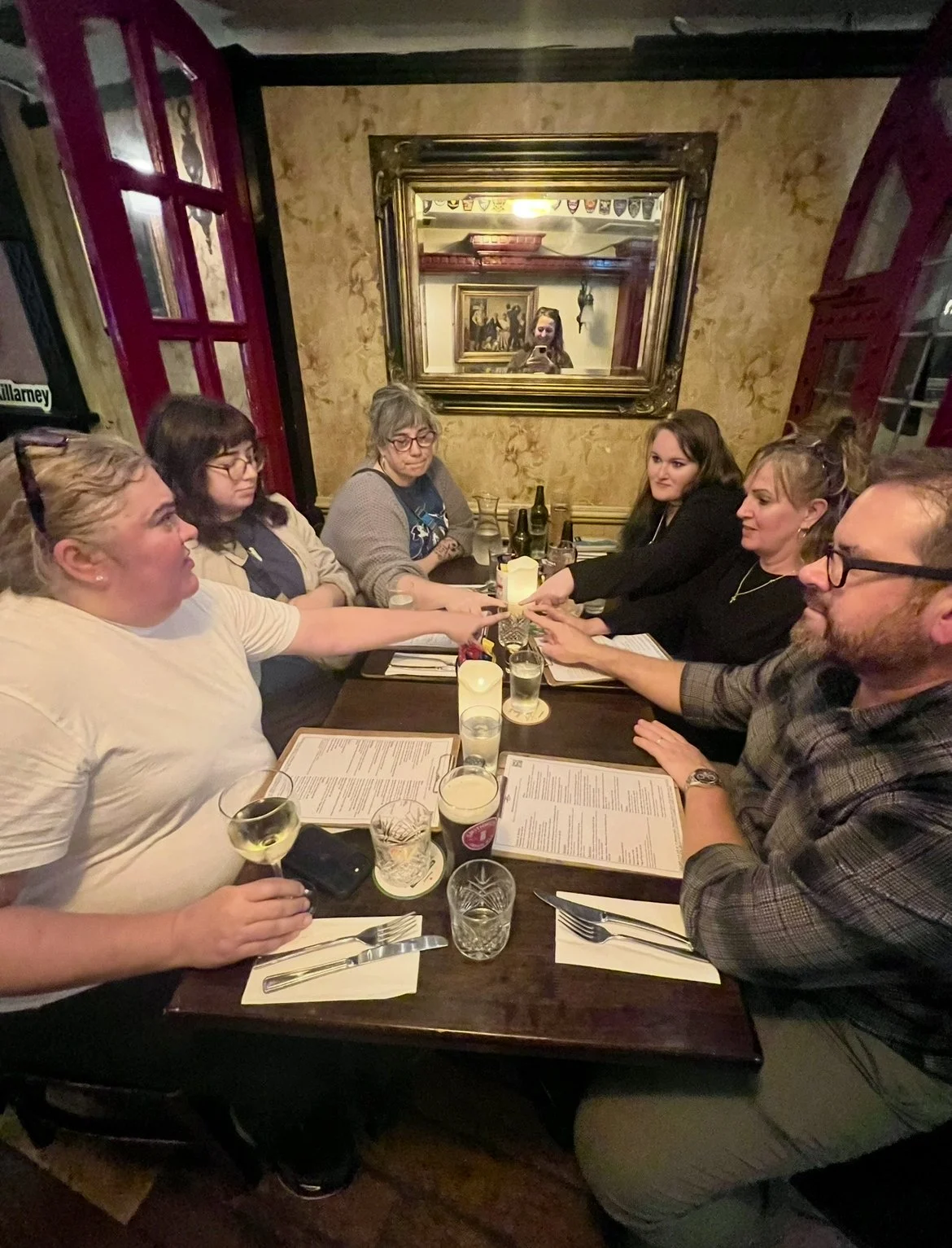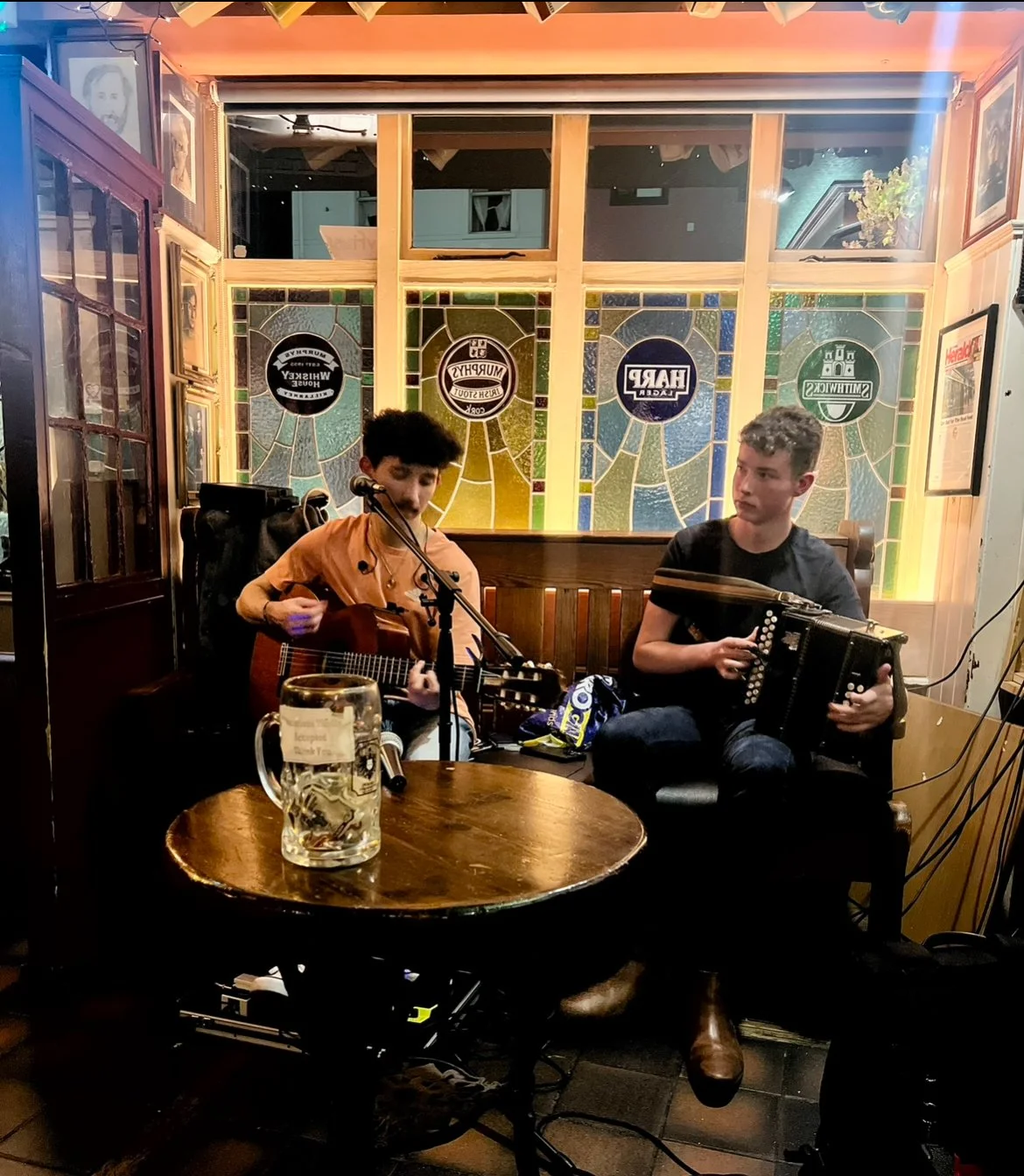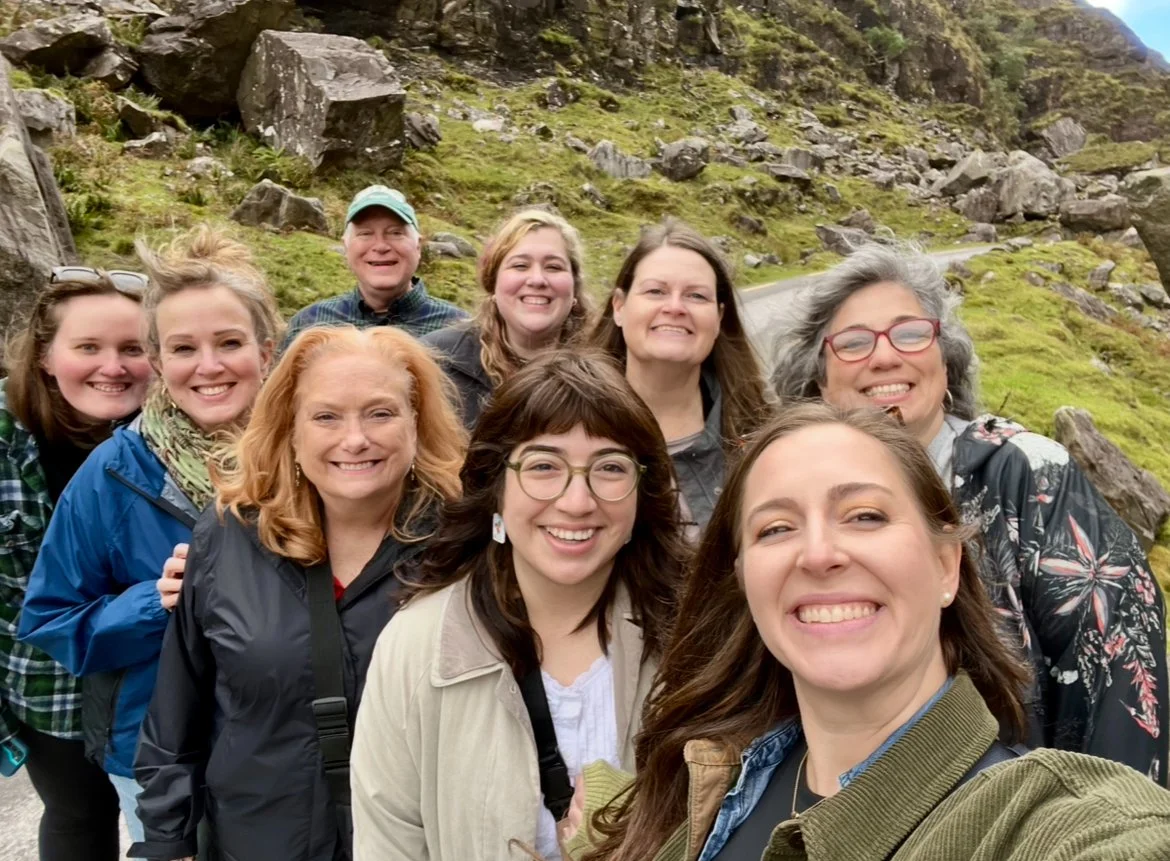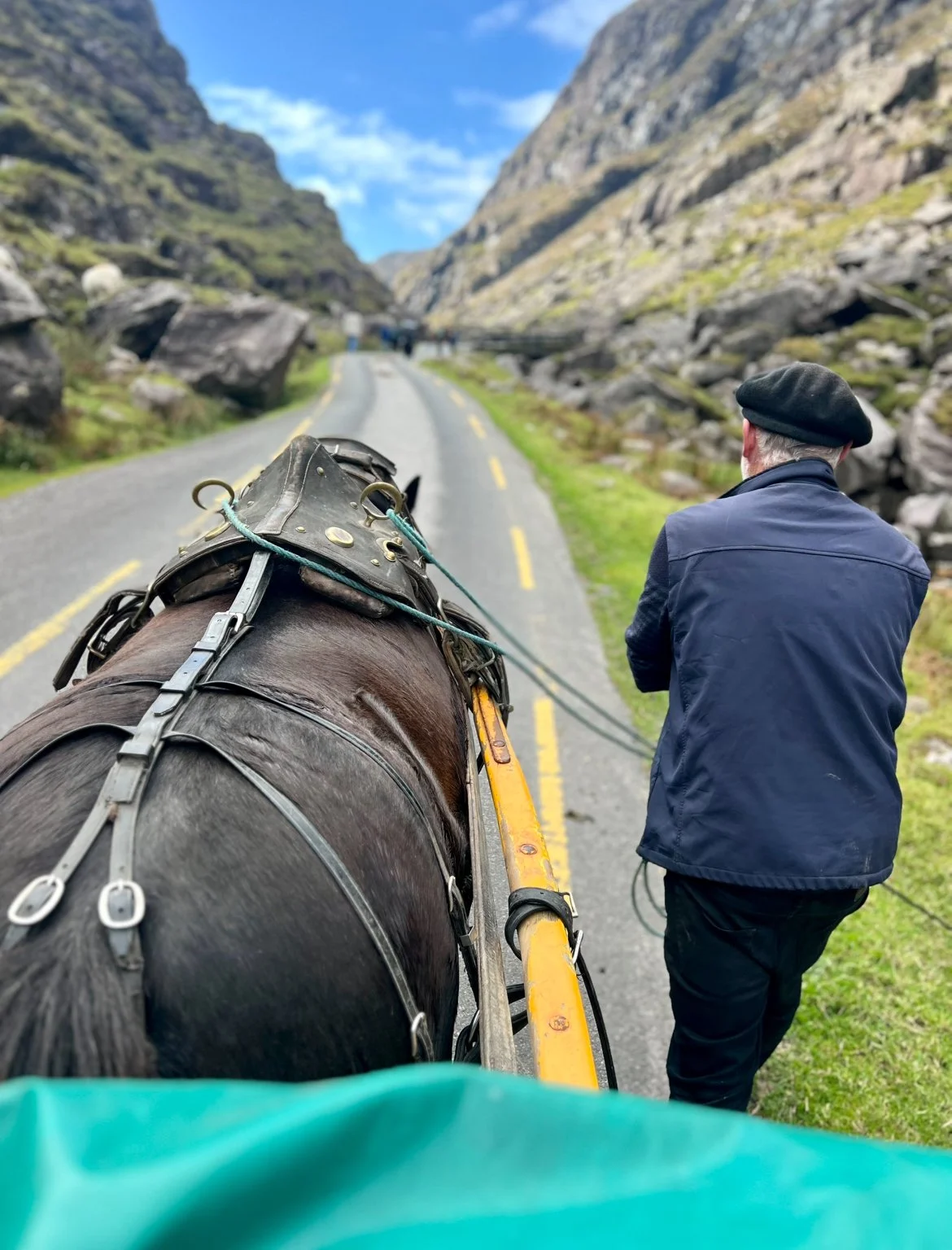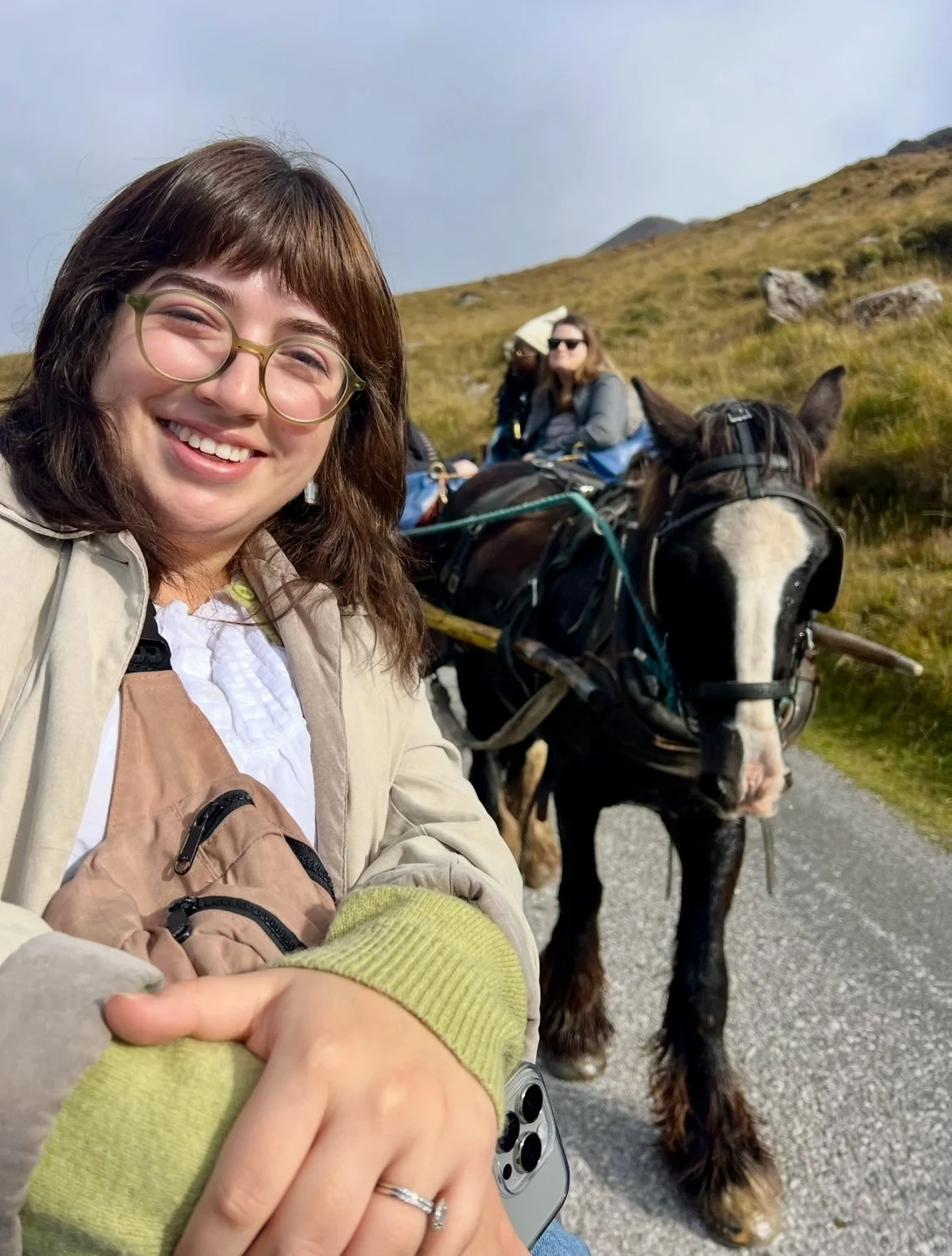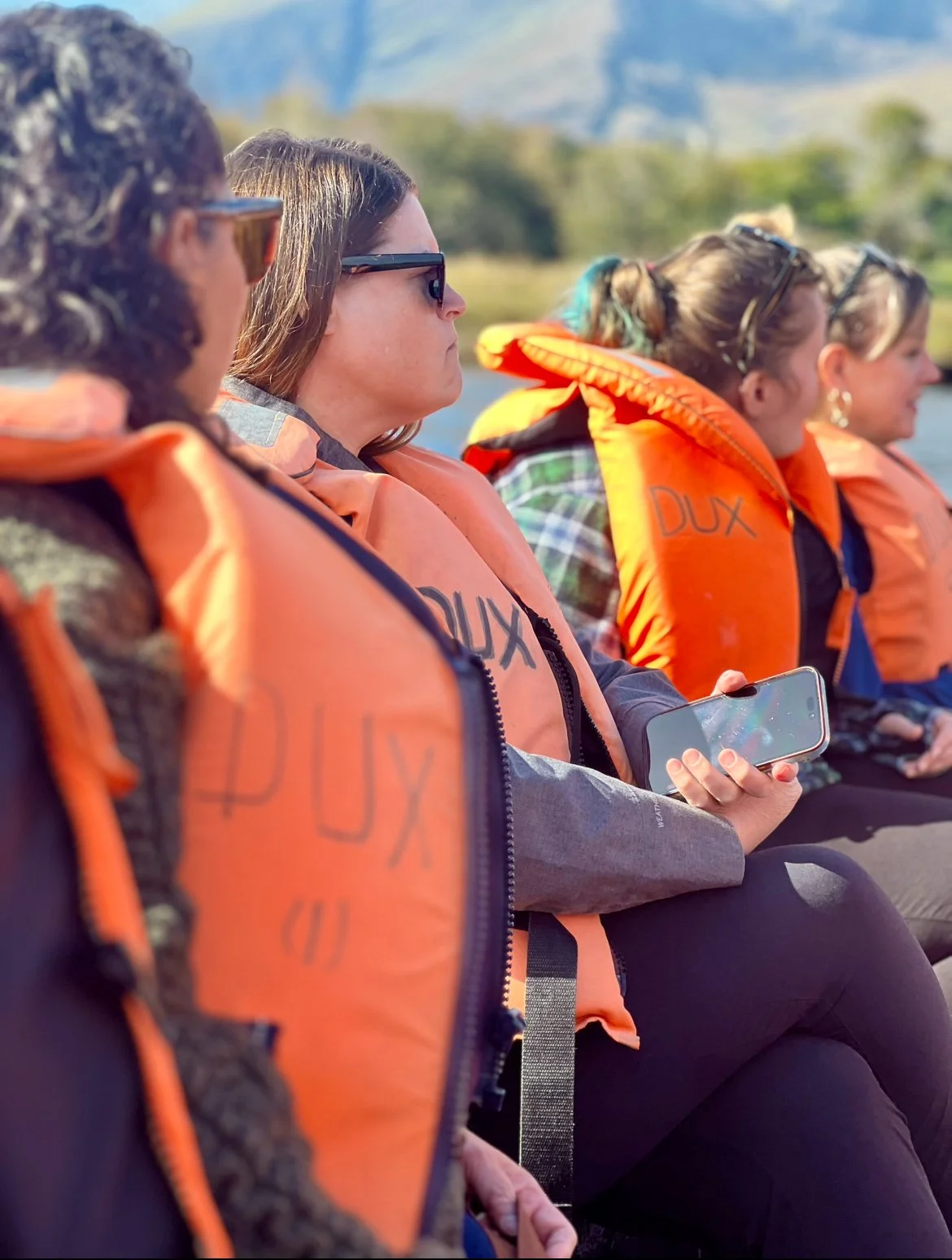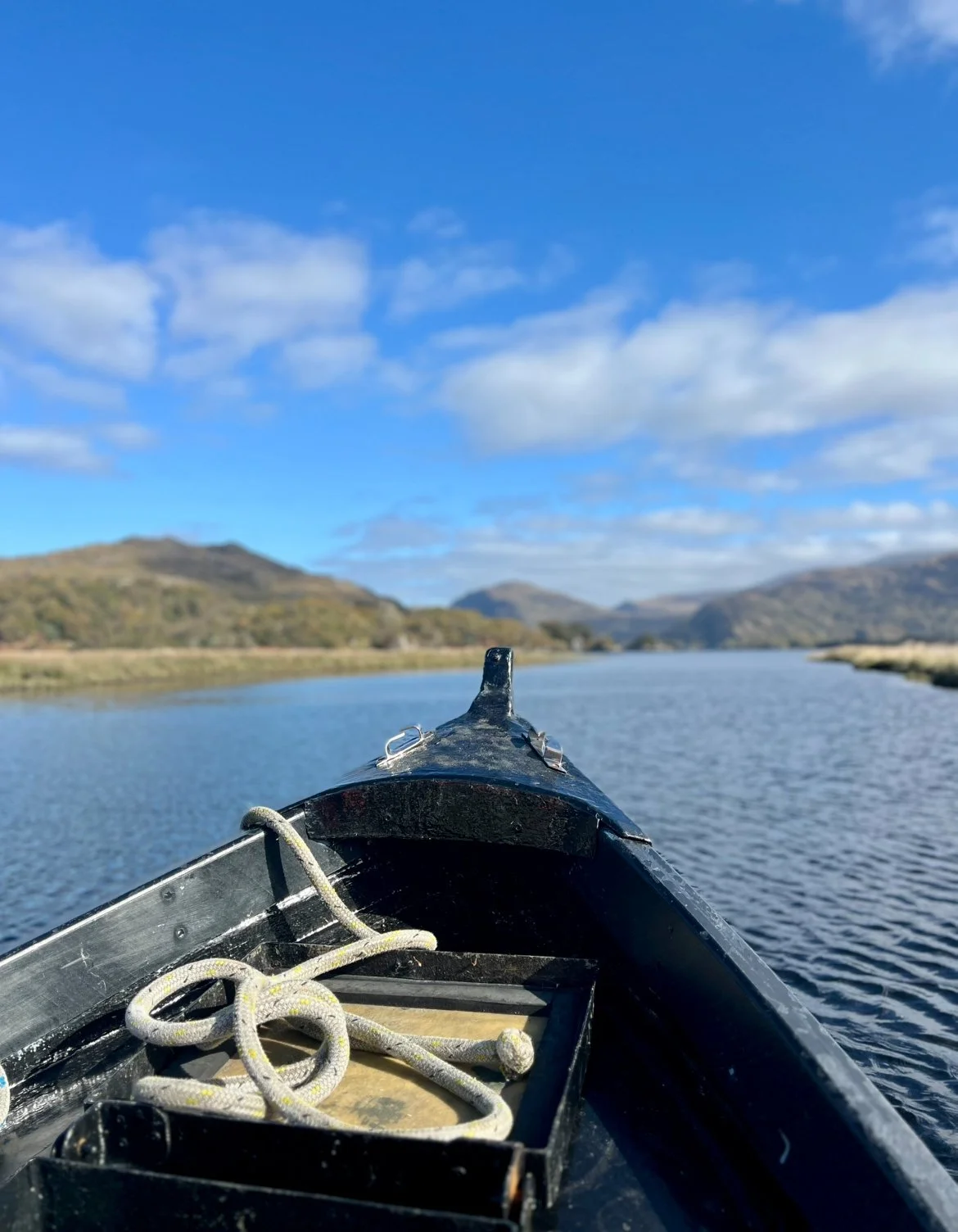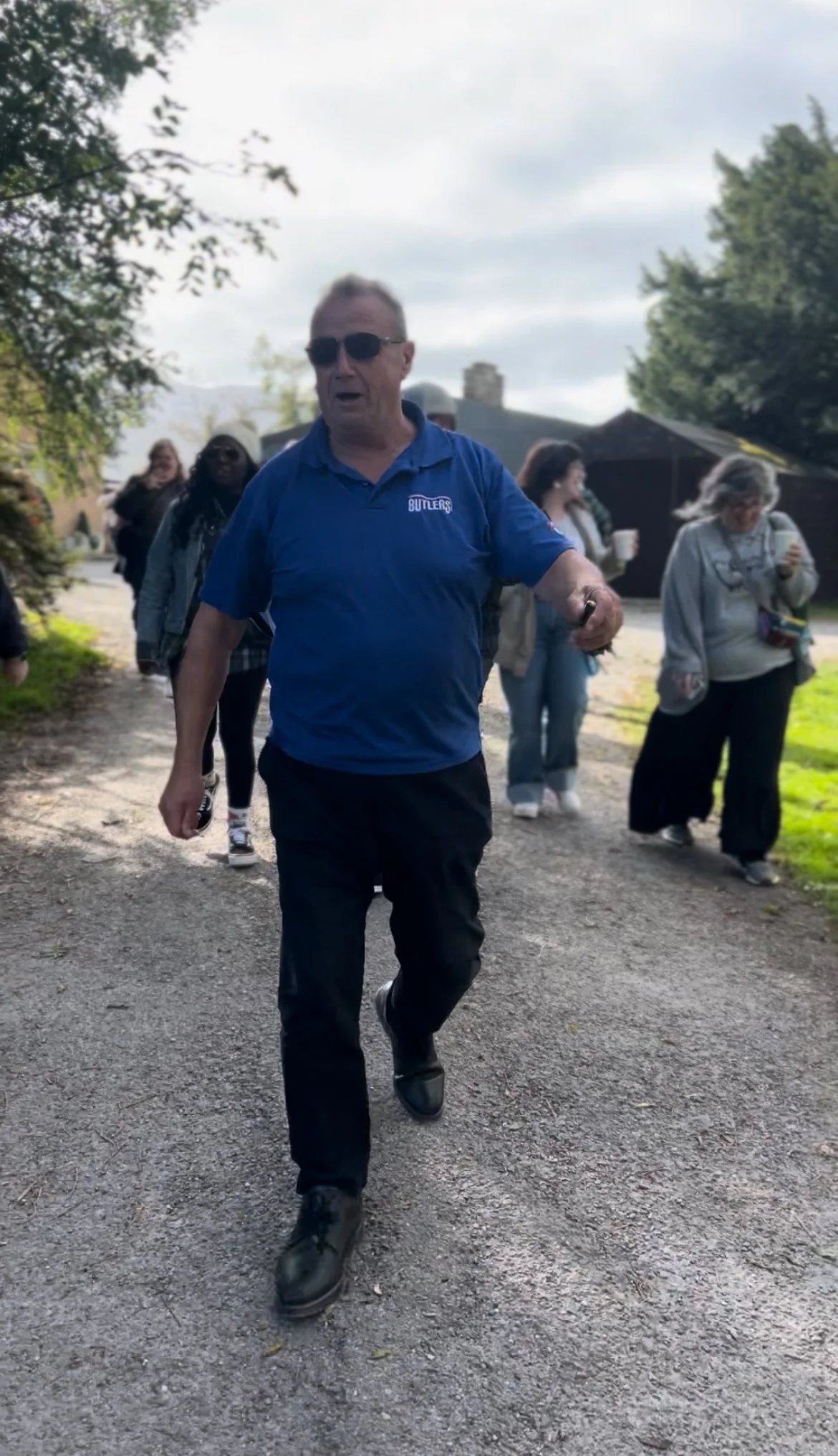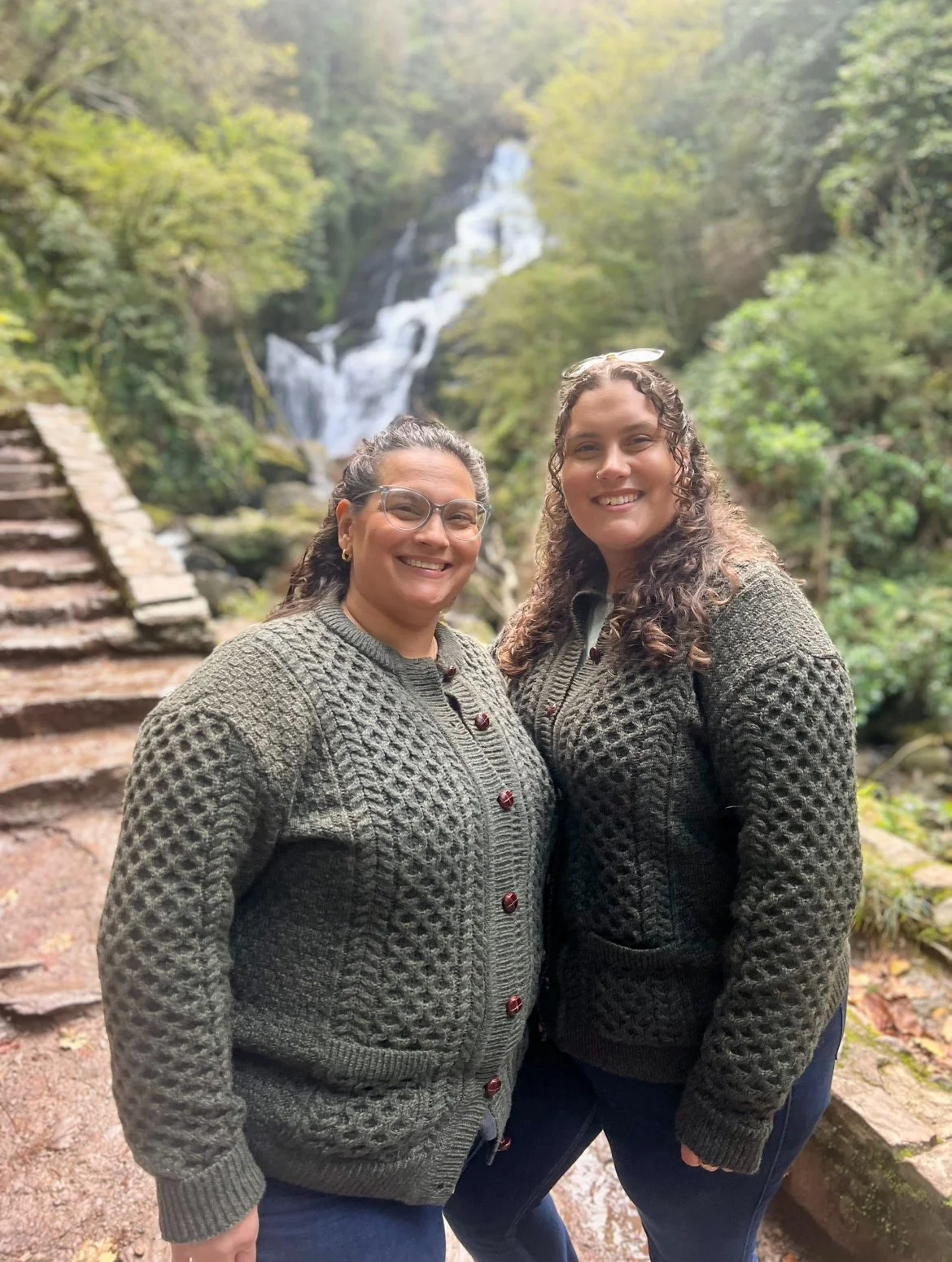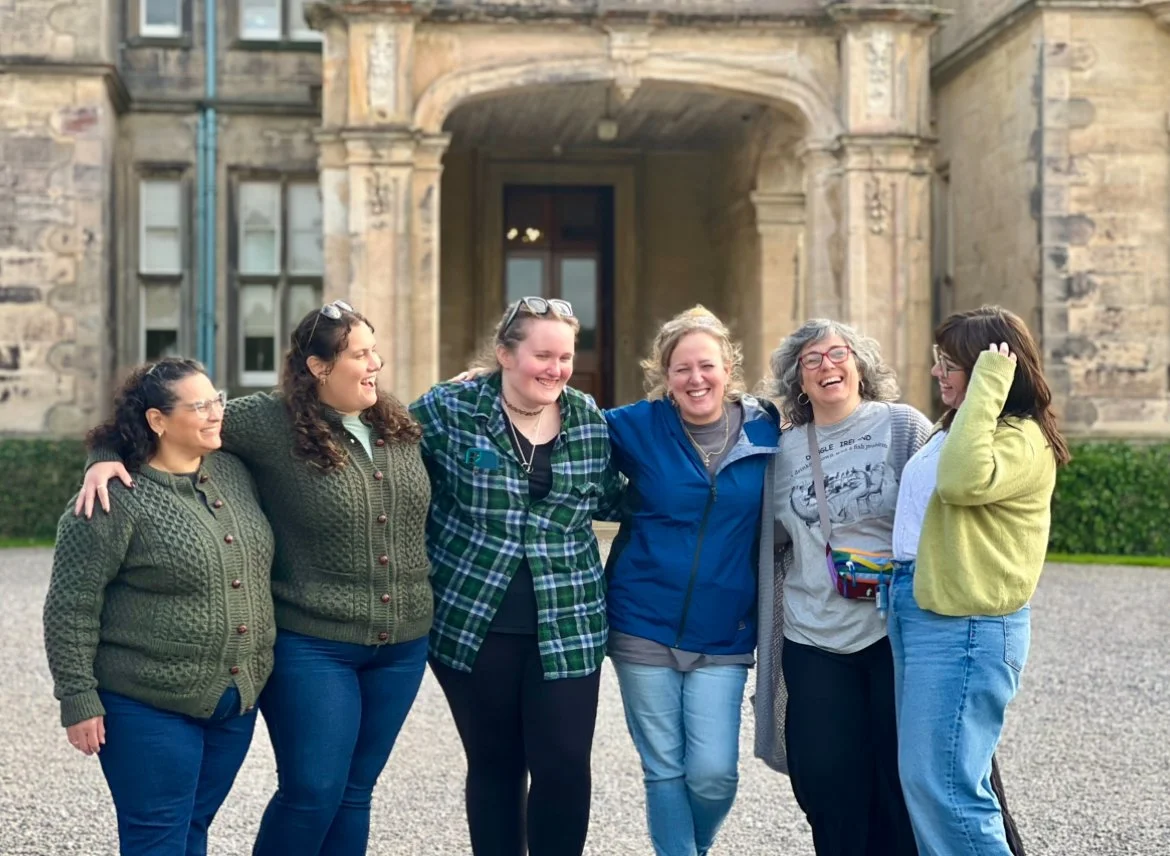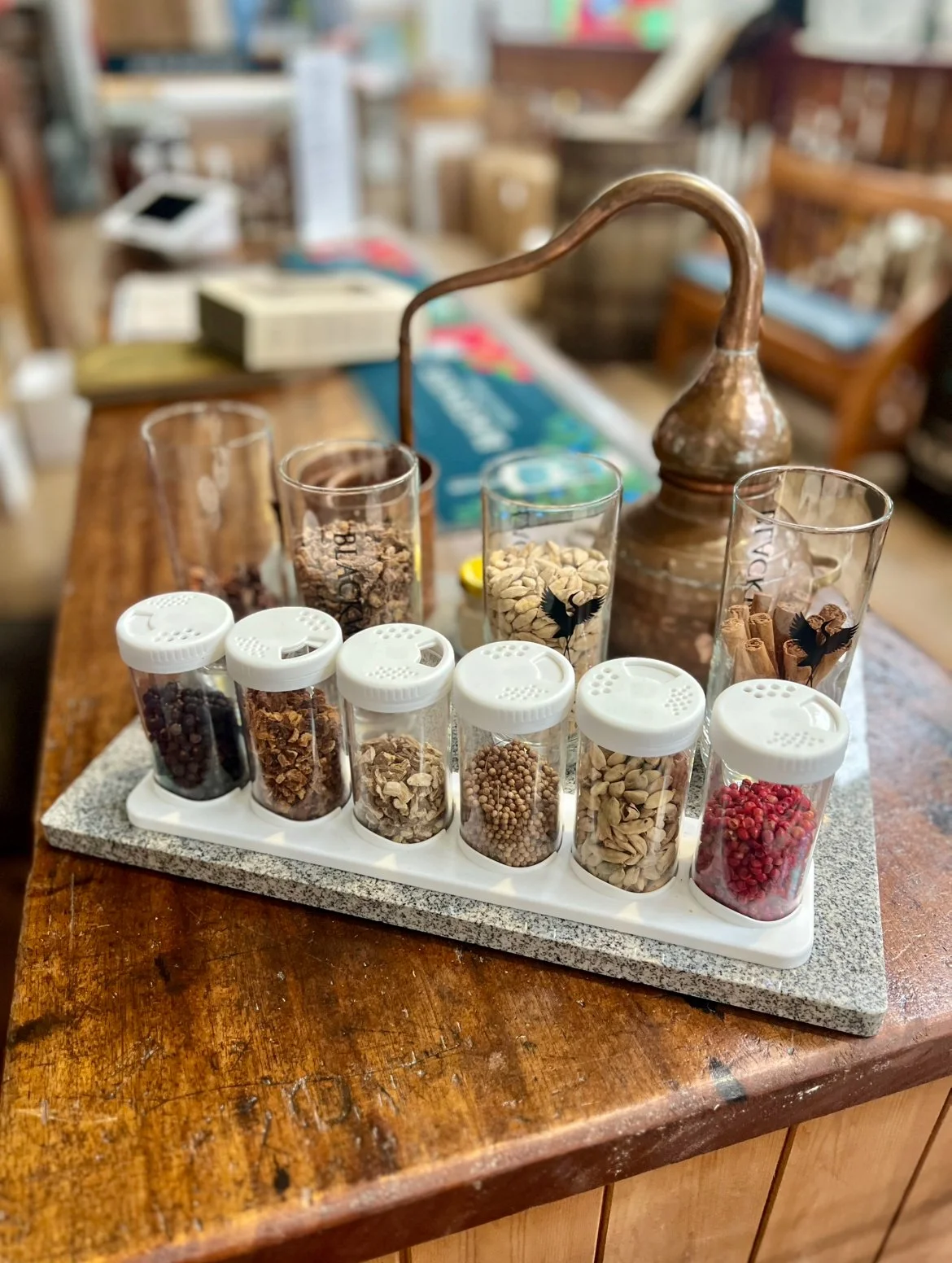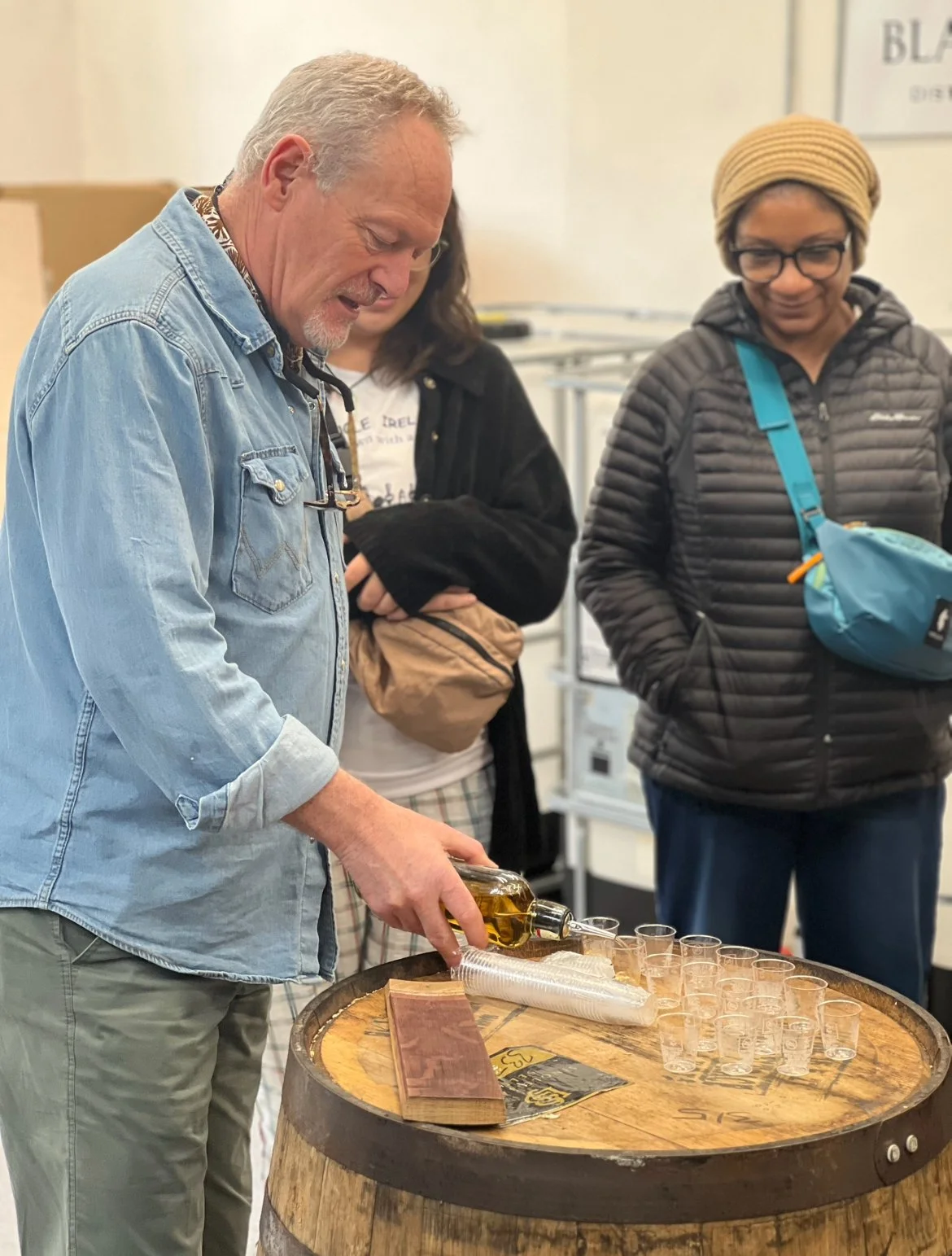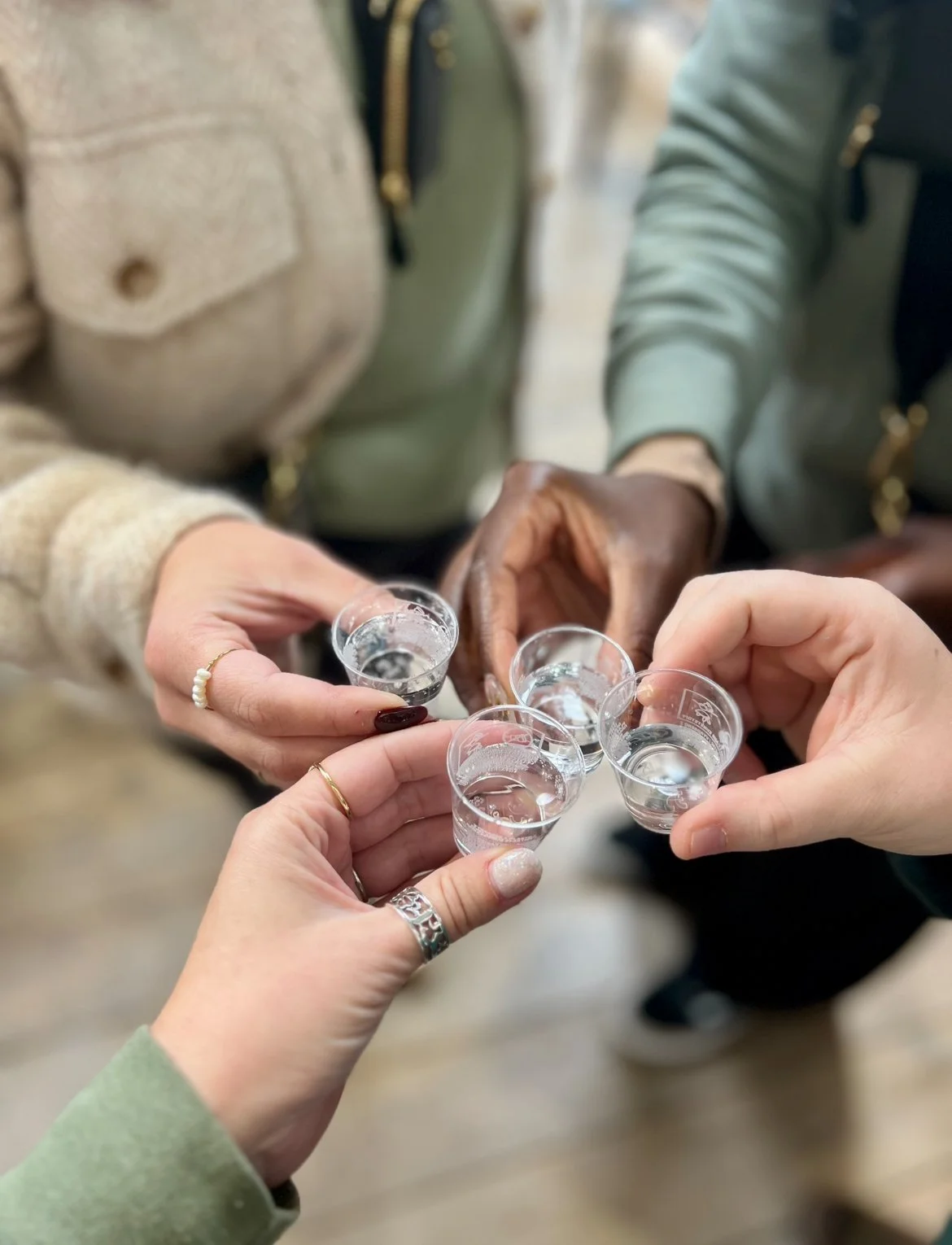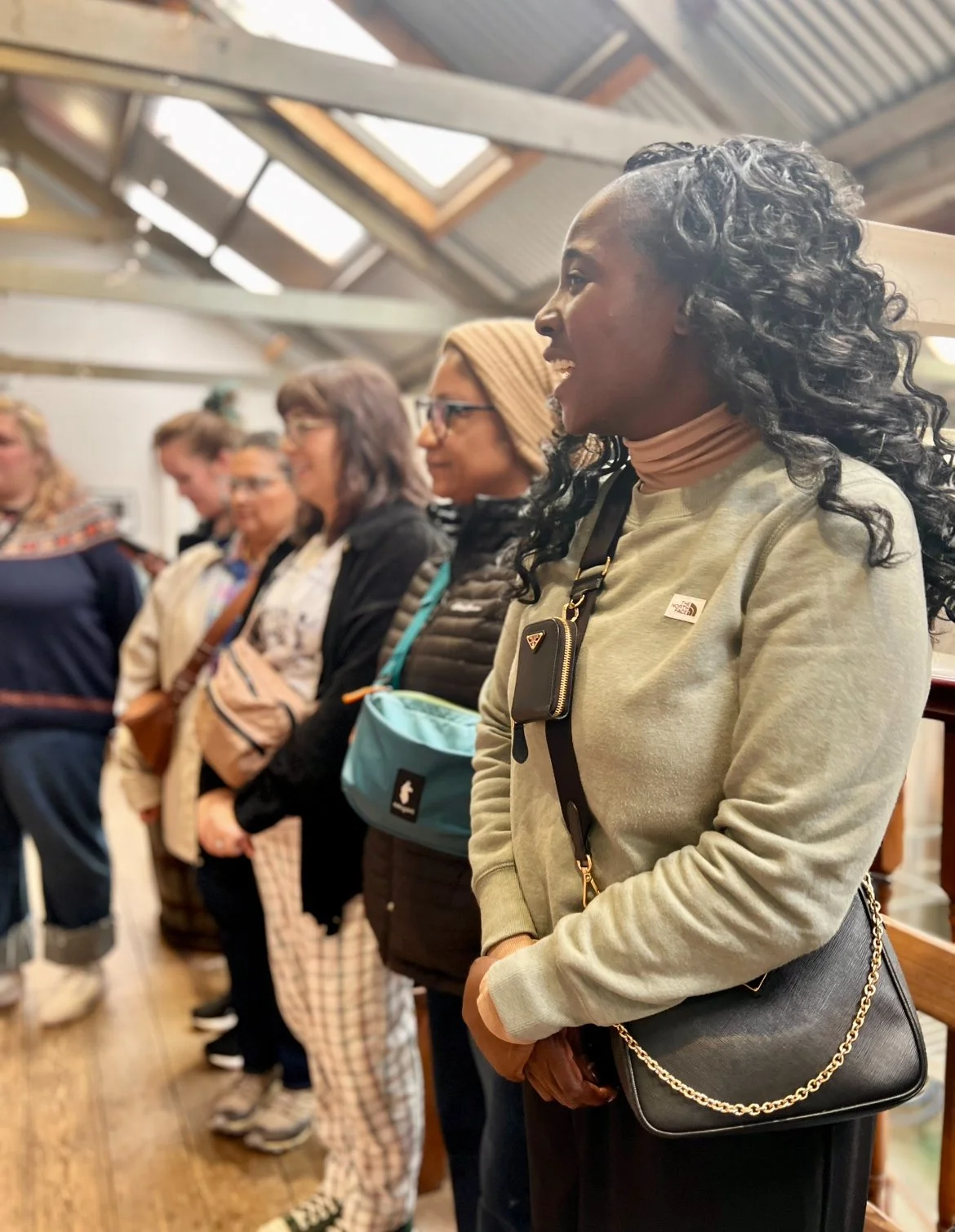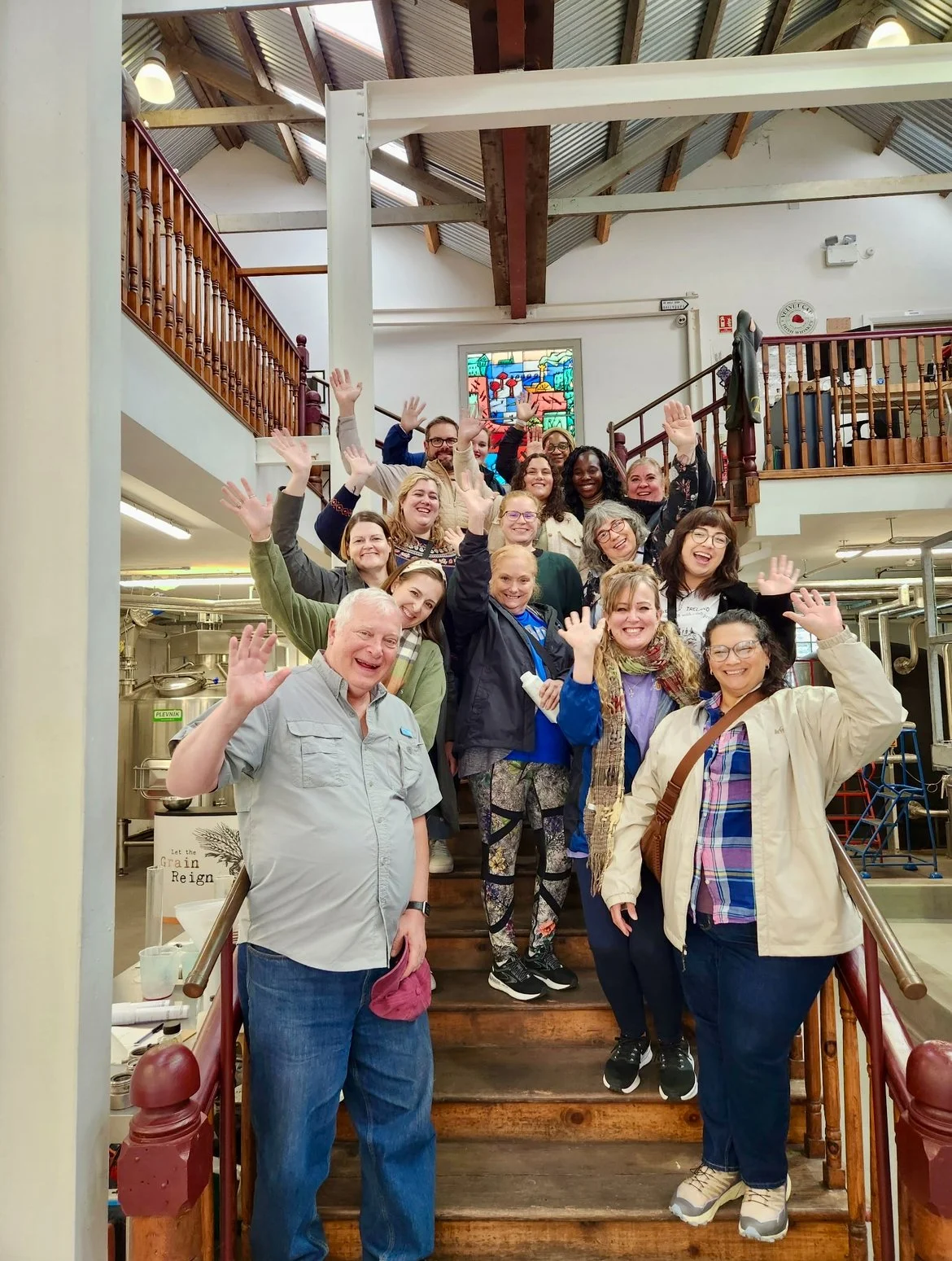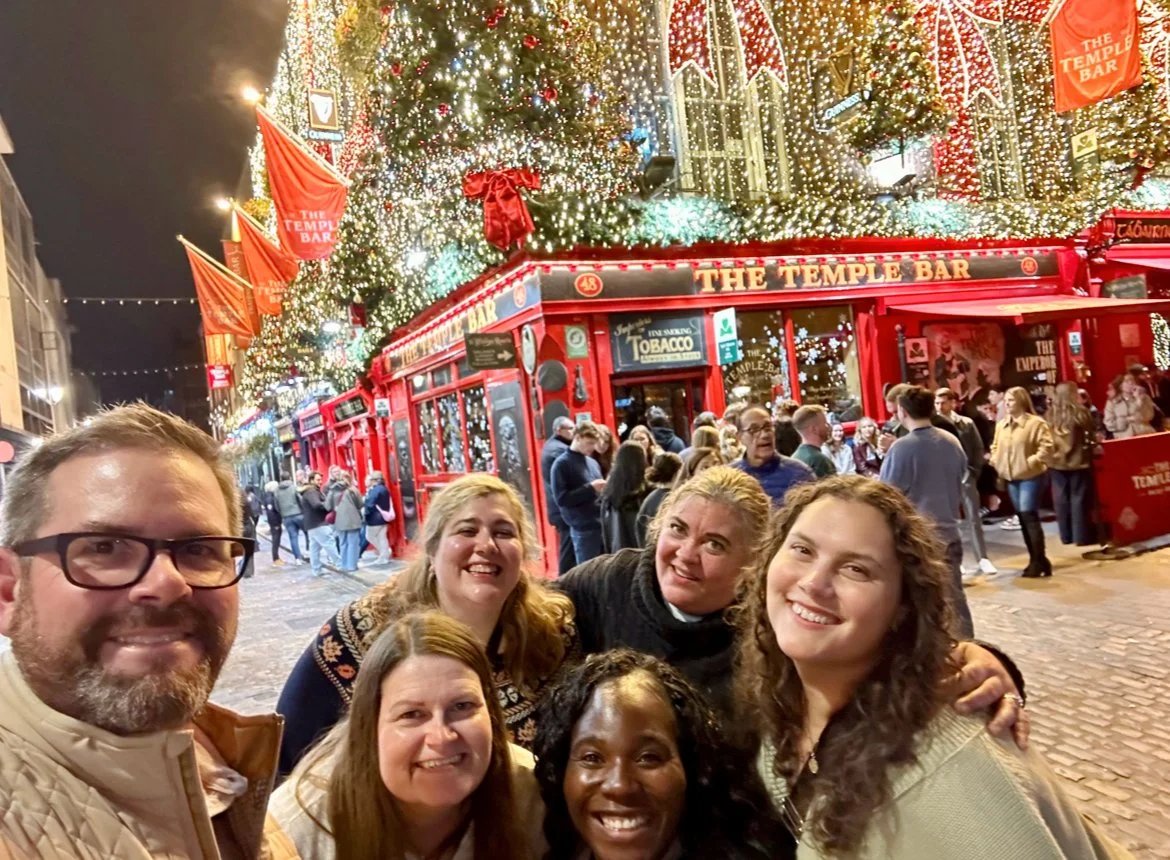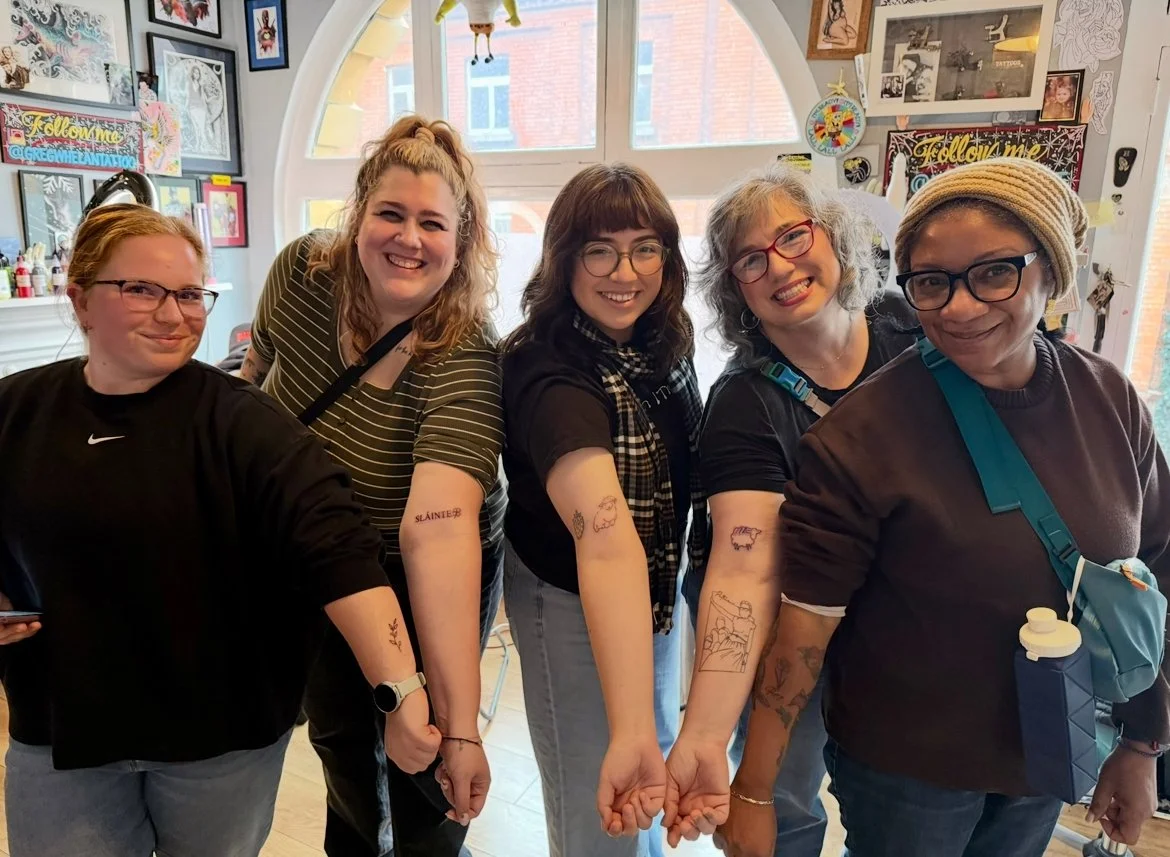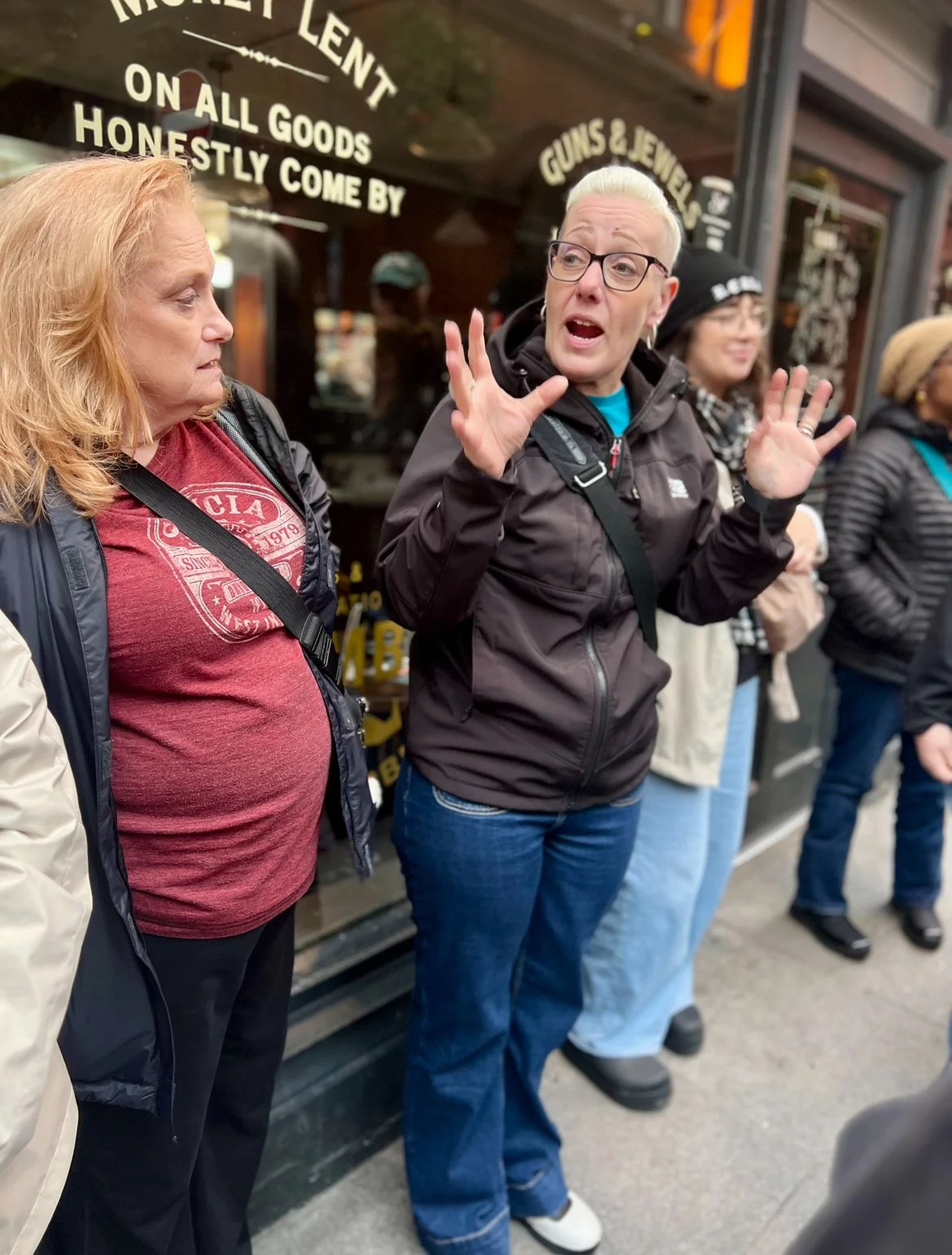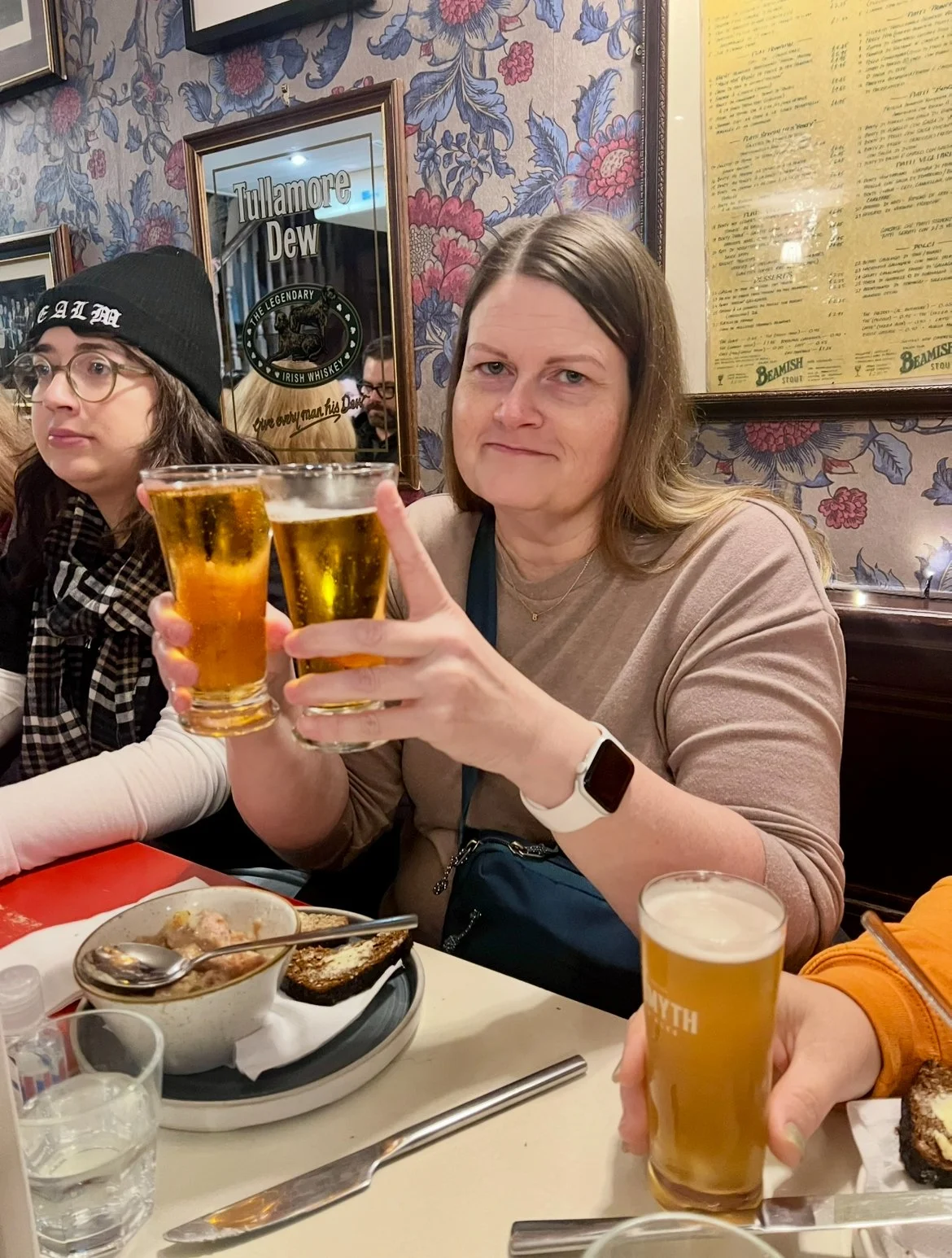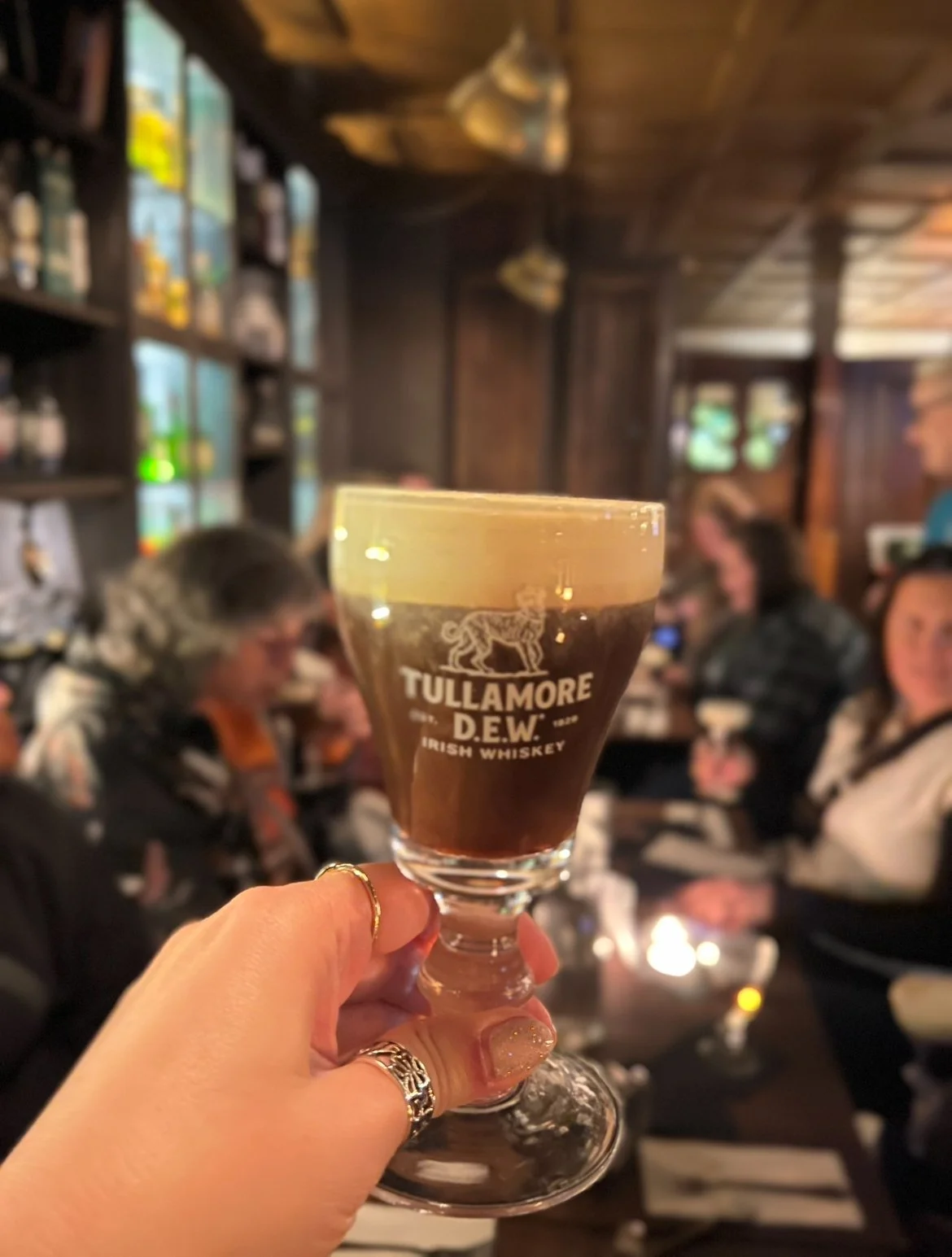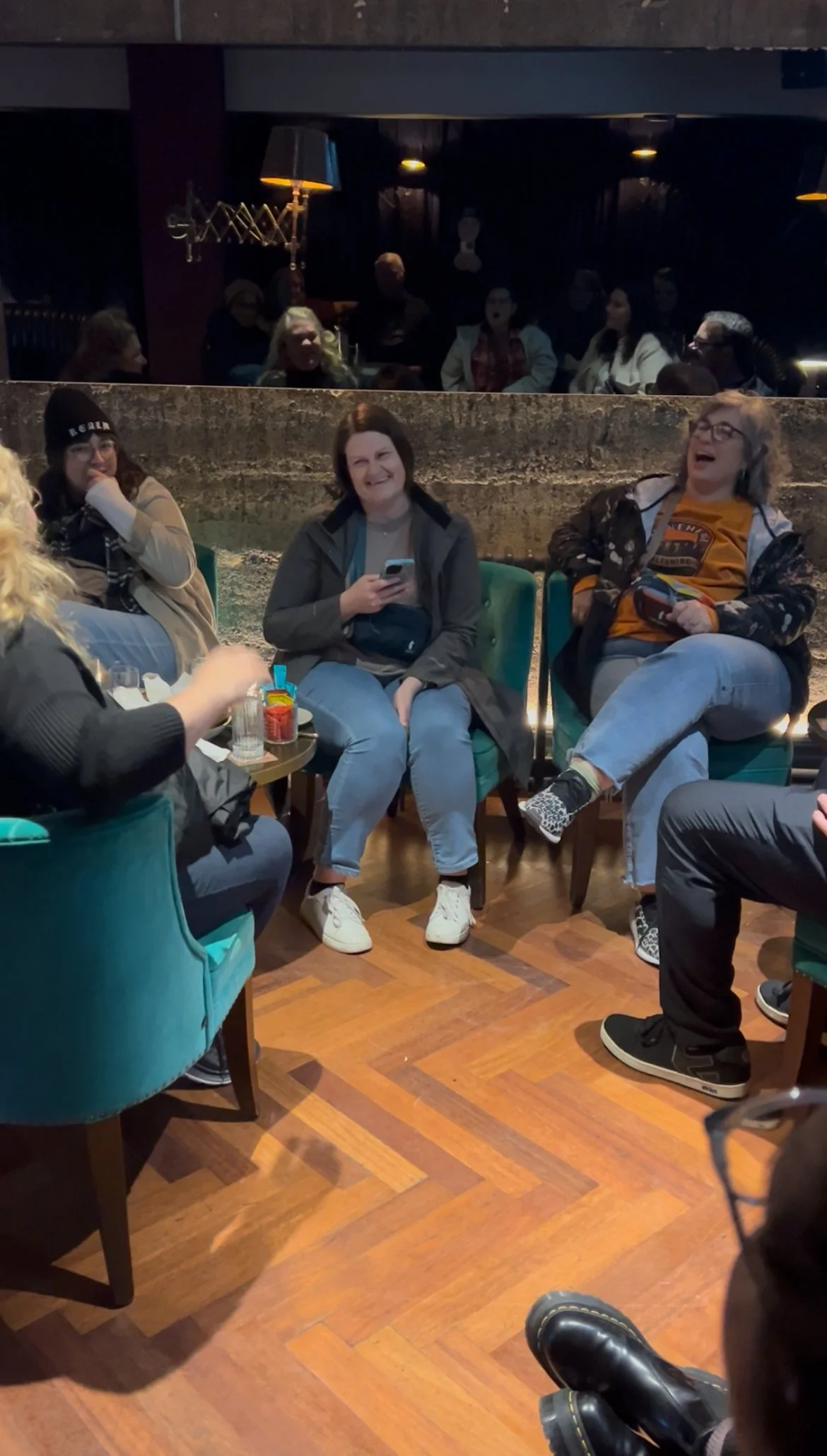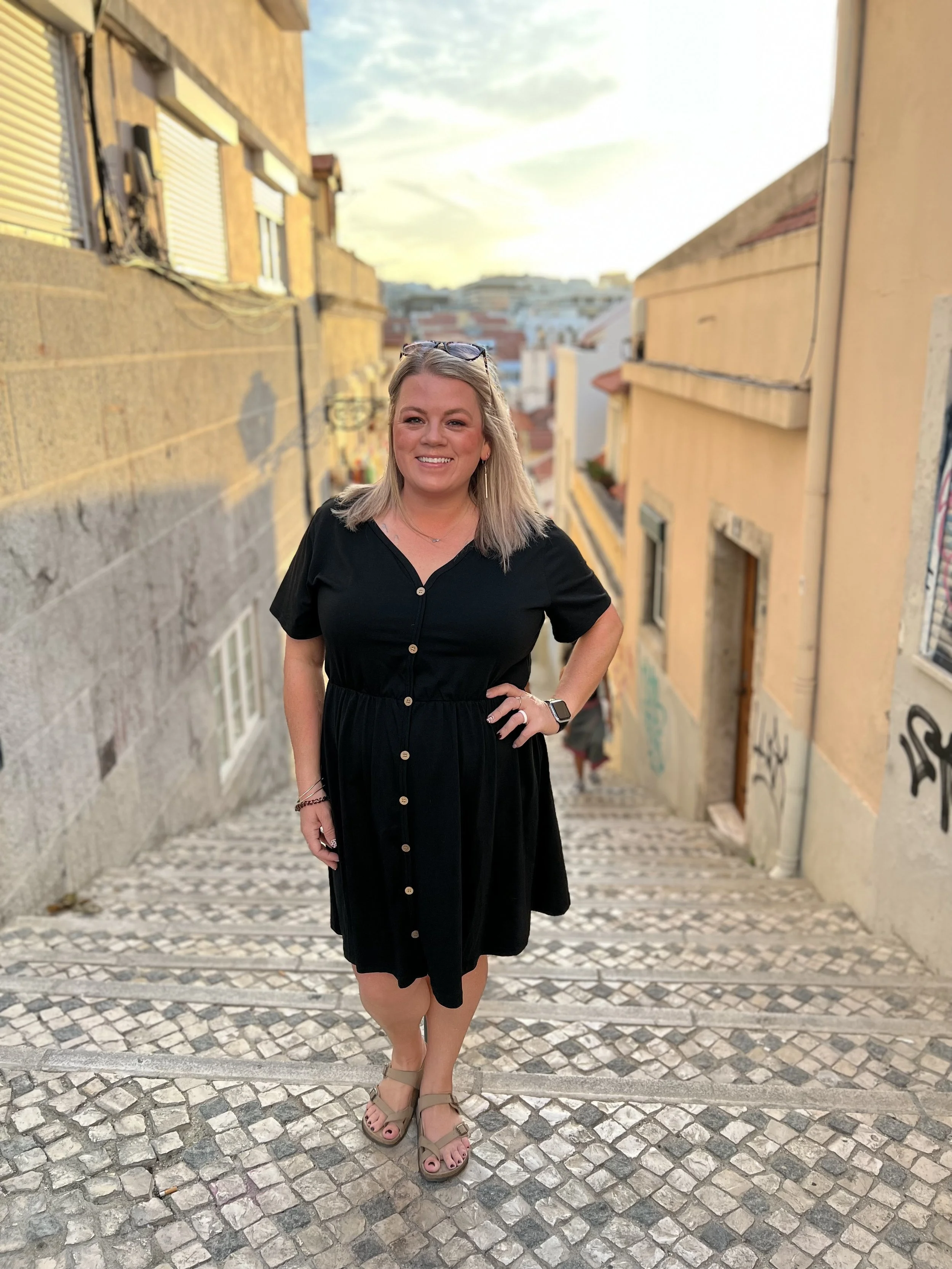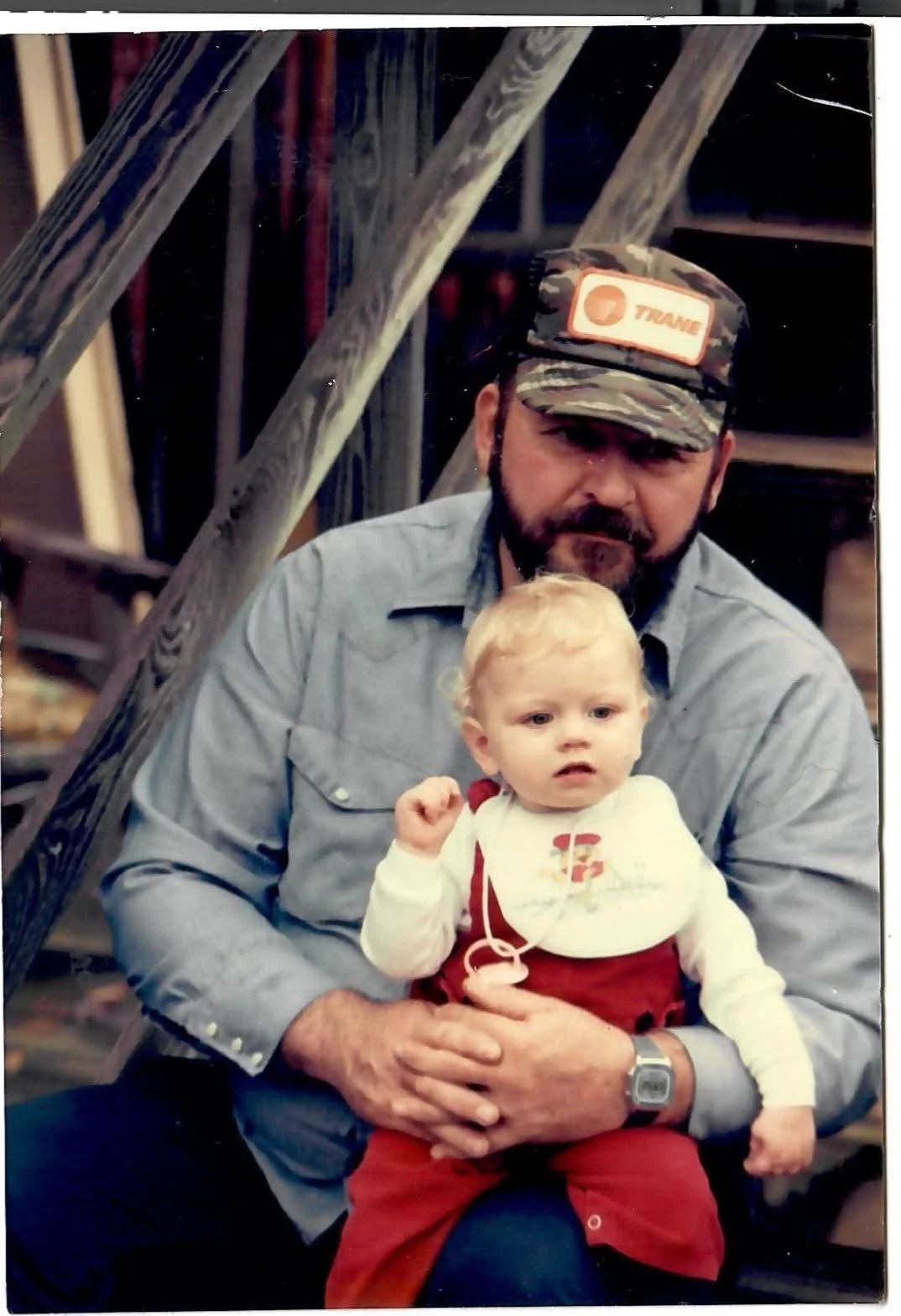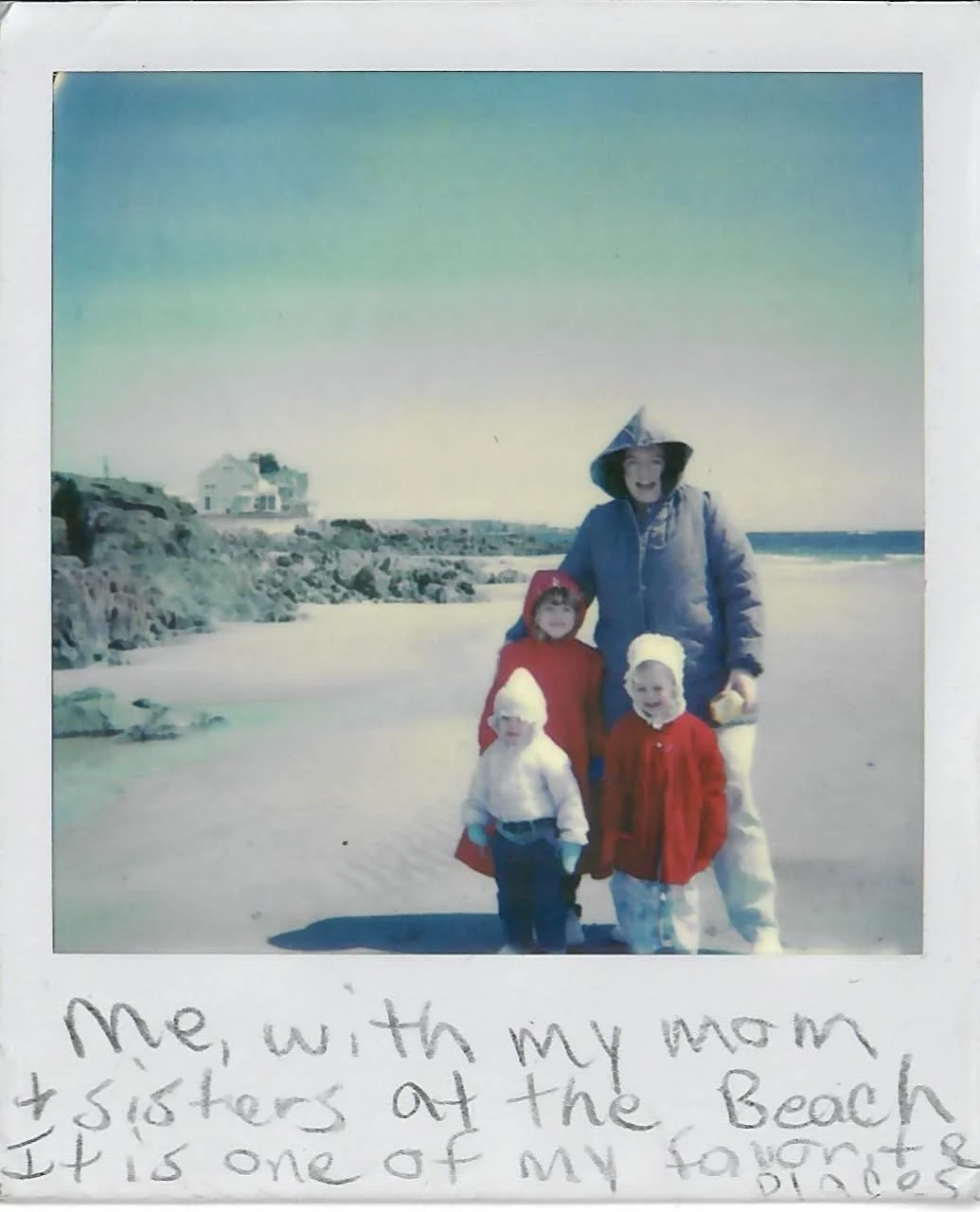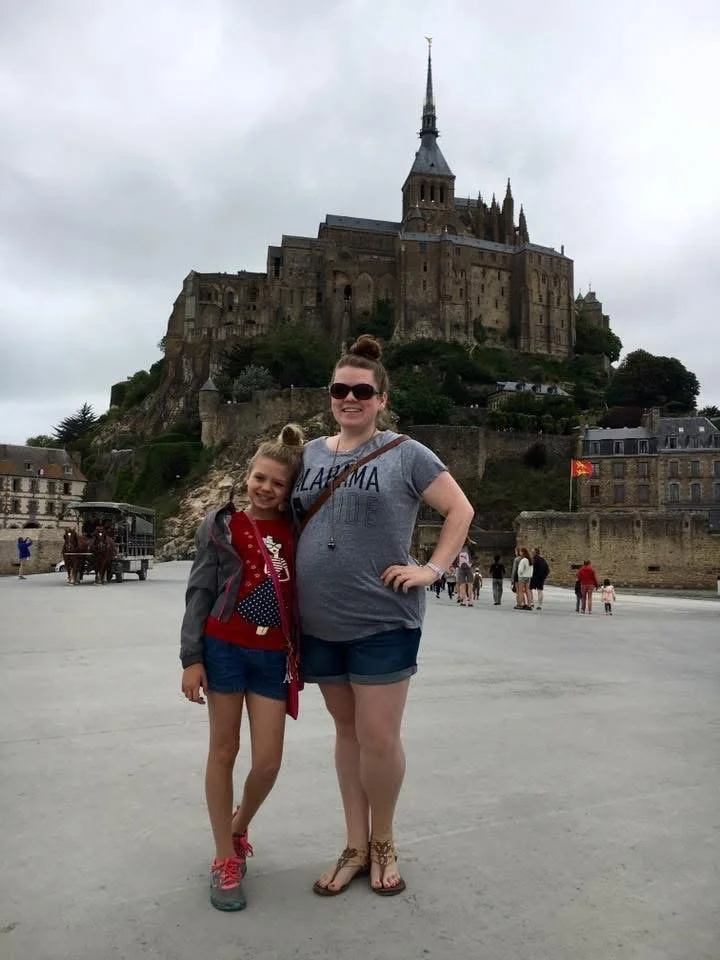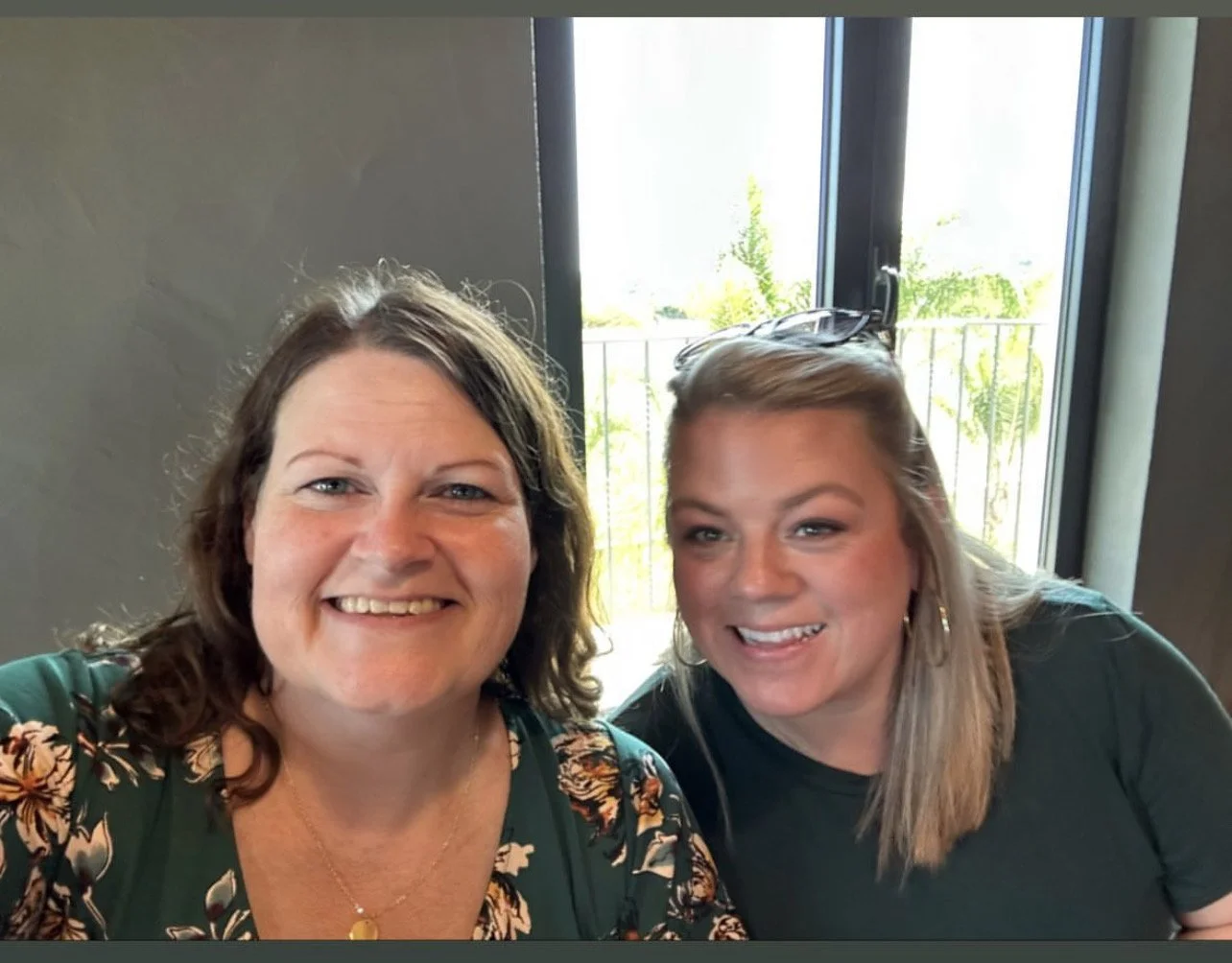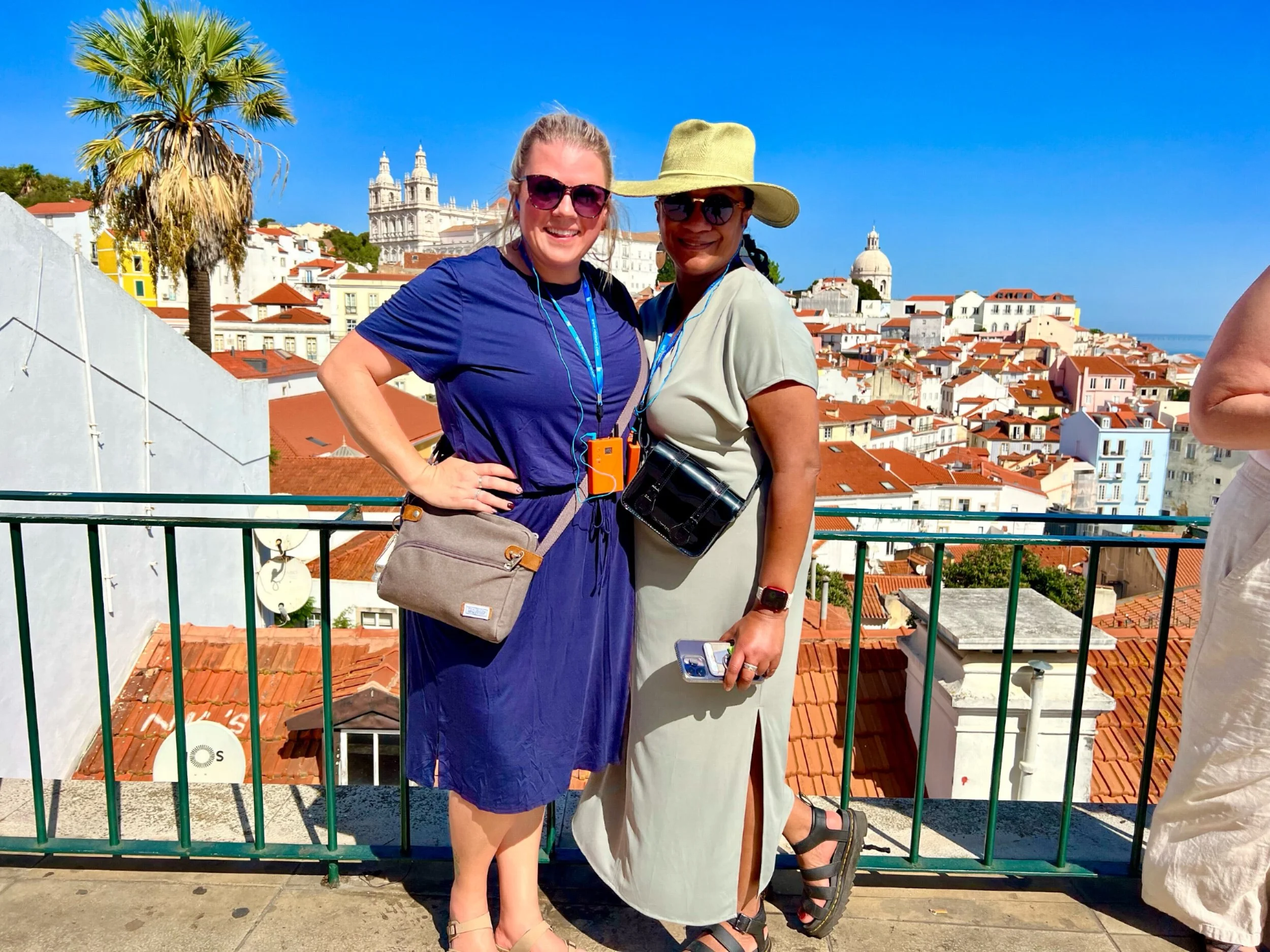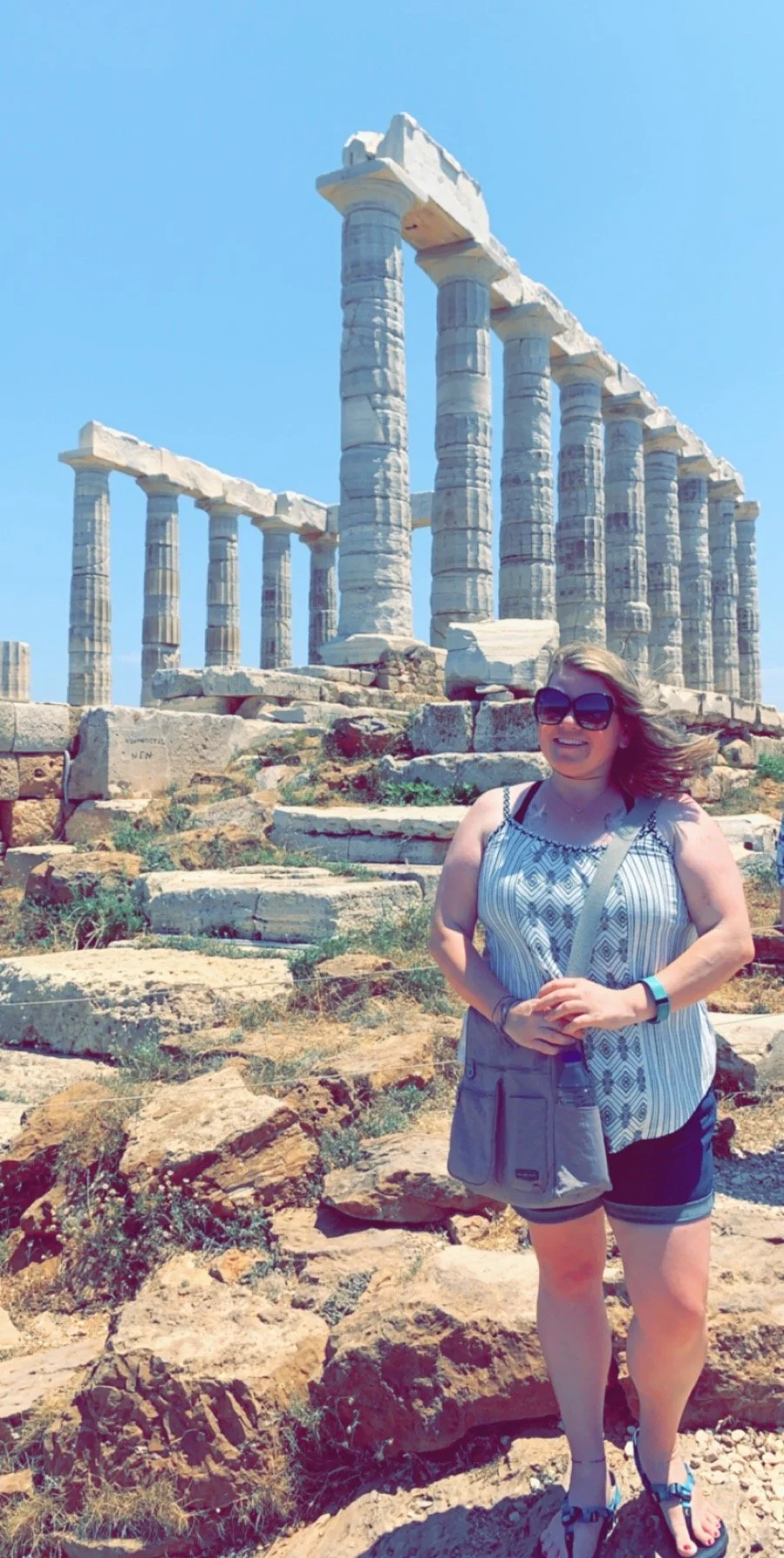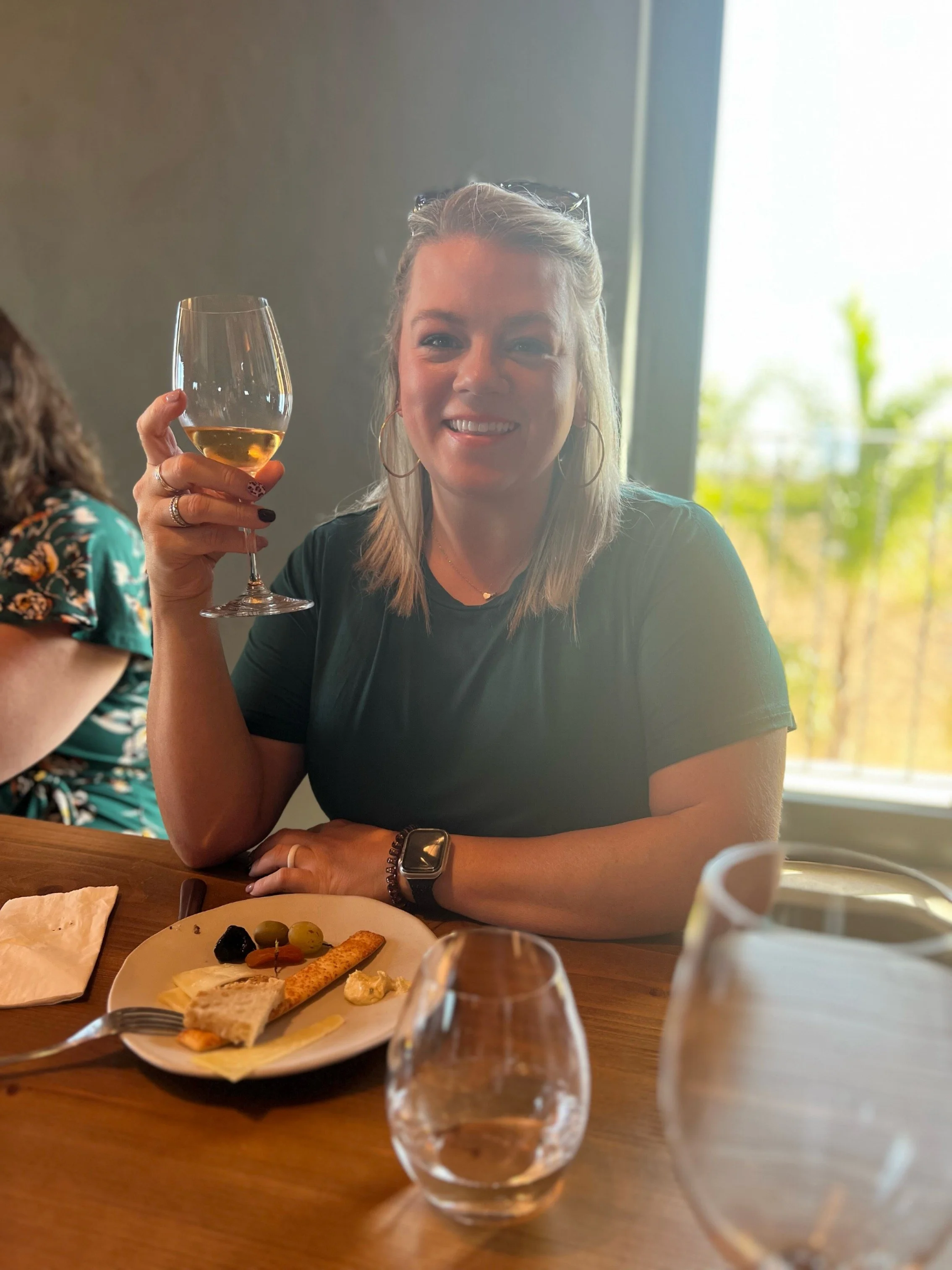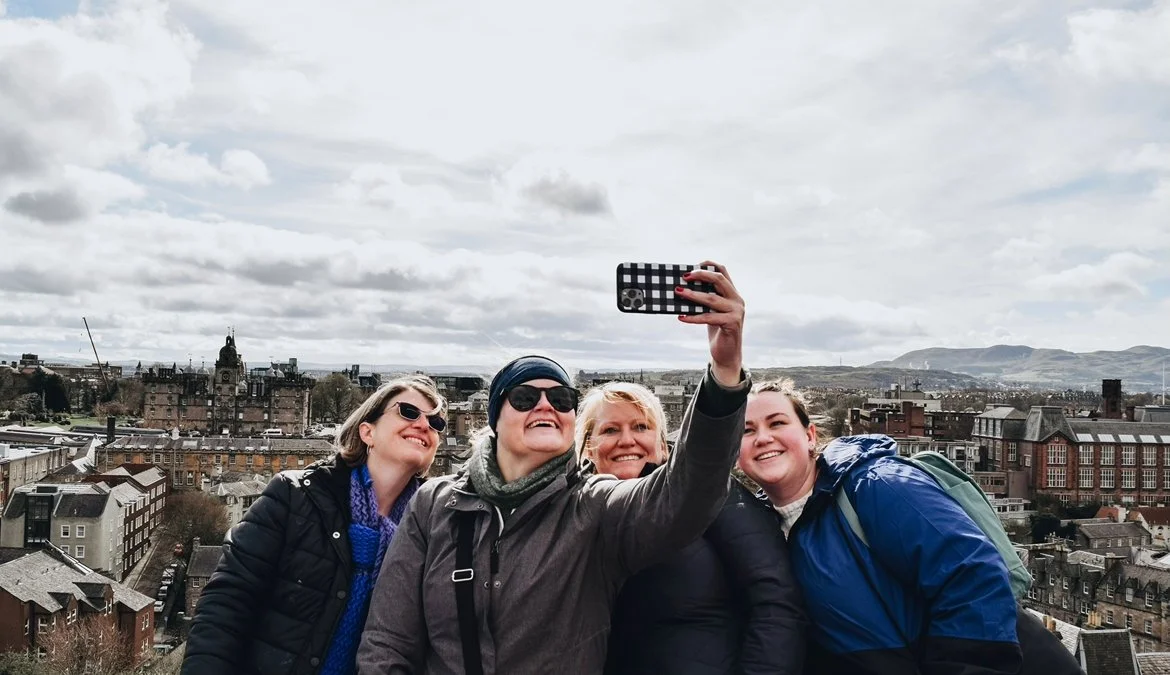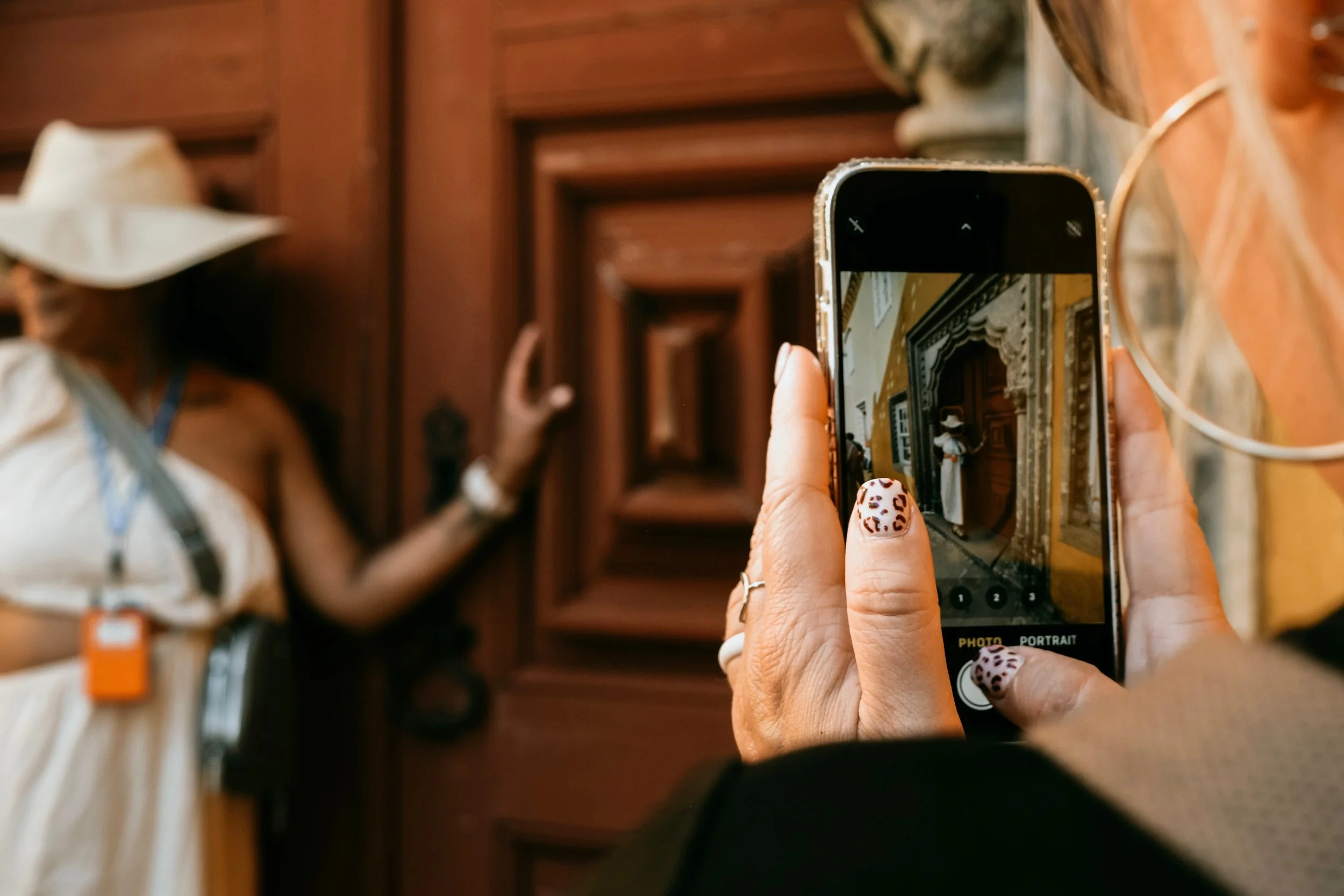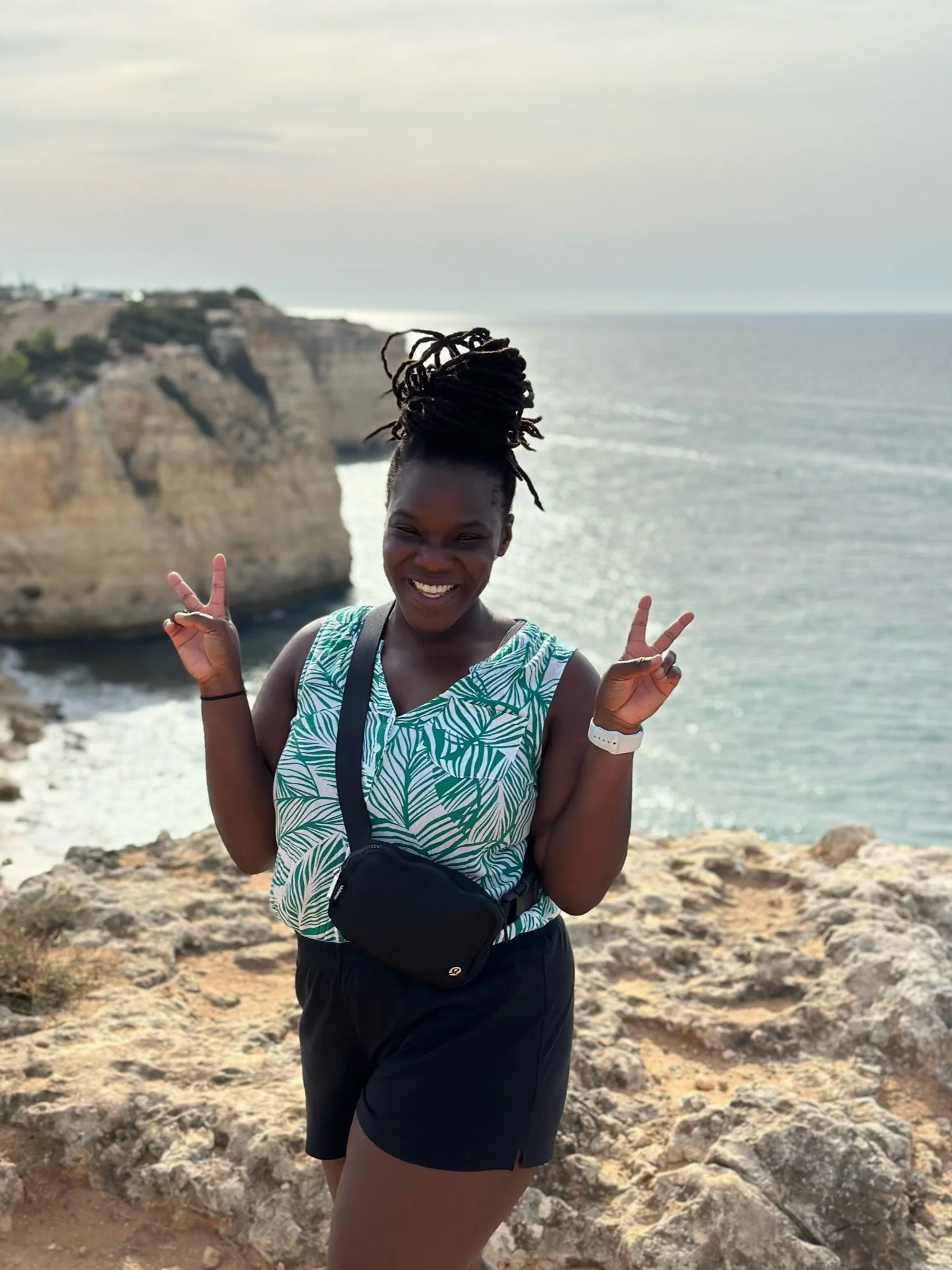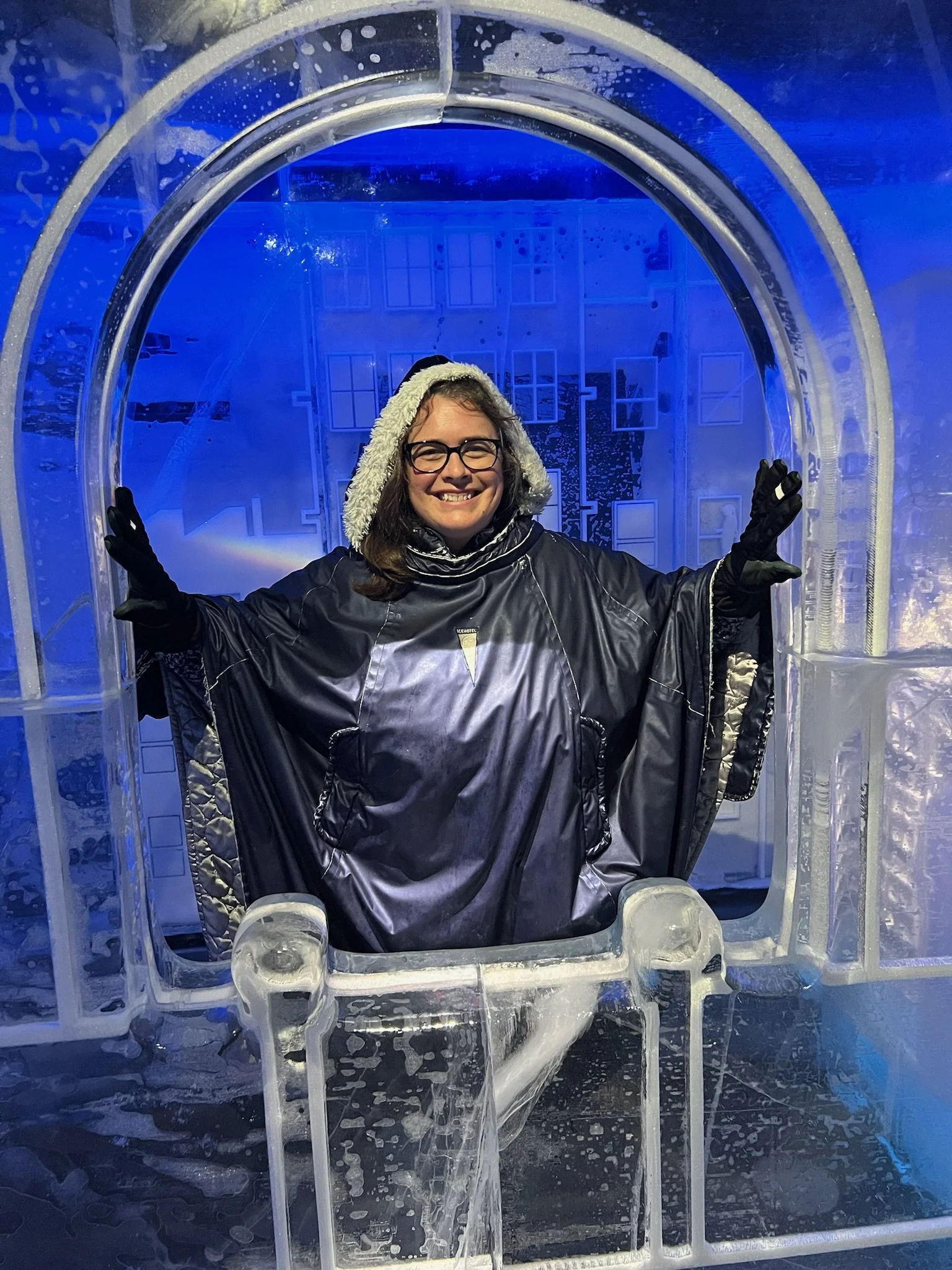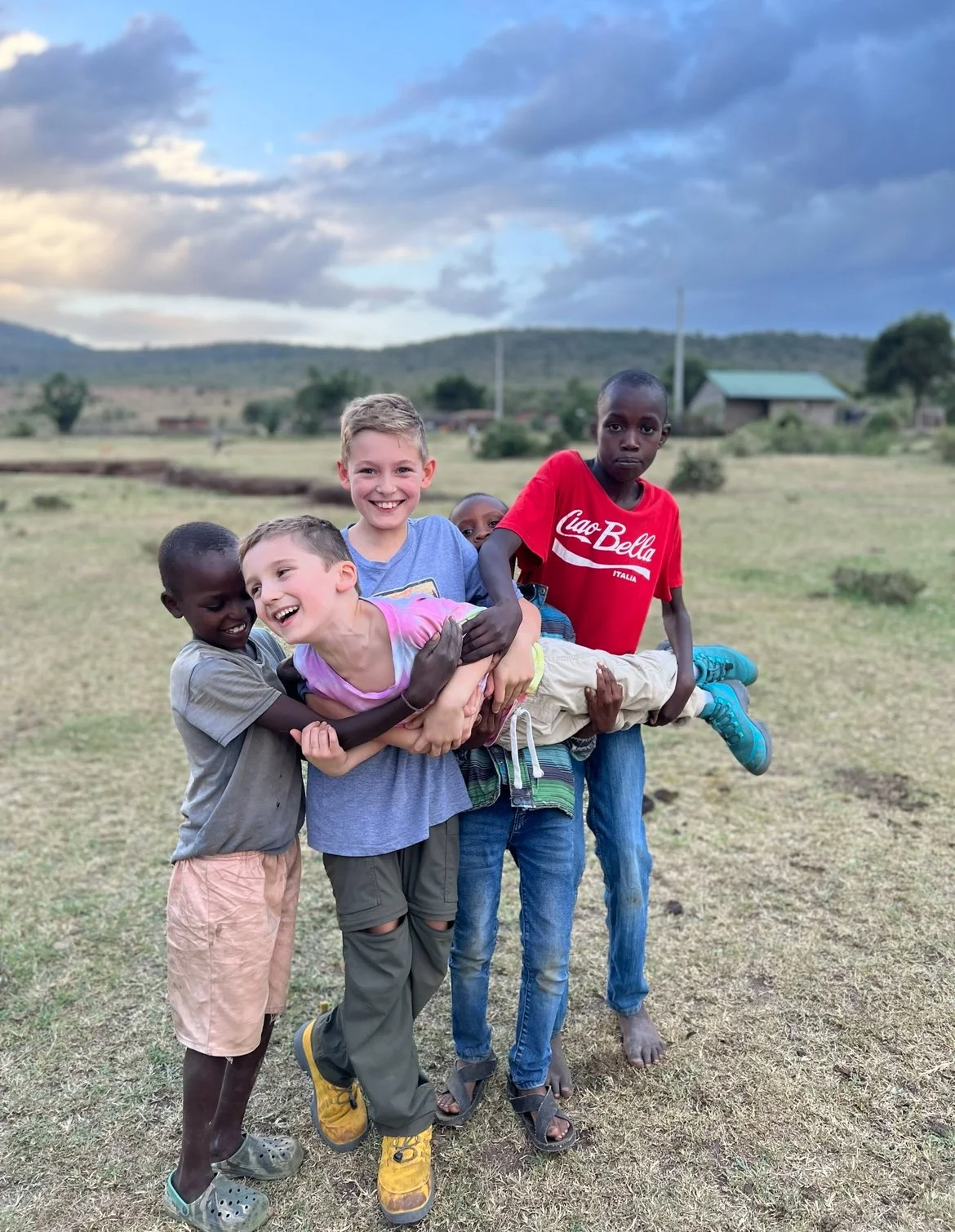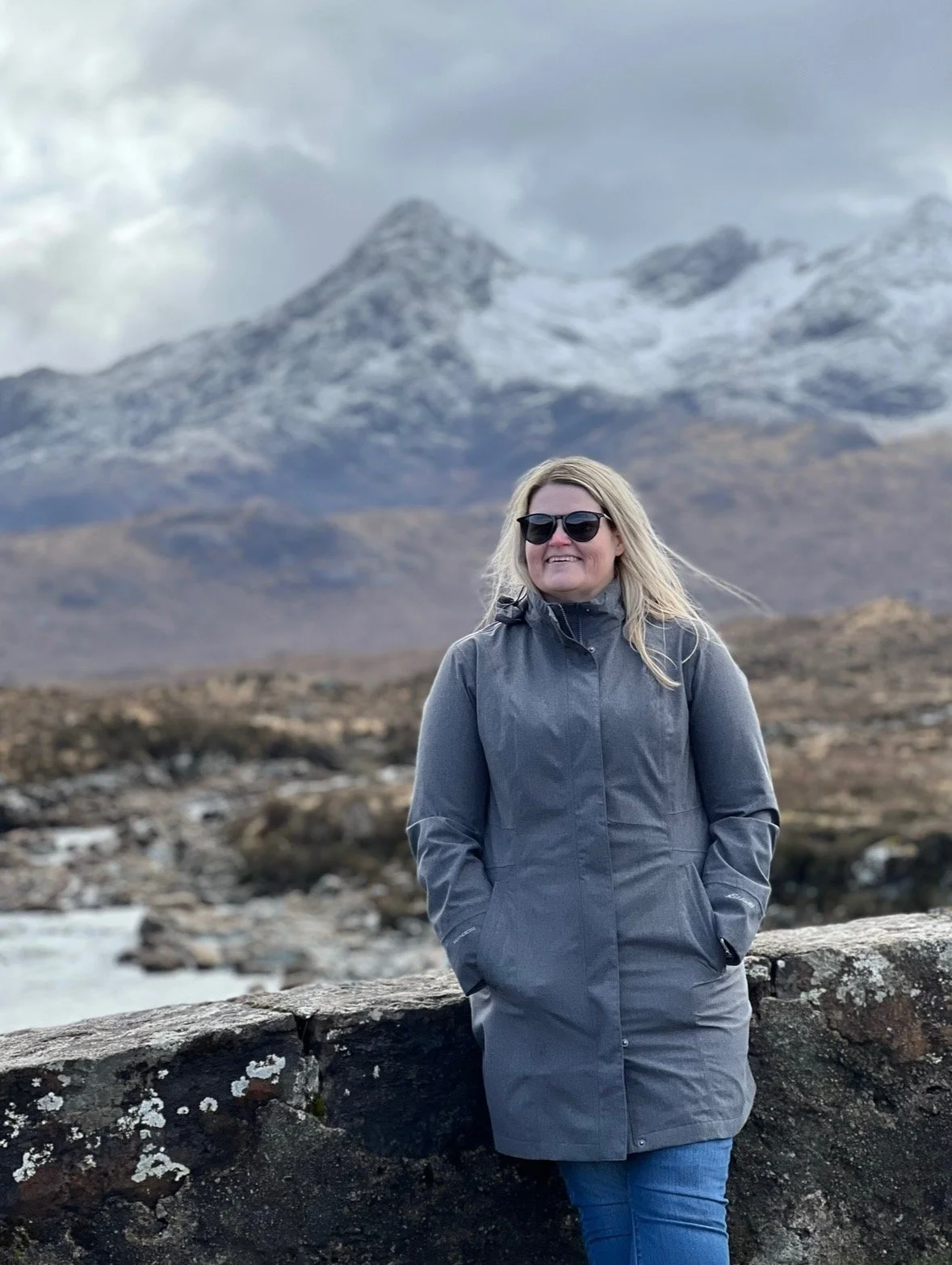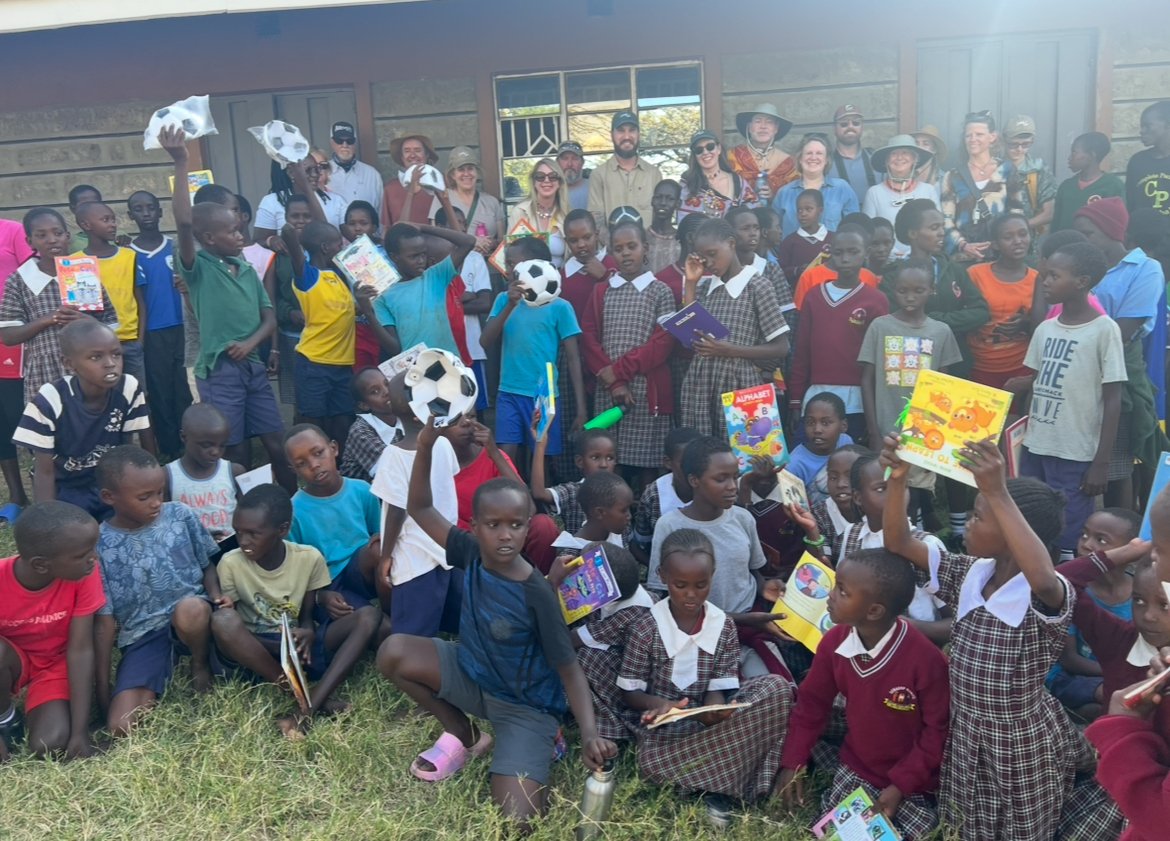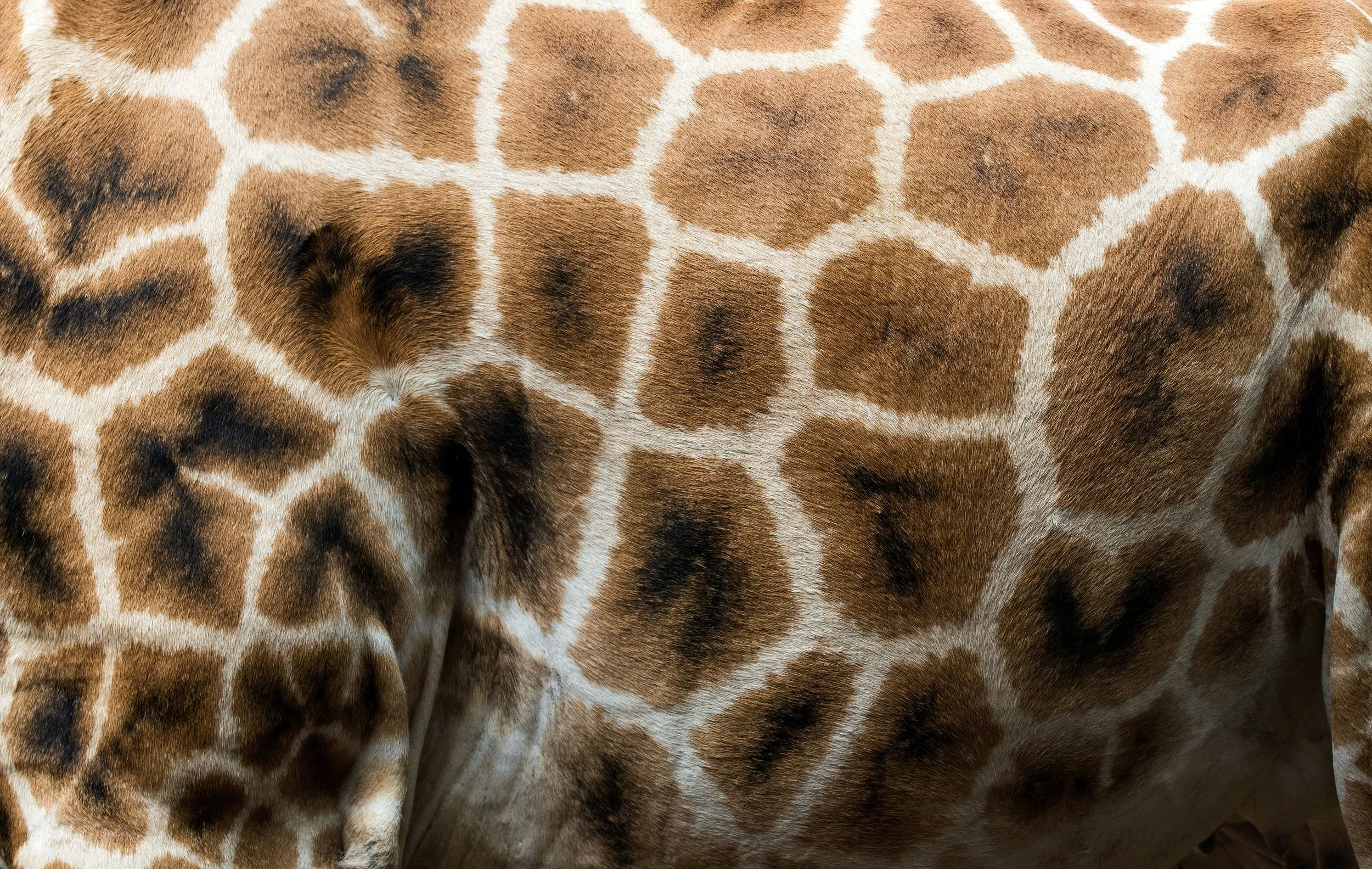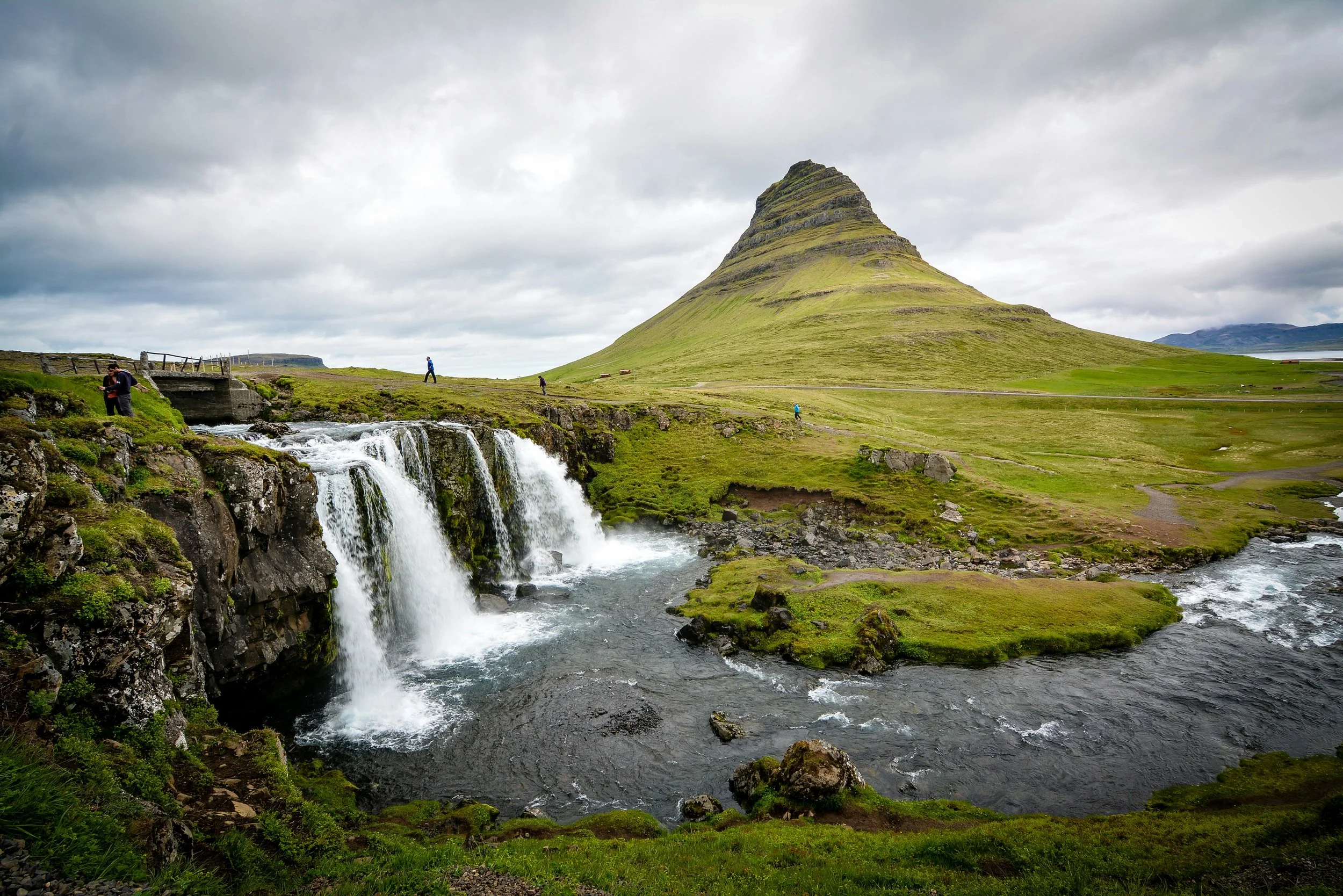For Blair Cornman, a dedicated veterinarian based in Signal Mountain, travel isn’t just a hobby—it’s a vital part of life. Balancing the demanding schedule of veterinary medicine with a desire to explore the world, Blair has turned travel into a way to recharge, connect, and see the world from a new perspective. We sat down with Blair to learn how Land + See trips have transformed her adventures abroad and why she believes every busy professional deserves a break from the everyday.
Finding Balance Through Travel
“Travel has always been something that I enjoyed,” Blair reflects. From family road trips in the U.S.—including visits to Dollywood—to studying abroad in London during college, her passion for seeing new places began early. Veterinary school opened doors to international travel, including multiple trips to Australia, cementing her love for exploring cities, towns, and cultures.
“Veterinary medicine is a career that is difficult to separate from home life most days,” Blair notes. “Being able to get away on vacation gives me something to look forward to, and when I’m actually on a trip, it’s a complete mental break from working.”
Joining a Land + See Adventure
Blair first discovered Land + See through local cycling connections in Chattanooga. She signed up for a Cuba trip, which was eventually canceled due to COVID, but later joined a Croatia adventure. “After that, Mandy couldn’t get rid of me!” she jokes. What draws Blair to Land + See trips is the simplicity and convenience. “Everything is planned. You don’t have to worry about hotels, travel within countries, or activities. The less I have to think about or plan, the better.”
The Power of Group Travel
Traveling with friends and fellow adventurers has been a key part of Blair’s experience. “I consistently travel with close friends on these trips. It’s a way for us to stay in touch and see each other regularly,” she explains. “But it’s also enjoyable to meet other people on the trips and learn about their backgrounds. You always have someone to do something with and can experience the destination from multiple viewpoints.”
Blair even credits group travel with pushing her outside her comfort zone. “Would I have jumped off a cliff in Croatia by myself? Doubtful. But when 20 other people are screaming at you to do it, peer pressure wins.”
Customized Extensions: Making Trips Personal
Blair and her friend and fellow vet, Katie Koss, often add customized extensions to their trips, such as in Portugal and Turkiye, to see more of the countries they visit. “Porto, Portugal was amazing. Istanbul’s beauty and cuisine were unforgettable,” Blair recalls. She credits Mandy from Land + See for tailoring the extensions to her preferences, which made the trips feel even more personal. “Not having to worry about travel, lodging, and activities allowed us to relax and enjoy the overall experience more.”
Memorable Moments and Lessons Learned
Among all her adventures, Blair highlights a trip to Africa as particularly impactful. “The landscape was magnificent, and as a veterinarian, seeing the animals in their natural habitat was incredible. Watching the big cats and realizing they share so many mannerisms with house cats was unforgettable—though petting them was definitely ‘frowned upon!’”
Sharing trips with friends has also deepened connections. “It’s been great mixing friends from veterinary school, work, and daily life, and even getting to know the friends they bring along. By the end of a trip, everyone is friends.”
Through these journeys, Blair has picked up a few enduring lessons:
Calories don’t count on vacation: eat the cheese.
You can’t get hungover on European wine.
Don’t take yourself too seriously. Work will survive without you.
Appreciate what you have in life.
For Blair, travel isn’t just about seeing new places—it’s about perspective, connection, and renewal. Whether exploring the streets of Europe, the wilds of Africa, or the culture-rich corners of Turkiye, these experiences remind her—and all of us—of the joy in stepping outside our routines. Through Land + See, Blair has found a way to make travel both accessible and deeply meaningful, proving that even the busiest professionals can—and should—find time to explore the world.


